June and July's Book Club Review of "The Soul Of The Soil"
This post offers a review of The Soul of Soil: A Soil-Building Guide for Master Gardeners and Farmers, 4th Edition
Overall I give this book a 7.5 out of 10.
This book offers a range of practical, frugal and (mostly) ecologically sound concepts, perspectives, methods and techniques that can empower both the regenerative gardener and the Regenerative farmer to increase both crop yields, crop quantity (nutrient density /flavour) while also increasing biodiversity in the garden and on the farm.
The main reasons I do not give it a 8, 8.5 or a 9 is due to the book being published 25 years ago (and given how much has been learned in the relatively young field of soil science and studying the soil food web via methods such as soil microscopy since then there are inevitably some incomplete it’s of info or slightly skewed perspectives in the book).
In other words, the book contains some info that is a little outdated in some ways today, however, if I was writing this review in the year 1999 (or perhaps even just ten years ago) I may have given it a 8.5 or even a 9 out of 10.
Also, one other significant thing about the book that does not sit with me well is related to linguistics and terminology (which is not to say that I disagree with what the authors are saying, but rather that I prefer to say it a different way due to how various plutocratic and statist interests have hijacked, co-opted, perverted, distorted and/or watered down certain terms through extensive propaganda and psychological warfare campaigns in recent years). The usage of the word “sustainable” and the term “weeds” being two examples, but again, at least when it comes to the word “sustainable) that is more a matter of the temporal gap between when the book was written and now, and not necessarily indicative of a gap between how i see things and how the authors see things (nor indicative of any falsehoods in the book) but rather it is more a matter of semantics. So that semantics or linguistic differences aspect is again not to say that I necessarily disagree with the concepts the authors were expressing, but rather that given recent events I prefer to steer clear of certain words they used in some places in the book due to how he oligarchs have now weaponized them (years after the book had been published).
One significant worldview and dogmatic belief system I do not share with the authors is their apparent faith in the religion of government (involuntary governance cartels). Their careers working as organic farm certifiers and partners with various regulatory institutions connected to organic certification and labelling had them working closely with statist enforcement regimes so their views on that aspect of our society lean towards what I would describe as a sort of Stockholm Syndrome (more on that later in the review).
While I do not share the author’s views with regards to their beliefs in the religion of statism/government, in all fairness, most authors out there would have vastly differing views than my own views when it comes to how I regard the true nature of involuntary governance systems so the same would be true of 98% plus of other books out there.
Also, I do not share all their stated views on tilling the soil (repetitively) being necessary to farm in certain soil types.
With all of that being said, for a book that was published in the late 90-s it was way ahead of the curve compared to the majority of other books I own that focus on soil from that time frame.
One thing I do like about the book is that along with suggestions for submitting soil samples for testing the authors also provide instructions for assessing the soil using nothing more than one’s hands, nose, eyes, water and pattern observation skills.
I appreciate how this empowers motivated individuals (that may not have specialized tools or the money to pay for someone else to test their soil in a lab) to at least be able to gather some valuable baseline data points and insights on their soil so they can embark on a journey to improve fertility, tilth and enrich the land’s potential to be able to grow nutrient dense food and medicine for themselves (and future generations). Information and techniques that align with low to no tech approaches are universally applicable and universally acceptable and thus offer a powerful leverage point to help our human family (in aggregate) to be empowered to take Regenerative actions in their local communities.
What distinguishes The Soil of Soil is the authors’ concise presentation; they give readers important information, including technical essentials. In addition, useful tables list specific compost materials, green manures, and other resources that allow growers to translate into action the more general information provided by the book.
The authors share many practical, ecologically sound and health enriching bits of info and techniques, they also shared them in a way that inspires and invites one to take a step back from the garden or the farm field to see the bigger picture.
I will say that as you read the book the slant towards tailoring the info and wording to appeal to those involved with and lend itself to industrial scale organically certified farming becomes very clear. While one can extrapolate what is shared in the book and back-engineer residential scale applications the main bulk of the material in the book is more aimed at the large scale organic certified farmer audience.
The book is well written, in its pages is an evocative invitation that asks the reader to recognize the amazing blessing we have been gifted in the form of the living earth below our feet and it asks that those who wish to see a brighter future and leave one for future generations take action to give back in Reciprocity to that living earth that has given so much to us.
Now to get into more of the details about the material covered in this book and offer my own perspectives on that subject matter I will share pictures of select pages which I felt compelled to highlight while reading it and share comments / observations.
I agree with this sentiment though, as is explored in James Corbett’s “The Future Of Food” mini-documentary “New technologies are coming online that threaten to upend our understanding of food altogether. Technologies that could, ultimately, begin altering the human species itself.”.
In the last two decades we have witnessed the rise of government funded transhumanism, tax payer funded statist regimes aggressively promoting digital ID gulags (euphemistically called “smart cities”) and large scale institutions doubling down on the perpetual growth model of industrial civilization and debt based fiat currency economies as well as attacks on the very genetic fabric of life through various big pharma bioweapons and other rDNA/CRISPR initiatives.
Thus, given what has unfolded in the 20 plus years since the publishing of the book above, I would say that it would be more accurate to say that there are simultaneous transitions and movements taking place, with an increasingly wide chasm forming between them.
One side of that chasm involves an unfolding system of thought and decentralized grass roots movement that involves what the authors allude to (a re-awakening and re-connection with the living Earth in reciprocity in what the authors` refer to as a “biological era”, (in my recent discussion with James Corbett we discussed some aspects of that movement when we talked about Regenerative Agriculture and Regenerative Gardening).
The other side of that chasm however (a movement and transition away from reciprocal connection with the Earth and away from embracing natural biology) moves towards an increasingly mechanistic, deterministic, anthropocentric, AI dependant, automated, synthetic, domineering, superficial and hubristic paradigm of thought which covets comfort, conformity, digital hyperstimulation, fleeting exploitative pleasure stimulus and artificial concrete, plastic and glass concentrated forms of human habitation and sees forests, working with one’s hands in the living soil and even the very genetic fabric of life as disposable, replaceable, unnecessary, dirty, in need of “improvement” and representative of lower (less civilized) aspects of the human story.
The authors were quiet prescient in their statements below about how some of these experiences will be more painful than the DDT death of the eagles (as we have seen with the Glyphosate and Dioxin disasters of the 21st century).
I also heartily agree that getting in touch with the soil is the first step in gaining leverage to be an effective agent of regeneration in these times when many assaults on human health and exploitative assaults on our kin in the more than human world are concurrently being inflicted by a corporate oligarchy and their minions in statist regimes.
What R. Buckminster Fuller alluded to and the authors explore below regarding aligning one’s food cultivation systems to the inherent abundance of nature through symbiotically connecting with her natural elemental cycles and mutualistic biological allies is something I also agree with. It is another topic that I discussed in the interview i participated in on Regenerative Agriculture (with James Corbett) and something I touched on in a recent Mounsey Minute Segment on Media Monarchy.
As we embark on discussing the meat and potatoes of the book in the pages below I will say that while the so called “Green Revolution” (Rockefeller’s Petroleum monopoly derived synthetic fertilizer and chemical biocide dependant model of farming) may have temporarily increased the production of calories per acre (relative to the past centuries of agriculture) that increase in the bulk of output also came at a terrible cost in the diminished quality of the food it produced and eventually led to the depletion of and desertification of large swaths of once fertile land through exploitative practices becoming state sponsored norms.
For those interested in learning more of the nitty gritty details, check out James Corbett’s work on this topic, as well as what Matt Powers explores with regards to developments that have occurred since The Soil Of The Soil was published and he also explores some of the prominent footnotes of extractive/exploitative agriculture as well as the history of the so called “Green Revolution” and even touches on some of the potential detriments of mis-managed “organic certified” farming practices in this video:
On page 1, the authors rightly, presciently and astutely point out how the technocratic transhumanists, smart city proponents, synthetic biology/cybernetics fanatics, and lab grown food pushing billionaires will be trying to create a farmless food system using funds gathered from their subsidiary involuntary governance structures and other racketeering methodologies.
On page 2 they start to explore some lexicon and the authors state they rightly point out that the term “sustainable” eludes easy definition and the vagueness of that term has been maliciously capitalized on, hi-jacked and weaponized by psychotic individuals with obscene amounts of fiat currency and their minions in various subordinate statist regimes in the last two decades in various psychological warfare operations, environmental gaslighting initiatives, propaganda and other consent manufacturing schemes.
As I touched on in my article exposing the more recent attempts to engage in similar co-opting and hijacking of the term “regenerative” by the billionaire class. (full article linked below):
Even so, I personally feel that the word regenerative is preferable to both “sustainable” and “ecological” as it implies and inspires healing, enrichment, reciprocity and reverence for the living Earth.
I also agree with James Corbett when he talked about that the fact that the word Regenerative is not currently strictly defined (and regulated) by involuntary governance structures may actually be a good thing.
Thus, I use the word Regenerative when I am talking about much of what the author’s of The Soul Of The Soil might prefer to refer to as “Ecological Farming” practices.
On page three, the universally applicable knowledge and pattern recognition skills that come with developing one’s ecological literacy are described. I have found there is much truth in how that is a powerful leverage point that lends momentum to being more effective in all other areas of life. When you pay attention to the more than human world, read the soil with your senses, observe the life cycles of insects, mammals and finned beings, learn to know the bird song, learn the names of your non-human photosynthetic neighbors and begin to weave threads of your own life into symbiotic connection with those beings, one is invited to take part in an ancient gift economy where you can access knowledge, wisdom and resilience that is applicable in enriching all of your creative endeavors, relationships and problem solving endeavors outside of the garden and the farm.
I agree that appreciating and seeking to understand the soil food web (and our intrinsic connection to it) empowers one to be an effective soil builder and cultivator of nutrient dense food, however, I would again like to emphasize that I personally do not lean into the term “sustainable agriculture” as that has now become connected with the UN/WHO’s “Sustainable Development/ONE HEALTH” dystopian, ecologically decimated smart city prison world vision and even if the term was not hijacked and weaponized, what does it really imply? Sustaining the development of our industrial civilization (perpetuating the damage we are doing to the world) indefinitely (until we live on a planet that is one giant feeding lot and garbage dump with a bunch of mega-smart cites? Or does it mean “wrecking the world slower”? or perhaps it means doing the absolute bare minimum required of us to maintain our current exploitative systems and diminished global biodiversity by not doing any more harm?
None of those potential options sound very appealing to me. I do not want to “sustain” our current dominant forms of agriculture anymore than I want to “sustain” involuntary governance, rather, I would like to see an upswell of millions taking decisive action to regenerate local ecosystems while producing abundance food and medicine for themselves and their community, empowering individuals and entire communities to boycott corrupt institutions, abandon exploitative mythologies and leave this world a little bit more free, verdant and abundant for those that call this place home after we are gone..
Page 8 offers some valuable insight in the author’s statements regarding shortcutting for short-term control or economic gain and how this leads to “the creature who wins against it’s environment destroys itself”.
This is very evident in the graveyard of collapsed civilizations that imploded due to exploitative agricultural practices, depleting the soil, desertifiying the land and eventually leading to economic instability, starvation, war and collapse. The Roman Empire is one important example of this (for more on that I suggest you read “Dirt: The Erosion of Civilizations” by David R. Montgomery).
I feel I would be remiss if I did not also highlight the inverse opposite of that ecological maxim which might goa little something like this:
“The Creature that observes, enriches, emulates and symbiotically reciprocates with it’s environment, not only feeds itself and prospers, but also gives to future generations”.
There were (and are) cultures that lived (and live) by that maxim. They did not cultivate barren monocultures in fields lacking imagination and reverence for the more than human world, they embraced the abundance of climax ecosystems and emulated them to plant Food Forests.
Nature is a distillation of Creator's truth, genius and architecture and it can be directly perceived and emulated by those who are willing to develop their pattern recognition aptitude.
When one learns to understand what nature is communicating (through reading the soil, knowing the names of your elder rooted neighbors, learning from their symbitic wisdom, resilience and helping them to thrive) one is invited to read a ‘scripture’ that is far older than all man made religious texts. In this ancient gospel as old as the mountains and as ancient as the seas wisdom is inscribed which teaches us to live in peace, abundance, symbiosis and harmony with our fellow beings.
If you look at the legacy of the imperialistic centers of Europe and Asia on the ecology of forests and soil the evidence is clear, the proof is in the pudding.
When it comes down to it. The only "real" (tangible, physically observable and measurable) certainties we can observe about those peoples which objectively speak to how they lived (and how their way of life either aligned with increased or stable biodiversity or decreased/crippled it) is found in the soil.
The soils in the dominant European and Asian epicenters of imperialistic "civilizations" tell us the story of ecologically illiterate and/or greedy short sighted ways of living and interacting with the ecosystems they depended on to survive.
The anthropogenic Terra Preta of the Amazon and the deep dark soils of the Great Plains of Turtle Island (aka "north america") however tell a different story about how humans interacted with the ecosystems they depended on to survive.
Anthropologist William Balée argues that at least 12% of the Amazon was directly or indirectly created by humans using “Dark Earth.” Terra Preta (literally “black earth”) is a manmade soil of prehistoric origin that is higher in nitrogen, phosphorus, potassium and calcium than adjacent soils. It controls water and reduces leaching of nutrients from the rhizosphere. Rich in humus, pieces of pre-Columbian unfired clay pottery, and black carbon, it’s like a “microbial reef” that promotes and sustains the growth of mycorrhizae and other beneficial microbes, and it has been shown to retain its fertility for thousands of years. In university trials, terra preta has increased crop yields by as much as 800 percent. It regrows itself when excavated.
William Devan, a geologist from the University of Wisconsin who is prominent in terra preta research, offers these comments: “The black terra preta is associated with long-enduring Indian village sites, and is filled with ceramics, animal and fish bones, and other cultural debris. The brown terra mulata, on the other hand, is much more extensive, generally surrounds the black midden soils, contains few artifacts, and apparently is the result of semi-intensive cultivation over long periods. Both forms are much more fertile than the surrounding highly weathered reddish soil, mostly oxisol, and they have generally sustained this fertility to the present despite the tropical climate and despite frequent or periodic cultivation. This is probably because of high carbon content and an associated high microbial activity which is self perpetuating.”
William I. Woods, a soil geographer at Southern Illinois University says terra preta covers a surface area in the Amazon equivalent to the size of France.
As Charles C. Mann wrote, in a piece that drastically changed the perception about native populations in the New World before contact, contrary to the popular isolated hunter-gatherer notions of natives, the New World was a highly advanced civilization that manipulated their environment on a large scale. He believed that humans were a keystone species—that is an animal that plays a crucial role in the functioning of an eco-system.
Charles C. Mann writes about terra preta, “Faced with an ecological problem, the Indians fixed it. The indians were in the process of terraforming the Amazon when Columbus showed up and ruined everything.”
For more info:
- https://www.pnas.org/doi/full/10.1073/pnas.1805259115
Lyla June did some additional research regarding studying soil samples to get metrics on how the ancients of Turtle Island lived and interacted with their environment in her dissertation which you can read here:
All of that is to say that as Matt Powers is fond of saying “Soil is the Linchpin to Life” so we can actually use the knowledge now available to us to become regenerators and proliferators of life and abundance.
On page 11 the authors state that boggy/swampy environments can be drained to access the high levels of organic matter for high output tilled farming operations, but in my opinion that is not a very ecologically sound approach nor is it ethical. Draining marshlands, peat bogs and swamps that are full of biodiversity and endangered habitat for many amphibians, birds and specialized plant species is a very anthropocentric and short sighted approach to growing food and not something I personally endorse (considering we have so much already degraded land that is already drained of water that can be regenerated and cultivated without destroying more rare habitats).
Ending on a positive note, the authors rightly point out how intrinsically connected the vitality, fertility and productivity of the soil is to it’s organic matter content and the organisms that produce humus.
It is worth highlighting how powerful it is to realize that one can immobilize certain heavy metals via teaming up with microorganisms.
There are also some plants that can help with immobilization of toxicants or pollutants within the roots or in the rhizosphere (that process is called Phytostabilization/Phytoimmobilization).
*Side bar from the review
I explore the topic of heavy metal remediation in soil in my first book (Recipes For Reciprocity: The Regenerative Way From Seed To Table) in the chapter on Phyto and Myco-remediation.
As I always prefer to look to nature for guidance in how to heal, regenerate, cleanse and optimize productivity, so I have been researching for my next book. looking into various plant and fungi species that offer unique gifts that could be aligned with for the purposeful phytoremediation/mycoremediation of air, water and soil. Some species (such as Albizia julibrissin or the Mimisa tree) offer both soil remediation benefits through their proclivity to hyperaccumulate certain toxic substances (for more info: https://www.tsijournals.com/abstract/albizia-julibrissin–potential-phytomining-plant-for-hazardous-waste-sites-11561.html ) while also offering Photocatalytic Activity that can facilitate the degradation of various organic pollutants. (For more on that species in particular check out my friend Mishelle’s post here.)
When it comes to remediating the heavy metals being sprayed globally via the stratospheric aerosol injection (weather warfare tech being sold under the guise of "SRM" or solar radiation management) programs the avenue of Phytostabilization/Phytoimmobilization may be one of the most effective courses of action (a form of remediation that can be achieved through inactivation or immobilization of toxicants or pollutants within the roots or in the rhizosphere. The stabilizing activity of plant roots limits contaminant mobility and bioavailability resulting in the lowered toxic effects.) There both plants and some microorganisms that can serve similar heavy metal immobilization functions that also are conducive to forming symbiotic/mutualistic relationships with plants which could be introduced to mitigate the harmful toxic aspects of things like aluminium, barium and strontium? Here is are a couple articles that goes into that topic further:
1. https://www.ncbi.nlm.nih.gov/pmc/articles/PMC9105715/
Matt Power's Regenerative Soil book also offers some helpful info with regards to remediation of heavy metals and I will share a couple pages from my book in pics below that cover pertinent subject matter as well.
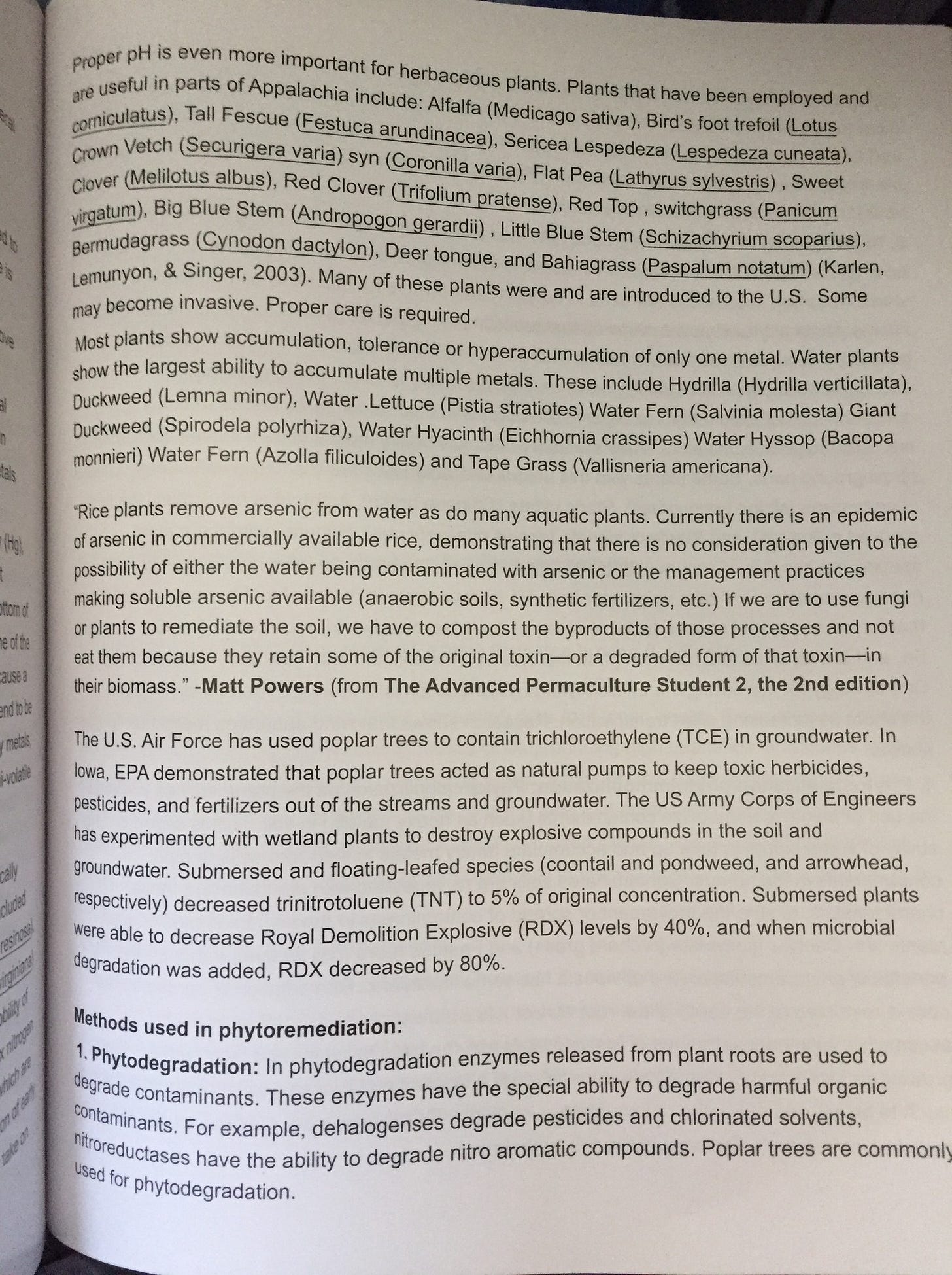
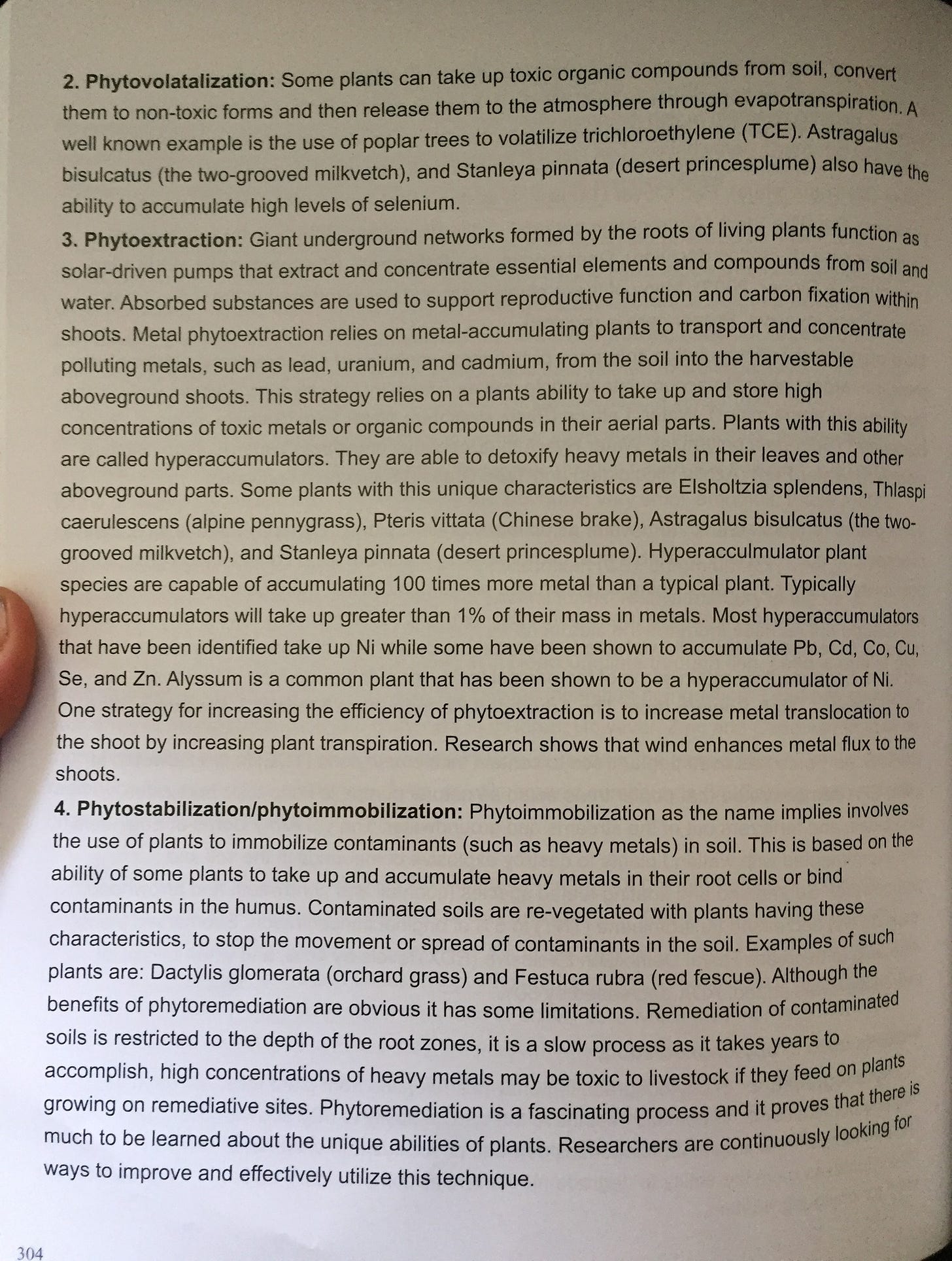
Okay back to the review of The Soul Of The Soul.
I appreciate how the author’s specified that no amount of synthetic plant stimulating chemicals can make up for the fact that one has destroyed the structure and life in the soil. Much of modern conventional agriculture shares many parallels to big pharma’s allopathic industrial “medicine” industry. Both are corporation and government dominated/subsidized industries that use brute force, poisons and domineering monoculture thinking to make profits at the cost of those people that those very industries claim to be serving and providing for.
Big pharma medicine decimates your innate immune system and cripples your gut flora through an array of injections, pills (and sometimes doses of ionizing radiation) while telling you that what they are doing is increasing your health. Then when your health precipitously declines and degenerative/chronic conditions show up, they try to sell you more poison that will keep you half alive and on chemical crutches, covering symptoms but never addressing the source of the problem (while raking in billions from tax money paid to them via involuntary governance systems).
Big Ag decimates the immune system of the soil (the diverse soil food web and the structure of the soil that allows it to breath and take in/store the life giving waters) and cripples the living soil’s microbiome (through using systemic biocides like glyphosate and heavy tilling) while saying they are doing that to boost yields and end starvation. Meanwhile, the devastated soil begins to precipitously decrease in fertility and it’s ability to hold water and nutrients, resulting in declining harvests (with both diminished qualities and quality) at which point big ag suggests doubling down on their war on nature, profit before humility and chemical dependance strategy, tilling the soil even harder and spraying increasingly more deadly poison to kill everything but their feeble GMO nutritionally depleted crops (while raking in billions from tax money paid to them via involuntary governance systems through subsidies and grants).
Rather than lean into more chemical or mechanized crutches, those that want to build towards a more resilient and truly sustainable future for agriculture must learn from the forest and build soil like a forest does (with layers of decomposing matter, a diverse array of soil organisms and no tilling).
While it is true that the organic portion of soil has a huge influence on plant growth it is not true that the sand and clay components of soil are “unalterable”.
In the last 25 years we have learned a lot about how plant root exudates and the biological processes of certain members of the soil food web can actually pry loose atoms from rocks in seemingly dead “dirt” using mild acids and other substances/processes turning rocks into plant food.
In other words, if you introduce both biology and plant roots and feed that life, you actually can alter the mineral components of soil substantially and in a way that makes seemingly inarable land, full of potential for cultivation of nutrient dense foods.
Humus is of central importance though one area where the author’s of The Soul Of The Soul do not give enough attention is with regards to the important role of fungi and how the fungal glues and mycelium significantly alter the structure of soils. This can be observed in the rich dark soils of the old growth temperate forests and you can encourage those fungal beneficial structures to set up shop in your perennial gardens and agroforestry projects through heavy mulching and planting deep rooted mycorrhizal symbionts.
Here is a video that I suggest watching which explores some of the important roles of fungi in enriching soil structure, soil fertility and plant growth:
I agree with the perspective that feeding the soil (food web) is one of the most powerful leverage points that we (as regenerative gardeners and farmers) can engage in to optimize plant health and the nutrient density of food we grow. However, in several places in the book the authors of The Soul Of The Soul advocate various types of regular (annual) tilling practices for certain organic agricultural practices, and well that may have been accepted as “ecologically sound” in 1999, we now know that that practice destroys most of the soil food web (except for bacteria). Fungi and important beings like earth worms need untilled soils to thrive and do their important work. Thus, unlike the authors, I do not advocate annual tilling in any situation.
For some additional insights on the roles of endophytes and absorption in relation with plant roots, watch this video.
I agree with this approach and I also like to use seaweed to enrich the soil.
Seaweed/Kelp based soil amendments contains over 70 trace minerals.
The gentle N-P-K values make this natural, whole-food, broad-spectrum fertilizer essential to plants and the soil food web.
More importantly, it is an excellent source of cytokinins and auxins, two essential plant growth hormones. It also contains vitamins, natural chelating agents, and amino acids.
Cytokinins improve soil tilth, regulate cell division and cell wall formation, increase photosynthesis and chlorophyll production, improve root and shoot growth, and delay senescence in the fall (when plants prepare for winter, dropping leaves, losing colour, etc.).
Auxins regulate cell elongation and mainly stimulate adventitious rooting, and promote fruit development.
Regenerative, Kelp forest (or better yet kelp food forest) farming can offer us an amazing leverage point for healing the Earth while accessing potent food, medicine and soil building materials.
Plant roots are capable of amazing feats of alchemy in how they attract beneficial organisms and even breakdown minerals into their constituent atoms in order to access soluble plant food.
For more information on the amazing world of plant roots and how they alter their environment and the behavior of multitudes of beings that live in their proximity I recommend reading The Rhizosphere : Biochemistry and Organic Substances at the Soil-Plant Interface.
This is 100% true, if you look into the forest and view how soil is built, and soil life is fed, notice the resilience and self-sustaining nature of that community of plants and other beings, you can see how those cycles can be emulated in your garden and on your farm.
Fungi are not plants, they are part of their own kingdom (or “queendom”) of beings.
For more on the importance of mycology (and more on the distinctiveness) of those beings listen to this:
I appreciate how they highlighted that there are free-living bacteria in the healthy soil that fix nitrogen so legumes are not necessarily essential for the process of sequestering atmospheric nitrogen for enriching soil fertility.
There is certainly a lot of exciting science to explore with regards to how endophytes fix nitrogen in their plant hairs, thus, as you alluded, technically ALL healthy plants (in healthy soil) fix nitrogen (to some degree). Also, Internal endophytes must give nitrogen to survive as well, and that includes endophytic fungi.
There is a lot potential for stacking symbiotic feedback loops for regenerating soil and growing amazing food with less inputs to be unlocked in these fields.
In particular, I find the science surrounding how Sweet Potatoes Fix Nitrogen through their “Aerial Parts” aka their leaves and stems to be very fascinating and representative of a function that is underutilized in permaculture design.
For more on this: https://pubmed.ncbi.nlm.nih.gov/26819874/
I highlighted “Some Ways” in blue above because there are many other ways that plant roots interact with their community that are not touched on here. Some of these were only discovered relatively recently, such as Rhizophagy.
Again, I suggest reading The Rhizosphere : Biochemistry and Organic Substances at the Soil-Plant Interface for more on this.
I agree 100% with this, my own garden journal from my early years has helped me immensely in learning from mistakes and optimizing my efforts to further align with the resilience of intact ecosystems to grow my own food and medicine.
I take issue with the use of the term “weeds” in such a vague manner in this book. While the authors rightly and astutely point out how the presence of certain opportunistic fast growing plants can serve as important indicators of specific soil conditions and they even suggest that some of these plants can offer benefits they also perpetuate the war on nature thinking embodied in monoculture farming (organic or otherwise) that seeds those plants as unwanted interlopers, rather than valuable allies and valiant protectors and healers of the soil, attempting to repair the damage we humans have inflicted on the land.
Using the term weeds to refer to plants without clearly defining what characteristics the term intends to define feels a little too much like “trust the science” cult thinking that encourages you to obediently speak and do as “the experts” command.
Referring to plants as “weeds” in such a general, inconsistent and dismissive manner reminds me of how the church would refer to those that refused to conform to their monoculture of thinking as “blasphemers” and “heathens”.
I for one appreciate the blasphemous plants, that refuse to comply and conform, whether it is a dandelion or the borage flower growing in the concrete jungle, rebelliously setting down roots in the sidewalk crack or the yarrow and the elderberry popping up in and around the endless fields of nutritionally depleted GMO corn, attempting to feed to pollinators, provide beauty and medicine to those who are wise enough to recognize it.
“Sacred Medicine to some and invasive plants to others, these ubiquitous healers are the epitome of wild nature. They`re strong, resilient and adaptive. They live with us in rural and urban landscapes alike, bursting through cracks in concrete and bringing beauty, color and character to an otherwise boring lawn. Wild is often defined as being out of control, but when nature is healthy and functioning as she should, wild spaces are rhythmic, peaceful and sometimes, necessarily violent, but with every sentient being serving a purpose. Every wild animal and plant is clear about the role they play in an interdependent ecosystem.”
-
, (from Awakening Artemis : Deepening Intimacy with the Living Earth and Reclaiming Our Wild Nature))“The only difference between a flower and a weed is judgement.”
- Wayne Dyer.
"With the increase of deforestation for agricultural purposes, suburban sprawl, and mass consumption of unsustainable food sources, the presence of invasive species and so-called ‘weeds’ simultaneously increases. The negative perception of these plants and the ‘war on invasive species’ contributes to more ecological damage and increases an adversarial relationship with the living Earth. For example, the carcinogenic chemical, Glyphosate, is sprayed hundreds of times a year onto public green spaces in an attempt to eradicate plants that might otherwise be food and medicine, attract and support beneficial insects, bring up minerals from the subsoil, detoxify the soil, and sow fertility." - Vanessa Chakour
Yes, so called “weeds” can offer us insights into soil conditions, but they also offer so much more, and in many cases these plants offer far more nutrient dense food and powerful medicine than the crop humans are relentlessly trying to grow in their place.
In order to illustrate how underappreciated the many gifts some of the plants labelled as “weeds” in the table above are, I share the following links to posts that explore their many gifts:
4.
5.
Tiny Beings Offering Immense Wisdom
Mosses and Lichens are pioneers and alchemists. These patient, generous and resilient beings were among the first beings to call the land home on the body of our Mother Earth. They engaged in the sacred task of transforming rock into soil, transforming the bare bones of Earth into…
8.
I agree with this, and suggest (as always) emulating nature in how you go about co-creating ideal texture in your soil. Nature does not till the soil, she builds it from the top down, with offerings of rich decomposing wood, leaves, dung from her many children and when they have lived their lives, their bodies too. Learn from her ancient wisdom when you build the living soil to have ideal texture in your garden and on your farm.
Soil sampling is a great step when you are getting started to get a baseline reading of what kind of soil you are dealing with in a new situation.
Various tests can tell you valuable information about the soil and the life that lives (or is absent) in the soil, however, do not forget to make use of the tools of measurement and discernment that God gave you first and foremost. Your senses, your hands, your nose, your eyes and your pattern recognition capabilities are God given gifts you can attune to be able to gather key pieces of information about the soil with practice. Go to a place where the soil food web thrives and the humus is rich and deep (like an intact forest ecosystem) get a baseline reading with your senses, breath in the details of what real, functional, living soil smells, looks and feels like in your hands. Do this enough and as you compost and work with new areas intended to be cultivated you will be able to read the soil using your senses and gather important data in a matter of moments through using the instruments of your divine vehicle that you were born with.
I think that doing a tissue reading via a refractometer when you first start your garden/farm and then again after you work with the soil for a couple years is a very valuable way to gauge the success of your efforts. In this modern era where 95% plus of the soils on Earth have been degraded due to extractive and short sighted agricultural and forestry practices there is usually a lot of room for improvement with regards to soil fertility and SOM content. BRIX readings will give you a great window into how effective your efforts to enrich the soil are going.
I strongly disagree with what the authors are proposing here. “Farming in an area where the water table is high.. .. May require special measures such as a bulldozer”. In other words, if you own marshland, a peat bog or swampy land the authors would advocate bulldozing that habitat, attempting to force unnatural drainage into that ecosystem through ditches and tiles so that one can make the soil more dry and Aerobic for farming annual crops. Such a course of action would severely diminish the biodiversity in that unique wetlands habitat, destroying great blue heron habitat, beaver habitat, as well as the home of fish, amphibians and countless other beings that depend on that water table remaining high. Such a course of action could hardly be described as an “ecological soil management” technique. Rather than engaging in anthropocentric, hubristic and short sighted attempts try and fight a high water table in a wetlands habitat in order to force a monoculture of organic crops on to that place ( through invasive , expensive and ecologically degenerative mechanized means) I would suggest seeing the so called “problem” (an abundance of water either on the soil surface or close to the soil surface) as the solution.
Aligning the productivity of our food cultivation systems with the abundance of nature’s gifts which are present in a given growing situation makes a lot more sense than trying to fight abundance in order to bring a type of fragile scarcity that we are accustomed to in our annual monoculture farming systems.
We can look to ancient Regenerative wetland/marsh and lake farming techniques such as the Chinampas system (which was used by the people of the Triple Alliance in the area now known as “Mexico city”. They aligned their growing systems with an abundance of water and created floating (self-irrigating) gardens rather than tryin to fight the abundance of water. Such ingenious designs can and should be adapted for use in cold climate wetlands, marshes and terrain with lakes so that humans who live in those areas can grow an abundance of nutrient dense food without adversely disrupting that wetland ecosystems and so that they do not have to worry about irrigating.
I share some in depth info on the Chinampas food cultivation system and offer some ideas about how that technique could be applied in cold climate water rich environments at the bottom of the recipe post linked below :
The keyline plow is an effective tool for working with challenging soil types as an initial tool to start the ball rolling. While I do not share the author’s views on regular tilling after that initial re-structuring of damaged/desiccated and compacted soils I have seen sparing use of the Keyline plow be very beneficial to the soil ecology.
For more on that watch:
It is a fallacy to imply that no till food cultivation systems “usually rely on herbicides”. That is only true if one was to compare farming practices within a very limited scope of time and intended goals. Even back in 1999 (when the 4th edition of The Soul Of The Soil was published) literature was available which illustrated and documented the large scale ancient regenerative agricultural practices of various indigenous peoples from several continents (agroforestry or food forest farming) and they obviously did not use herbicides. They used foresight, multi-dimensional function stacking (both in 3 dimensional space and through time) and advanced ecological pattern recognition skills to develop large scale food production systems that functioned without needing to be fertilized, irrigated nor tilled.
Here they are going on about these illusive and vaguely defined “weeds” again. Talking about the need to “control” these “weeds” with massive expensive machines that decimate the soil structure and force farmers into dependance on large corporations. They do not even define the term “weeds” in their glossary, I find that very frustrating given how many other terms they defined clearly.
Why is it that those who lived on this land (Turtle Island) for millennia before the Europeans arrived never had an issue with these infamous and illusive “weeds” in their food cultivation systems? Why are we not applying the same wisdom and techniques that fed their communities for countless centuries now?
If the answer boils down to a fiat currency equation that begs yet another, why are we devoting our entire lives and the momentum of our cultural trajectory and society to the pursuit of gathering and obsessing over something that we cannot eat (and often cannot even hold in our hands now a days as it is nothing more than data on a computer) ?
Much of the material in the pages above relating to tilling and the author’s view of it’s necessity are either outdated, lacking proper context or are flat our inaccurate.
For them to promote annual tilling of the soil in the context of large scale industrial organic agriculture as a viable “ecological farming” method is misleading.
Review Sidebar (the next three images below are not from The Soul Of The Soil)
For more accurate and up to date info on interacting ethically with the soil and using disturbance to break up hard to work soils (while protecting the soil structure and beneficial soil life) here are a few pages from Matt Power’s The Permaculture Student 2.
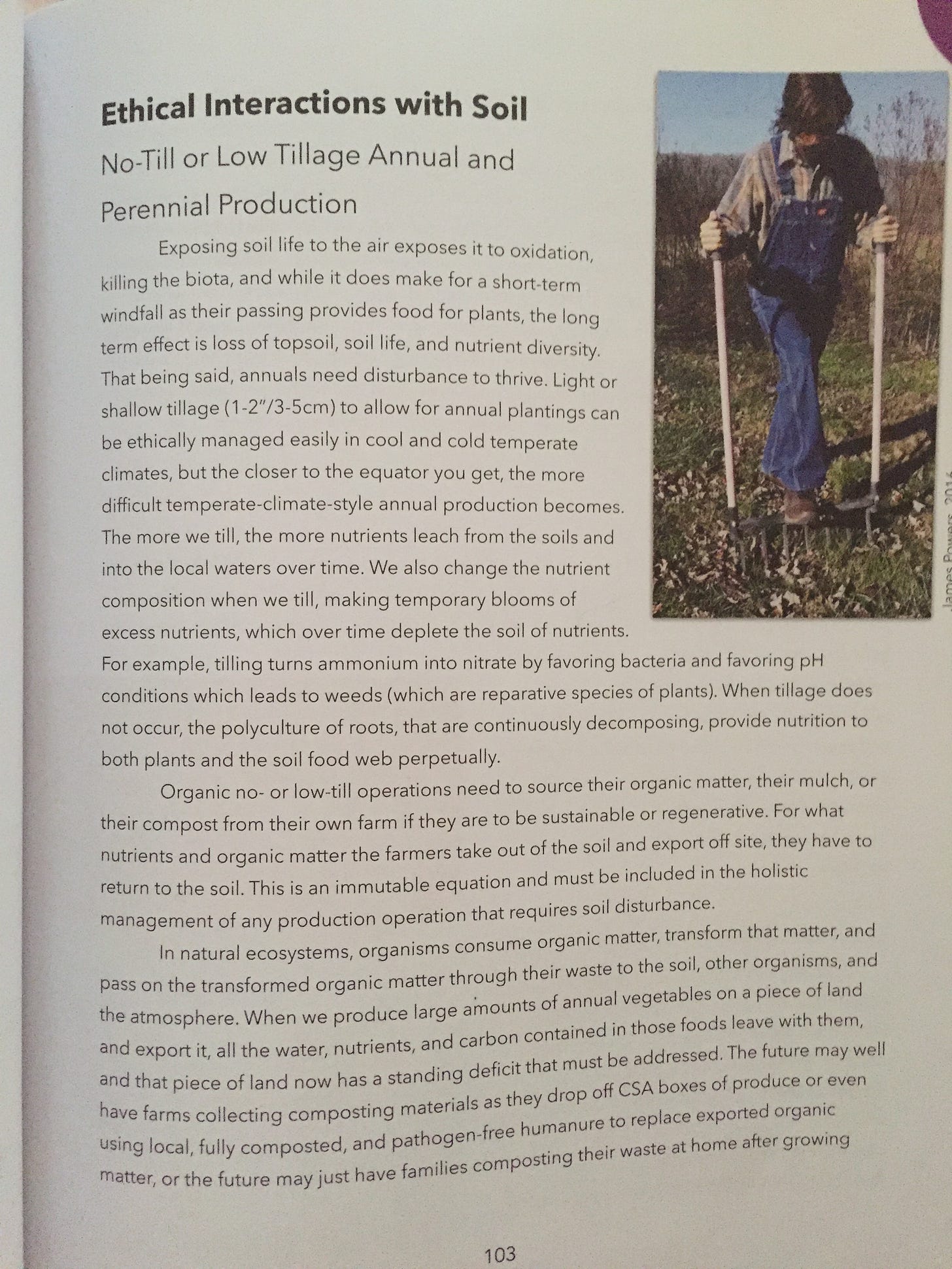
You can learn more about Matt’s published work and get his books at his website here: https://www.thepermaculturestudent.com/booksbymatt
Ok now back to the remainder of my review of The Soul Of The Soil
Beyond healthy microbes it is also important to nourish healthy fungal and insect communities to maintaining ideal soil structure and tilth. That means no large scale ripping up of soil structure annually (tilling/plowing) and it means offering our fungal and insect allies a diverse diet to appreciate and do their important work.
On a garden scale, Hügelkultur beds are a great way to offer these things to our soil allies. On the farm scale mulching and planting multistoried perennial crops in certain areas of the farm allow for fungal refugia to become beacons of soil health and plant/fungal symbiosis that emanate their benefits to the other areas being cultivated with annuals.
Manure produced by animals “where the ratio of livestock to cultivated land is too high” is not an opportunity waiting to be exploited by those who are smart enough to recognize a wasted resource. Factory farms are not only immoral, they are ecologically degenerative and invariably are operations that involve feeding cattle and other beings GMO chemical laden feed, that are living in tiny cages and pumping them full of chemicals and antibiotics to keep them alive long enough to sell their flesh. Seeking to acquire manure from such an operation is not only counter-intuitive to growing safe and high quality food, it is morally reprehensible.
Yes some “organic” waste may contain toxic contaminants (such as the manure produced by animals living on factory farms and/or fed GMO (glyphosate laced) grain feed. Pay attention to how the soil amendments you are using were produced or you could easily end up slowly poisoning yourself and those that buy your produce.
For more on Dioxin and Glyphosate Detox and Remediation read:
This definition speaks to the ideal size for hot composting piles, however, there are other methods that simulate forest decomposition of raw materials are also extremely beneficial for building soil.
Some of the materials listed above are those that would likely contain toxic contaminants if they were sourced from a factory farm or fish farm.
The table above is helpful but does nothing to describe all the other organic and synthetic compounds that will be present when sourcing these materials from industrial scale producers. Do your research before adding large quantities of said materials to your garden or farm.
I agree with this 100%, we underestimate our own senses in their ability to discern truth and gather useful information. We have been conditioned to think that only “the experts” know the truth and that we require high tech equipment to be able to know more about many aspects of our world. Never forget that many of our ancient ancestors were learned and observant scientists of sorts (albeit before such a field of study had a name) and they relied on their senses, intuition, pattern recognition and notes to gather measurements and assess the most practical and ethical path forward.
Yes and yes, though the author’s are lacking imagination in where and how agroforestry can be applied, the things they mention above about tropical agroforestry are true.
If you would like to learn more about a real world example of how tropical agroforestry can be applied to create a viable (Regenerative) business, check out this website:
https://www.sdvforest.com/our-story
I have used the highlighted species in the page above in my own designs with great success.
I especially love lupins (as I have find memories of them from my childhood in the alpine mountains near Whistler BC).
For some useful info on a synergistic cover crop combo I like to use, check out this video:
This is some helpful info and I would add that if you do not have any fungal (hyphae) presence perhaps you should create a static pile that creates favorable conditions for those beneficial beings to set up shop along side your hot compost (bacterial dominant) pile.
Rotations are especially beneficial when combined with chop and drop techniques rather than tilling. For more info on Chop and drop:
Green manures are very helpful and I touched on them in Recipes For Reciprocity, however, I do not agree that they need to be tilled into the soil. I use green manures for chop and drop and pollinator forage without tilling and that works great.
Yes, lean into that mulch my friends, that is how nature does it. Build soil in layers like a lasagna, think like a forest ecosystem and your on track to producing abundance.
Here, the authors rightly point out the inevitable “vicous downward spiral” that results from ripping up the soil structure in order to mine the living earth (rather than cultivate in collaboration with her living systems) yet they also simultaneously endorse annual tilling in other sections of the book (because it appeases and makes easy the task of industrial scale “organic certified” farming). Rather than take the authors of The Soul Of The Soil or my word for it, look to the productivity and resilience of an intact forest ecosystem if you want to know the truth.
Here the authors express their belief that they think that if only our benevolent overlords in the involuntary governance structure (which threatens us with violence to take our money and then gives that money to corporations like Bayer and Pfizer) were to be convinced to bribe people to do the right thing more often than we would have be living in a paradise.
Well, I would like to remind you that those same glorified thugs (wearing suits and fancy costumes/uniforms) that they would beg to threaten (or bribe) people into farming “ecologically” are the same organized crime cartels (aka “governments”) that took your money and gave it to Raytheon, Lockheed Martin and Boeing to make bullets, bombs and missiles that will be used to murder people in places that have resources the oligarch’s want (in the name of democracy of course). Those are the same organized criminals that threatened you with losing your job, your ability to move around freely and your ability to eat at a restaurant unless you submitted to experimental genetic medical procedures.
Therefore, I would suggest that a shift in government policy is nothing more than a reflection of what suits the plutocracy at that moment in time, and if it is a shift that represents the will of the people, that too can, and will be dealt with and has been repetitively, all throughout human history.
Hoping the government will put policies in place to protect you is the equivalent of hoping that your neighborhood mafia will decide to help your business and protect your interests. Perhaps if you get in bed with them and do them “favors” they will do that for a time, but at what cost to your integrity and to the type of world that future generations will be born into?
Again, the authors did not do their research as even at the time of the publishing of their forth edition many examples of successful and productive permaculture design guided farms and food forests existed. These examples were both created recently and ancient examples of Regenerative agriculture techniques that have persisted through centuries to millennia despite those food production system’s designers no longer being able to tend to them.
If anyone reading this is new to my blog and work and is not familiar with said modern and/or ancient examples of (what we now often refer to as “permaculture” based food cultivation systems) which are really regenerative agroforestry techniques that predate, feel free to comment or write me and I can provide a plethora of info on well documented examples.
I really appreciate the authors highlighting the detrimental impact of clearcut logging on the soil and water ways in the page above.
I attempted to highlight some of the detriments of such degenerative greed based industrial (Statism supported and facilitated) activities in posts like this:
Death By A Thousand Clearcuts
“Those who contemplate the beauty of the earth find reserves of strength that will endure as long as life lasts. There is something infinitely healing in the repeated refrains of nature — the assurance that dawn comes after nig…
I disagree with the sentiment shared by the authors regarding how permaculture systems necessitate such a system “working for everyone”. Rather than seek to conform or push conformity on others, I advocate living by the truth, allowing your heart to tell you what is right and what is wrong, and going with that as your compass, whether or not it “works for everyone”. Be true to you, not the herd mentality, use your God given discernment and intuition, live my example, refuse to comply with corrupt laws and live by covenants that many may have forgotten but that you know are the honorable way to live in your day to day life.
The multi-layered production system described above can also be applies in temperate cold climates (and has been for many centuries by those wise enough to emulate forest ecosystems in how they grow food).
and better yet, when it is minimized by healthy fungal presence in the soil, which can only be attained through not tilling.
Federal law also allows pfizer to inject little kids with genetic slurries that permanently damage their heart and pollute their genome. Depending on what the federal law accepts of does not accept is not a logical measure of the worth and safety of a thing.
Conventional livestock feed ingredients are also often laced with glyphosate so using those in one’s soil would be unwise.
Yes toxic contamination is important to consider, I just wish the author’s of The Soul Of The Soil would have better informed the readers about the potential for contamination in the various industrial byproducts they endorsed as soil amendments.
Here we again see the authors talking about what mommy and daddy government is doing to keep our soil amendments and food “safe and effective”. Regulations can be “amended”, in other words, corporate lobbyists can bribe the right people and threaten others, making what ever they want to be legal and declared as “natural” A-Ok in the eyes of the government.
I advocate what Catherine Austin Fitts has been saying for a long time “know where your food comes from, get to know your farmer”. If you cannot grow your own food, it is up to you to honestly and personally assess how your food is being grown as you cannot and should not rely on organized criminals in government to protect you.
Later in the page above the authors mention a strange term, “Naturally mined”. I wonder what that would look like? Massive amounts of raw ore being excavated and blasted out of the bones of the Earth but “all natural”? Perhaps they mean a meteorite impact? What ever they are talking about, in reality every hard rock mine results in ground water contamination and biodiversity loss so whether or not one wants to play fast and loose with their use of the word “natural”, supporting mining means supporting ecocide, deforestation, fresh water source poisoning as well as land theft and exploitation of indigenous peoples.
For more information on what “green”, “sustainable” and “all natural” mining looks like here in Canada today:
Befriending The Boreal - An Honest Look At The Potential Ecological/Cultural Impacts Of The Large Scale Open Pit Lithium Mines Planned For Northern Canada
This post offers an introduction to a series I will be publishing with the intent of inviting people to get to know the Boreal Forest and it's many inhabitants to hopefully come to see these beings with love, respect and a feeling of kinship.
Read article linked above for more info on the ecological costs of mining.
This part about leaning into creating a robust soil ecosystem more than lab tests i agree with 100%.
For more info on the benefits of wood ashes and biochar in the soil, read/listen to:
The Mounsey Minute (episode 6) BBQ-ing with a Permaculture Twist
This is a video slideshow with last month's Media Monarchy broadcast that featured BBQ-ing with a Permaculture Twist as the Mounsey Minute topic for June.
I cannot say enough how important the fungal aspect of the soil is, these are the ancient alchemists that weave the threads between life and death, and help ancient beings in the forests communicate and share resources. Never underestimate the importance of nourishing the fungal beings in your soil.
For more on that read:
Forging Alliances With The Fungal Queendom
The "Fungal Queendom" (as author, educator and mycological pioneer Peter McCoy calls it) is a truly ancient community of organisms which often forms symbiotic relationships with other organisms capable of contributing to a mutually beneficial relationship. It is no wonder that when ingested, many of these fun…
In the closing chapter of the book that author’s highlight how they note that financial incentives drive farmers to go organic certified and engage in what the authors describe as “ecological farming” due to the “price premiums” they can charge people for the products they market with said certification label. They also seem to be stating how beneficial they feel it is that said certification processes and labelling is enforced by “government regulation”.
First of all, if we put our hopes and momentum towards compelling a new generation of farmers to do what makes them the most money, then that is exactly what they will do. If being organic certified stops being the most profitable and they can make a quicker buck selling GMO glyphosate laced garbage then they would do that instead, or if cutting corners on nourishing the soil and using tilling and other degenerative practices that offer quick cash boosts on yields, at the cost of long term fertility and soil health are legal and cheap for an organic certified producer, than they would choose that. If we are trying to motivate people and choose to motivate ourselves purely based on what rakes in the most fiat currency, we will quickly find ourselves sliding down a slippery slope of moral degradation and exploitation of the Earth for the purpose of selfish short term gain.
In a recent series of comments on a thread on The Corbett Report website I shared some thoughts that relate to this and explore what might be aptly described as the antithesis of the farmer that is purely motivated by what makes him/her more money. I touched on what Martín Prechtel describes as “Beautiful Farming” and elaborated on the difference between those who choose to farm (and garden) not purely for making a living, but rather, to give life meaning.
In order to put this economic incentives aspect of farming into a more broad context and invite further nuanced consideration of the perils of driving our lives and farms based on that motivation alone, I share the following quote:
“What does 'economic growth' actually mean? It means more consumption – and consumption of a specific kind: more consumption of goods and services that are exchanged for money. That means that if people stop caring for their own children and instead pay for childcare, the economy grows. The same if people stop cooking for themselves and purchase restaurant takeaways instead.
Economists say this is a good thing. After all, you wouldn’t pay for childcare or takeaway food if it weren’t of benefit to you, right? So, the more things people are paying for, the more benefits are being had. Besides, it is more efficient for one daycare centre to handle 30 children than for each family to do it themselves. That’s why we are all so much richer, happier and less busy than we were a generation ago. Right?..
..We in the richest societies have too many calories even as we starve for beautiful, fresh food; we have overly large houses but lack spaces that truly embody our individuality and connectedness; media surround us everywhere while we starve for authentic communication. We are offered entertainment every second of the day but lack the chance to play. In the ubiquitous world of money, we hunger for all that is intimate, personal and unique..
...The American Dream betrayed even those who achieved it, lonely in their overtime careers and their McMansions, narcotized to the ongoing ruination of nature and culture but aching because of it, endlessly consuming and accumulating to quell the insistent voice: “I wasn’t put here on Earth to sell a product.” “I wasn’t put here on Earth to increase market share.” “I wasn’t put here on Earth to make numbers grow.“
We protest not only at our exclusion from the American Dream; we protest at its bleakness. If it cannot include everyone on Earth, every ecosystem and bioregion, every people and culture in its richness; if the wealth of one must be the debt of another; if it entails sweatshops and underclasses and fracking and all the rest of the ugliness our system has created, then we want none of it.
No one deserves to live in a world built upon the degradation of human beings, forests, waters, and the rest of our living planet. Speaking to our brethren on Wall Street: No one deserves to spend their lives playing with numbers while the world burns..
..For indeed we live in a world of fundamental abundance, a world where vast quantities of food, energy, and materials go to waste. Half the world starves while the other half wastes enough to feed the first half. In the Third World and our own ghettos, people lack food, shelter, and other basic necessities and cannot afford to buy them. Meanwhile, we pour vast resources into wars, plastic junk, and innumerable other products that do not serve human happiness. Obviously, poverty is not due to a lack of productive capacity. Nor is it due to a lack of willingness to help: many people would love to feed the poor, to restore nature, and do other meaningful work but cannot because there is no money in it. Money utterly fails to connect gifts and needs..
..In a context of abundance greed is silly; only in a context of scarcity is it rational. The wealthy perceive scarcity where there is none. They also worry more than anybody else about money. Could it be that money itself causes the perception of scarcity? Could it be that money, nearly synonymous with security, ironically brings the opposite? The answer to both these questions is yes. On the individual level, rich people have a lot more “invested” in their money and are less able to let go of it. (To let go easily reflects an attitude of abundance.) On the systemic level, as we shall see, scarcity is also built in to money, a direct result of the way it is created and circulated.”
―
(from “Sacred Economics - Talks at Google”)'Now secondly, to address the government regulation facet of what I highlighted in the page above.
When contemplating whether or not we should cheer and give our energy to more government regulations one might want to also consider how the governments we live under have chosen to use their legislative powers to indemnify vaccine manufacturers, send in militarized police to crush peaceful human rights protestors, spend untold billions on killing machines sent to poor countries to steal their resources and subsidize GMO agriculture.
In truth, our so called elected officials are nothing but puppets on a stage, dancing to the whims of corporations and banksters. And if one of those puppets decides to grow a mind of their own severe the strings attached to them and begin acting on the behalf of the will of the people, well, we all know what happens to people like JFK.
Government regulations may be wielded in alignment with your preferences in one instance because of bravery of a minority or because the optics suit the public relations/psychological warfare intents of the oligarchy but make no mistake, far often than not, government “regulations” and “incentives” have been used to oppress, stifle dissent, squash innovation, breed uniformity (social engineering), feed into greenwashing propaganda and “sustainable development” lies.
What about how government edicts (threats of violence and incentives/bribes) allowed for the creation of Japan’s “sustainable society” in the Edo period?
Some might make the argument that we do have instances of top down government (statist) policies being used to enact laws, incentives and punitive measures which resulted in widespread ecological regeneration (such as the Edo Period in Japan) however, the fact that it was a limited period in time that ended and made way for degenerative agricultural practices and deforestation to be re-started with the onset of globalization and corporate influence of government structures speaks to how such a path is not viable in the long term. The Edo period was also a time of national isolation (an almost impossible prospect in today’s hyperconnected world and thus another aspect of what made that time of soil regeneration possible under a statist regime which we must carefully consider as we contemplate whether or not permaculture ethics and statism are compatible).
I would contend that punitive measures being applied by top town governmental systems (regardless of what ideological wrappings they have) are not effective long term solutions as threatening someone to behave how you want them to only remains effective as long as the threat and ability to act on the threat does, and even then industrious and inventive people will wind a way to circumvent said punitive measures if they really want to. That being said, unlike the WEF’s puppets (such as Trudeau) and their greenwashed trojan horse/profiteering initiatives such as ‘carbon taxes’ and ‘nitrogen restrictions’ for farmers etc, the will to impose strict rules on how people interact with the farm land and where their waste products end up during the Edo Period in Japan appears (to me) to have arisen out of a genuine necessity and want to salvage (and sometimes regenerate) the landscape that had been decimated by degenerative/extractive agricultural practices and urban development.
Incentivizing behavior that helps to regenerate the landscape is at least a step in the right direction, as perhaps after being bribed to do something for long enough by the government the people doing it will begin to see the long term intrinsic benefits offered to their own lives by engaging in said actions.
That being said, I agree with Charles Eisenstein when he states “We are not going to be forced into Love, we are not going to be scared into Love, we are not going to be bribed into love, we are not going to be threatened into love”.
In my recently published book I sought to relay the message that in order to regenerate and restore the integrity of our society and the ecosystems (ecosystem restoration) outside of us, we must first engage in “ego-system re-story-ation”.
My wife describes my book as “a love letter to our Mother Earth and an invitation for the reader to fall back in love with the living earth” (she says ‘back in love’, as when we are children we are all in a state of unconditional love with the Earth, present in the moment, appreciating the butterflies and hugging the trees).
It is that innate state, of (unconditional) love, awe of nature, kindness and compassion which is the key to charting a course towards a way of living that aligns with the permaculture ethical compass, and no amount of bribes or threats from governments can unlock that part of our heart for us.
It is my belief that neither fear of democratically imposed punitive measures, technocratic domination, bribes nor the fear of the potential impacts ecological collapse on our civilization/way of life (self-interested/anthropocentric priorities) can effectively compel humanity to change course, but rather it is love (for each other and the Earth) that will evoke the courage within us to change course before it is too late.
Only through consciously and willingly embracing this love within, knowing our own eternal spirit and being present in the moment to recognize that same eternal spark in all other beings, can we truly know peace, happiness, engaging in ‘ego-system re-story-ation’ and then eventually ecosystem restoration as well.
I think the Edo Period is a fascinating time to analyze and speculate about what it would look like for the policies of that period in Japan to be implemented in present day, in the end I feel that the most permanent and systemic change cannot and will not be brought about via any top down policies (whether they are punitive or incentivizing) but rather must originate from the love within us. The societal changes that set down roots and persist through the millennia begin with seeds planted by individuals that are living and embodying the change they want to see in the world, embracing radical authenticity and starting fractal chain reactions in our collective that spread outwardly in all directions.
In essence, it is the seed that rises from within that is born from living the way one wants the world to be, which readily self sows and sets down roots far and wide. Individuals embodying the intrinsic abundance, purpose and joy that results from living with integrity, compassion, courage and generosity provides an incentive more enticing than any government bribe for others to follow suit. They show other people a way of living that heals the broken parts within us, heals the land around us, begins to bind our shattered communities together again and offers True Wealth.
True Wealth ; (as I define it) refers to the degree of which one is self-sustaining, living sustainably (or better yet living regeneratively) and to the degree of which one has established a lasting symbiotic relationship with the land one lives on. It also means being immune to parasitic entities that seek to draw us into debt slavery. Beyond those physical defining perimeters it is also defined by the measure of which one feels happy and at peace inwardly (truly illusive states of being for many currently on Earth, "rich" and "poor" alike). Unlike material wealth (which is temporary and cannot provide lasting happiness) True Wealth is permanent and nurtures lasting happiness. It is more about the measure of how much one gives and shares, and less about what one acquires, takes, or hoards.
The gift of True Wealth is found in the years, lasting fulfillment and health which is added to our lives when we care for the land we live on (and those who we share it with). Lasting fulfillment is found in savoring those precious moments that are given to us each time we stop to appreciate the "little things". It is the gift we give ourselves when we choose to use our time on earth to help things grow and nurture them to achieve their highest potential.
As I imagine most of you would, I would be willing to voluntarily contribute some of my hard earned money towards paying specialists in the relevant fields who feel moved to use their own unique gifts (a great wage) to maintaining a most holistic unlearning/education youth empowerment system, sewer system, water distribution system, road infrastructure, care for/education and empowerment of the homeless and others who cannot care for themselves locally (such as the infirmed elderly or orphaned children) locally. I would even be willing to contribute some of my money to larger regional infrastructure developments as well and I would certainly (as I am sure most of you would) be willing to willingly offer some of my money for large scale watershed restoration and re-foresting initiatives to regenerate ecosystems.
In closing I would say that despite the fact that some discoveries have been made in the field of soil science (in particular discoveries related to previously invisible and/or misunderstood aspects of the soil food web and the symbiotic interactions between organisms which take place in the rhizosphere between many different organisms) since the publishing of the book, those newly discovered aspects of soil science do not render the majority of material and techniques which are presented in Soul of the Soil obsolete. I may have different views than the authors about statism and tilling, but I respect what they were trying to do with the book nonetheless.
One test I would suggest adding into the list of suggestions for those attempting to create their own high quality (biologically enriched and optimized) compost for farm scale applications would be sending in soil/compost samples to a lab that can do soil microscopy analysis (and/or if one is really motivated and/or intrigued by soil science and learning more about the soil food web through direct experience, I would suggest getting a microscope and a copy of Matt Power’s book on Soil microscopy)
Thus, all said and done, this book is one that is worth having on hand (if you do not have a more up to date regenerative soil book).
I look forward to hearing what all of your thought of this book in the comments below.
Thank you to those who read this book along side of me and thank you in advance for your time and consideration in reading this post and commenting to share your own thoughts.
I look forward to reading and reviewing “The Spirit of Trees: Science, Symbiosis and Inspiration” over the next couple months and I will post a poll for October/November’s Book Club selections some time in September.
Here is an example of one discovery that has been made since the book was published that offers additional insights for optimizing our regenerative soil enrichment endeavors in the garden and on the farm.
There are a great many additional insights that can be gleaned through Soil Microscopy with regards to recognizing beneficial members of the soil food web, quantifying their presence in our compost and soils as well as enriching their presence via incorporating specific foods for microbes.
The book shown in the image below (and linked below) is a great place to start for embarking into that relatively new field of science:
https://www.thepermaculturestudent.com/shop/regenerative-soil-microscopy
If you are new to this blog and are wondering what this “Book Club” series is all about, you can learn more about it here:
Introducing a new (bi-)monthly series : Book Club
Hello everyone! I am gonna create a monthly poll that presents several books on a particular topic and invites subscribers to vote in a poll as to which book we should all read the following month and provide a means for subscribers to also suggest adding books to the list for a given month.


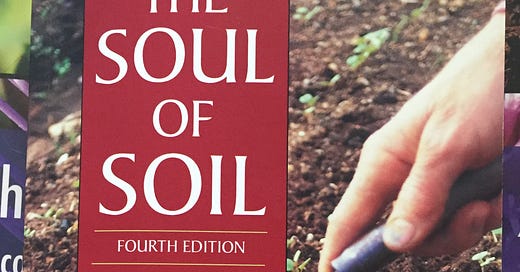




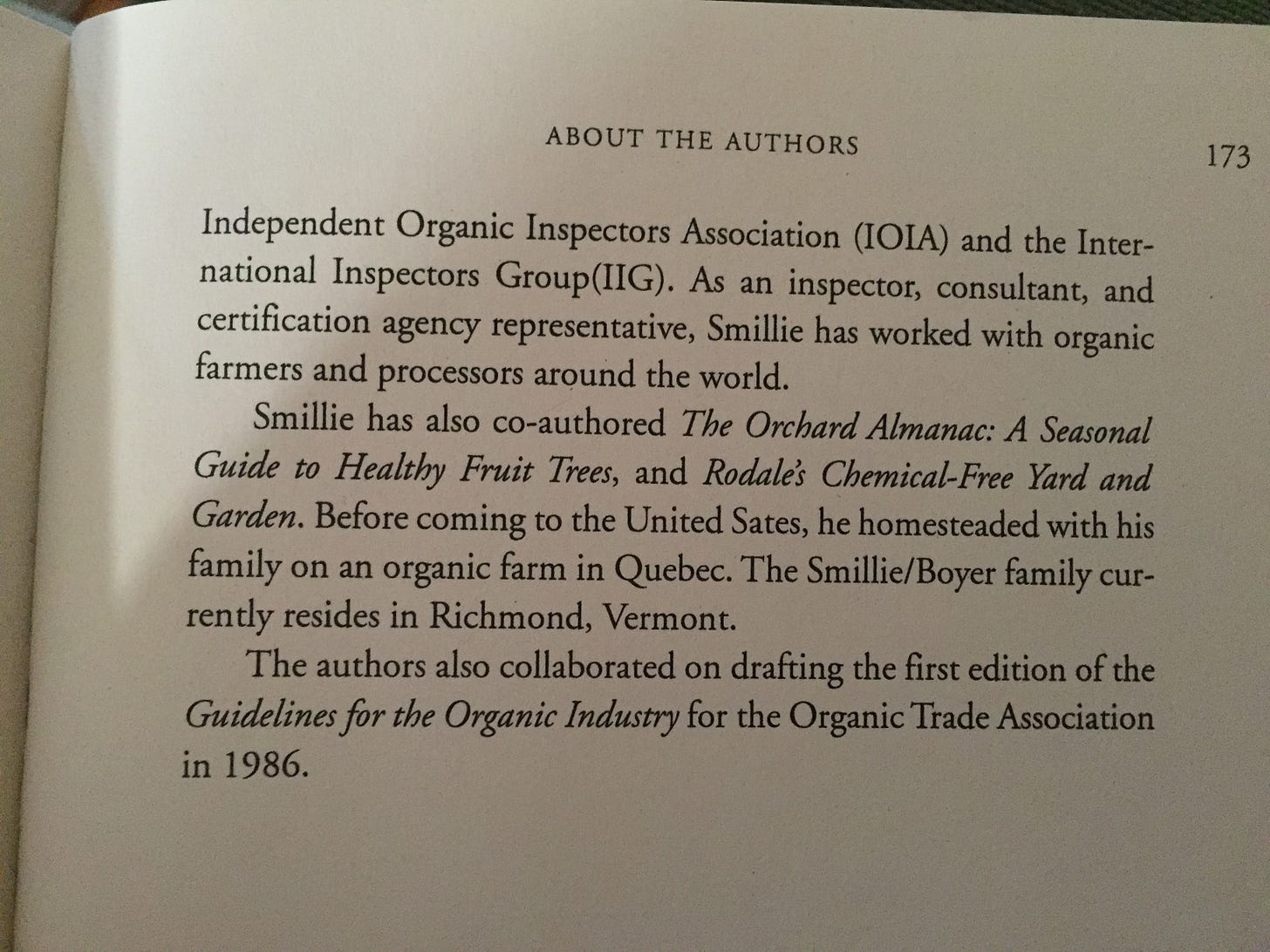

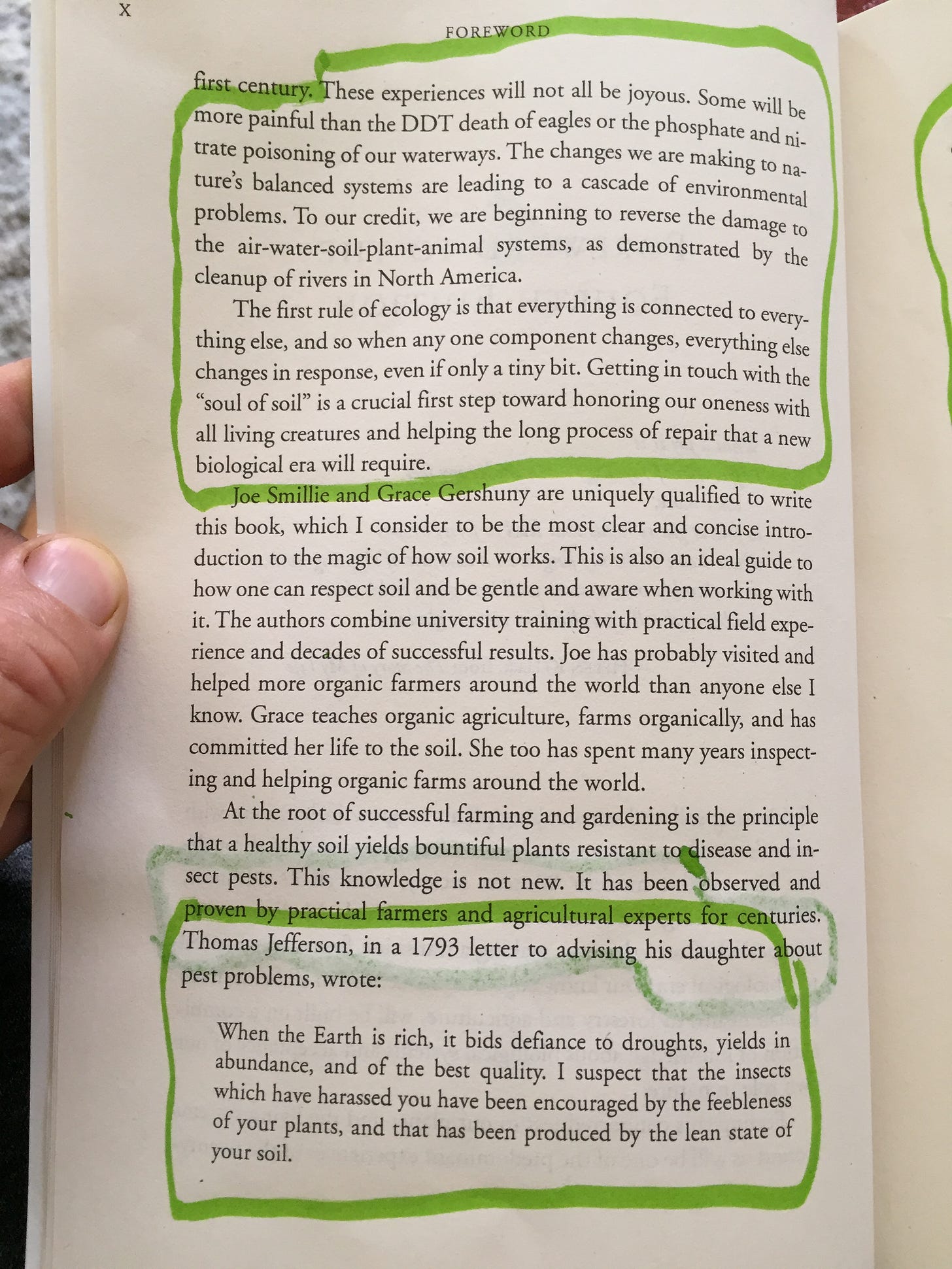
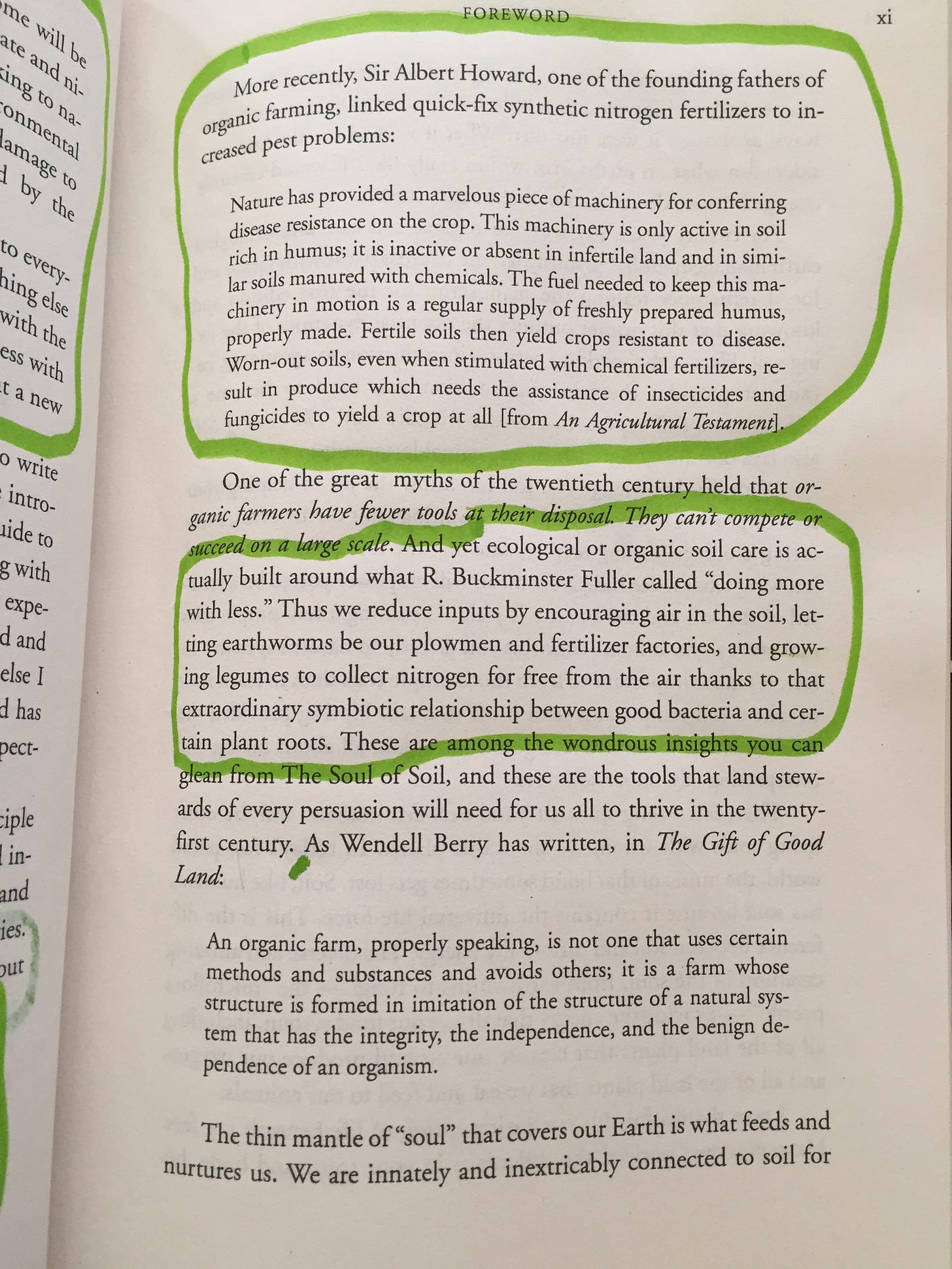
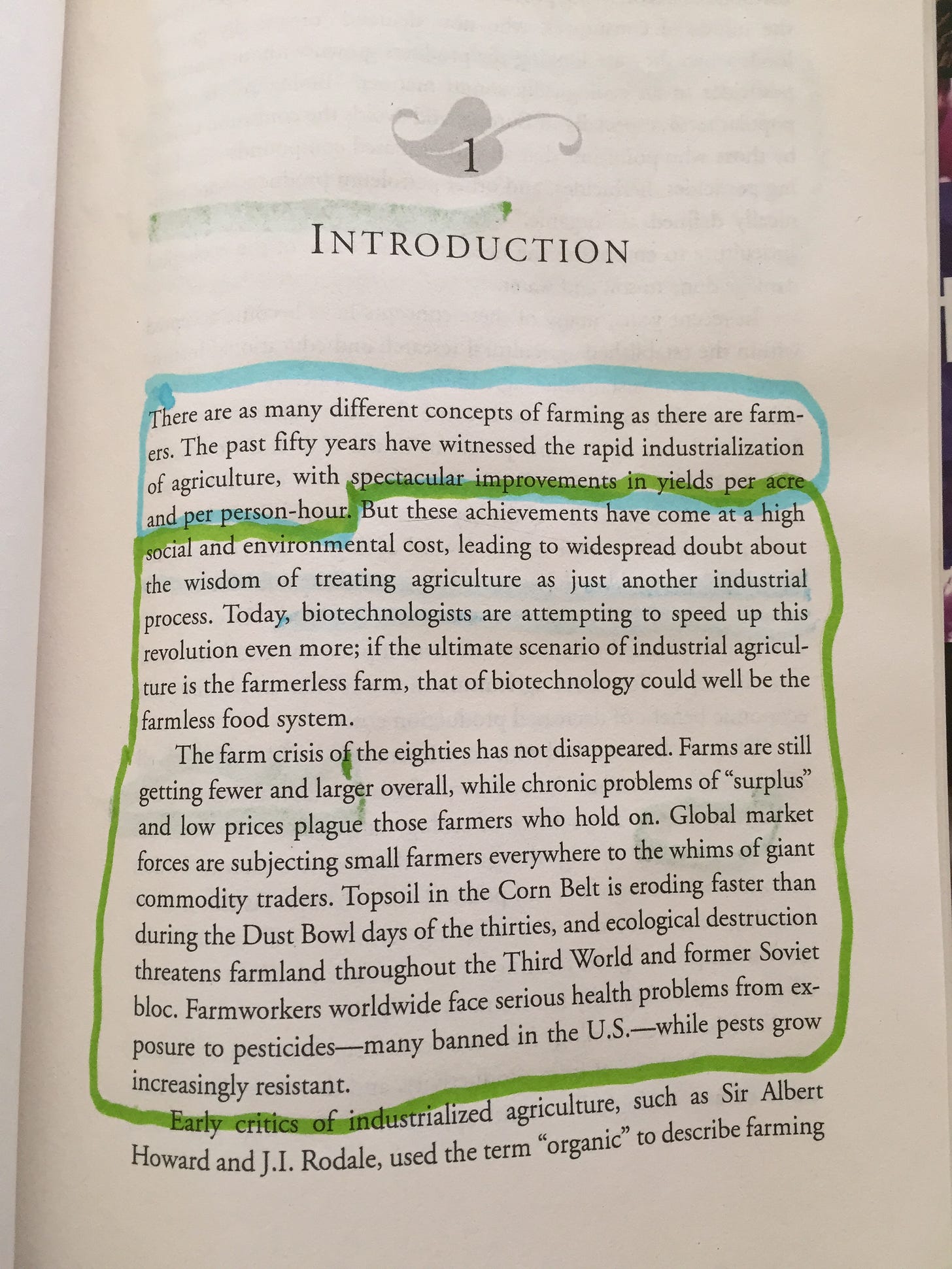
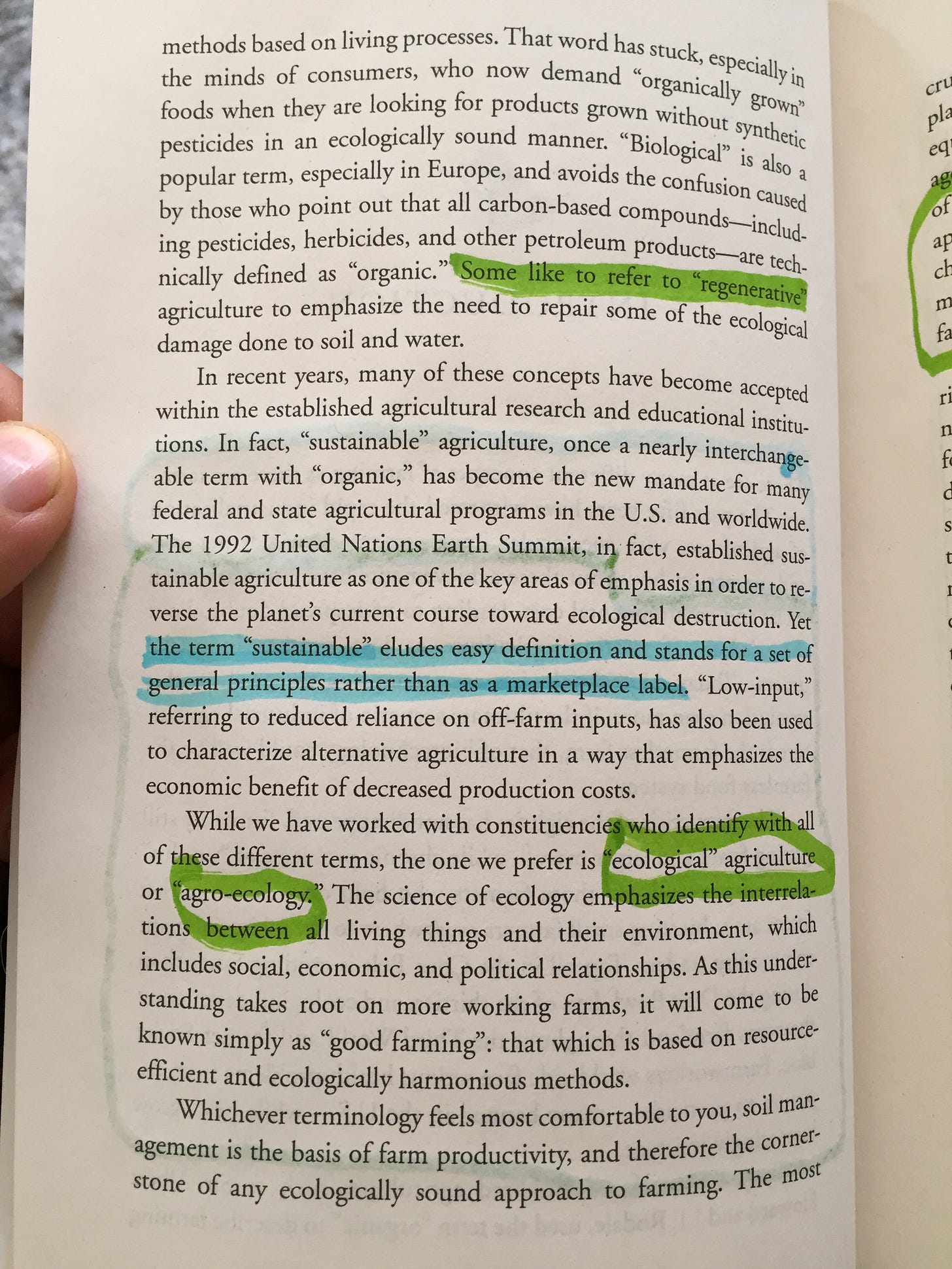

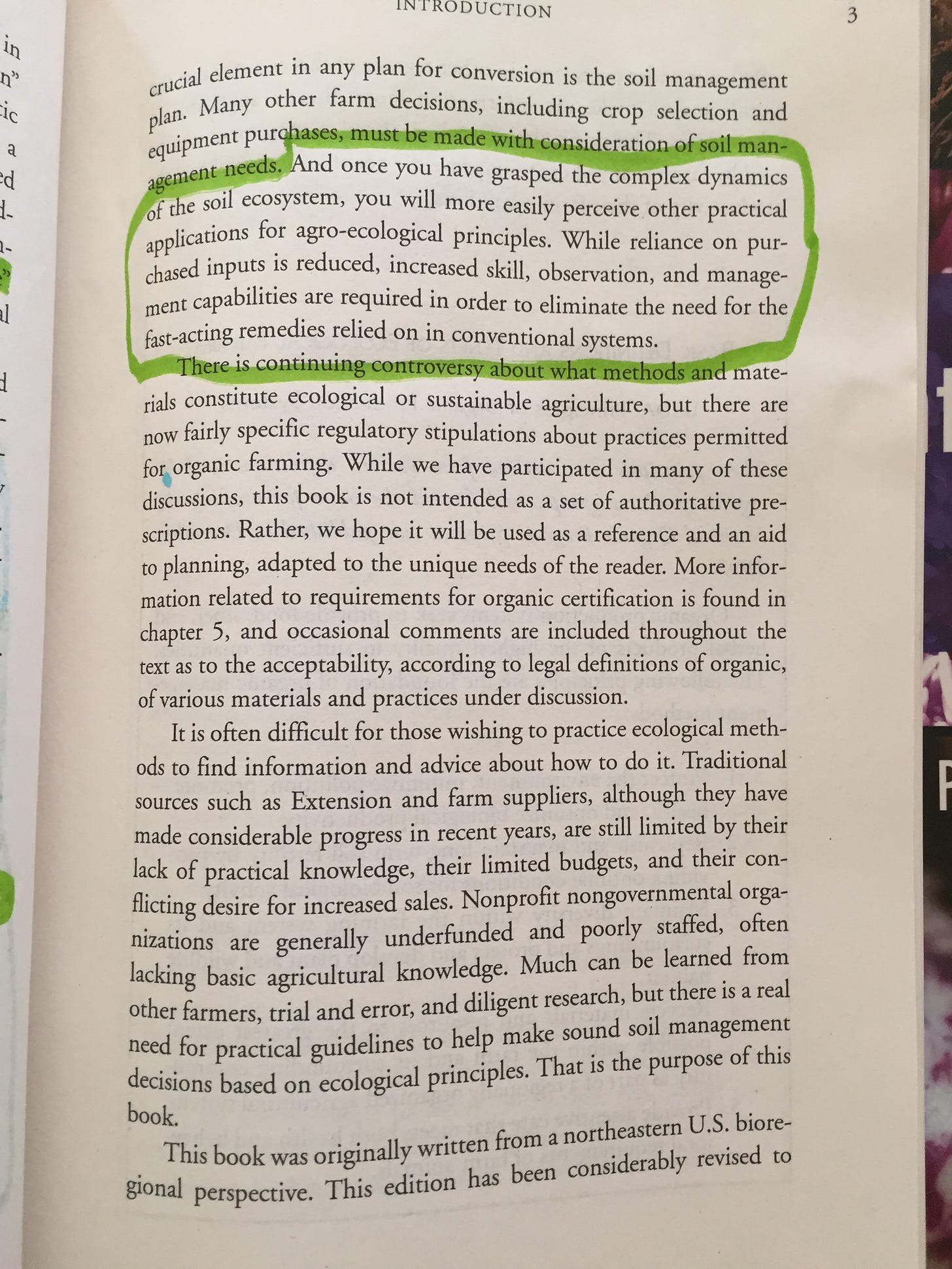
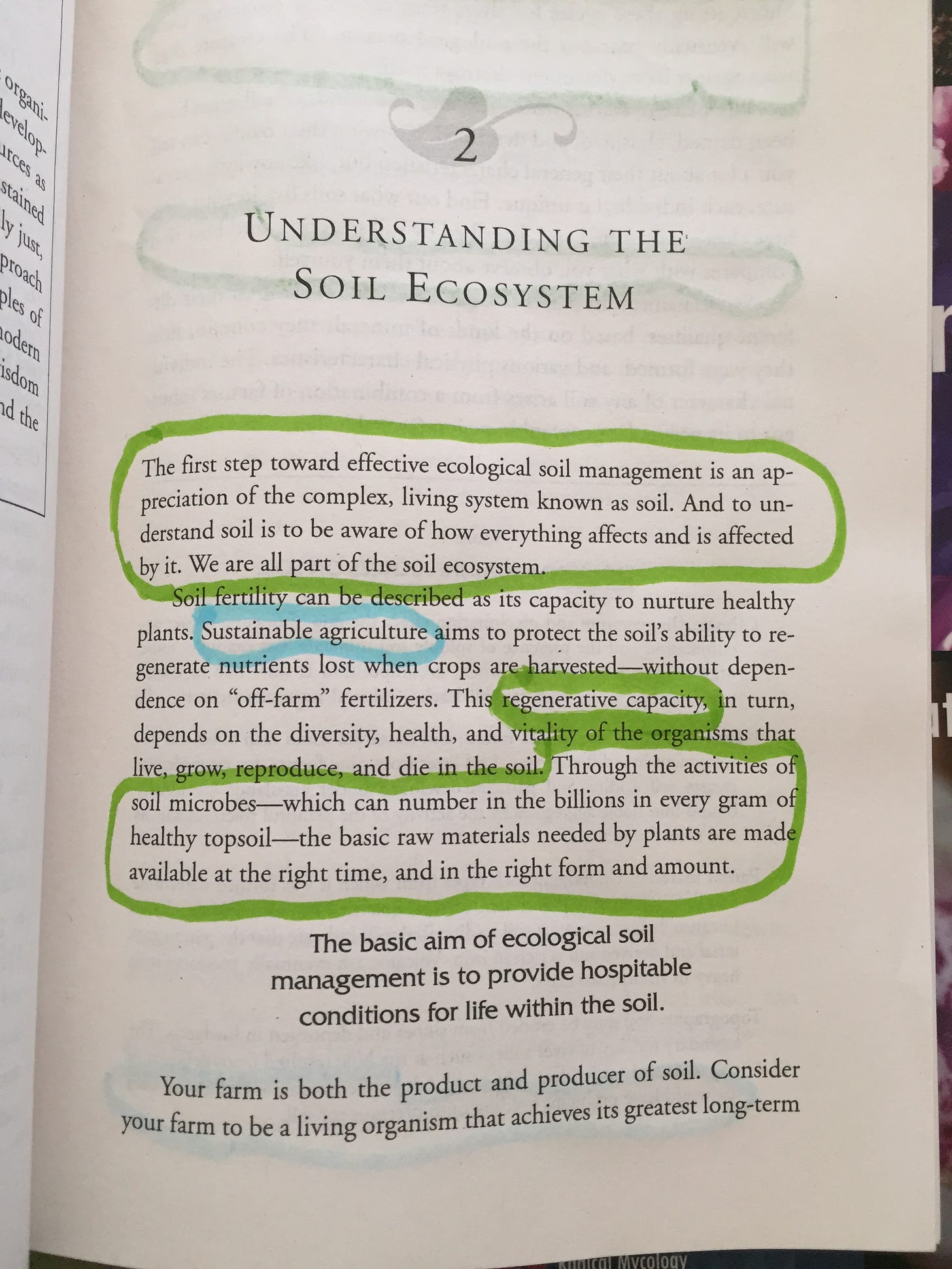
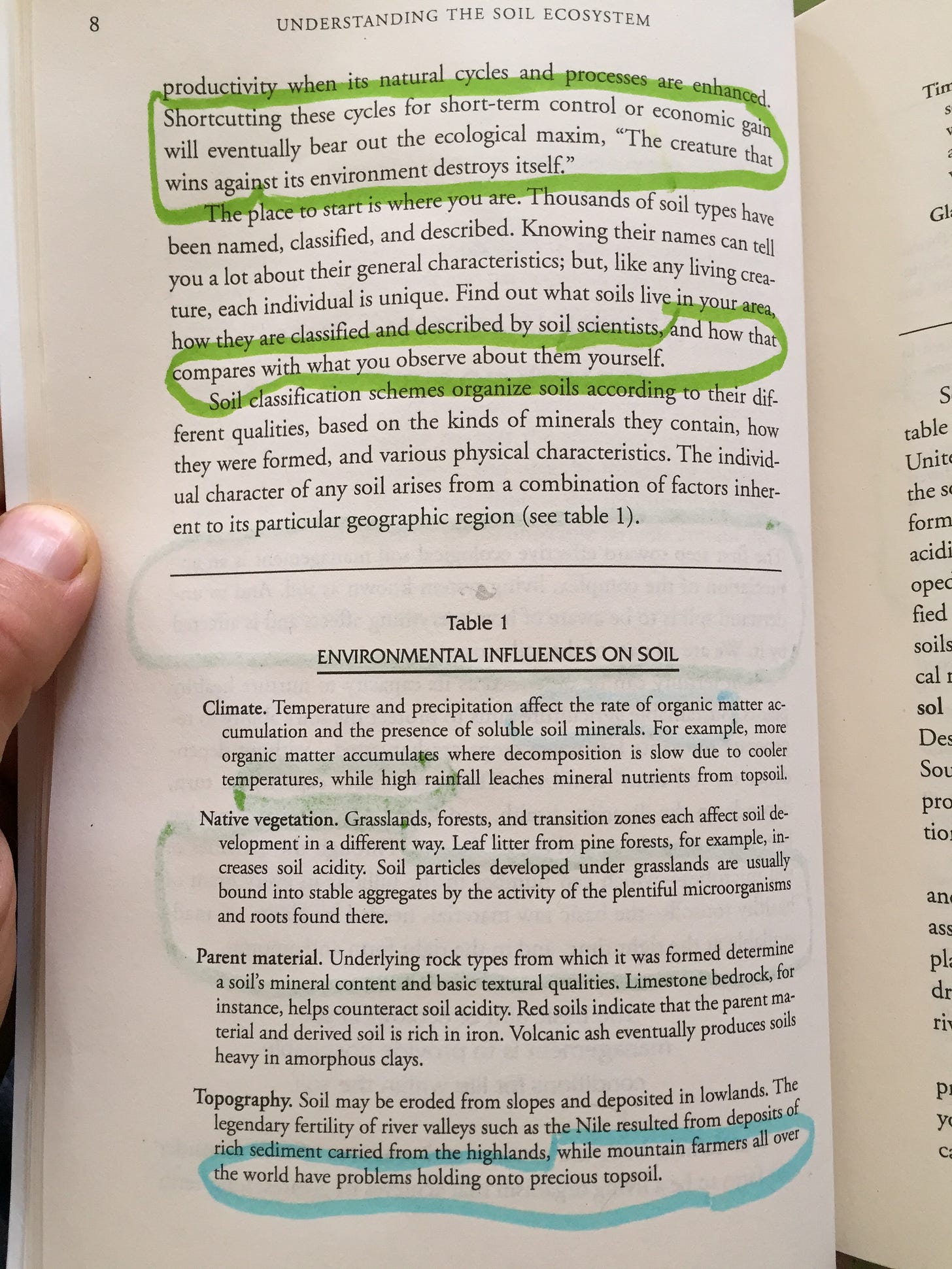
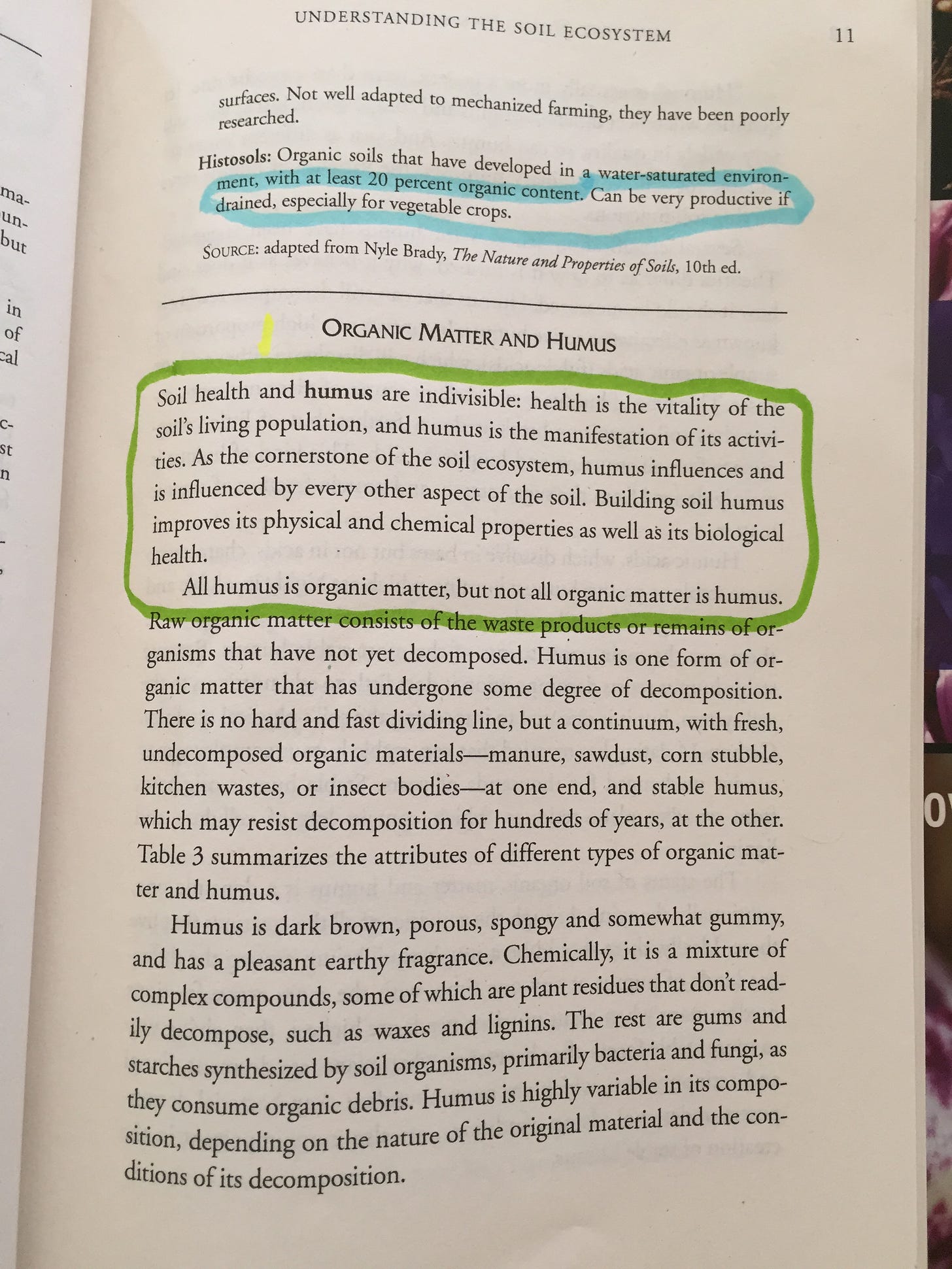
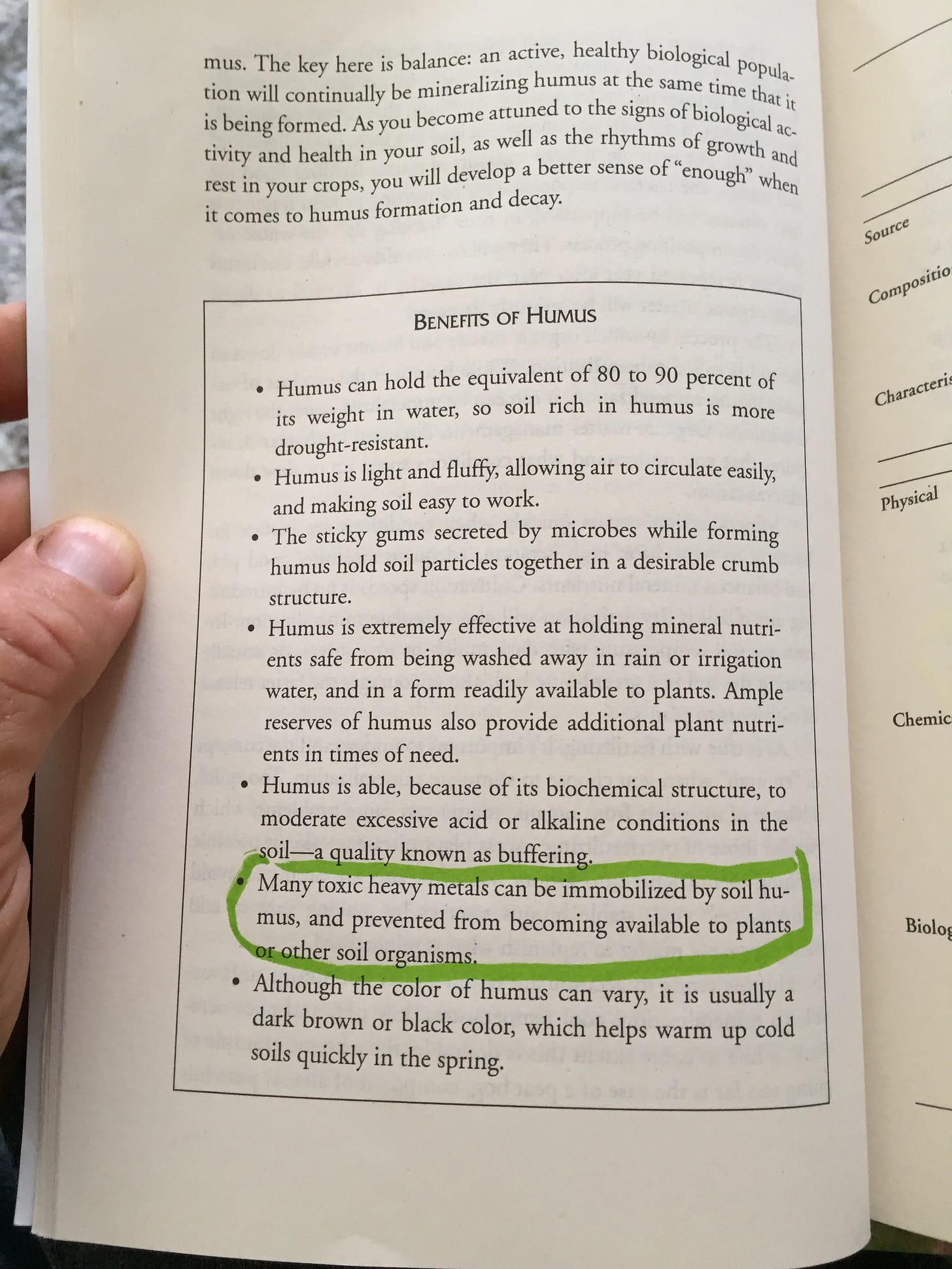
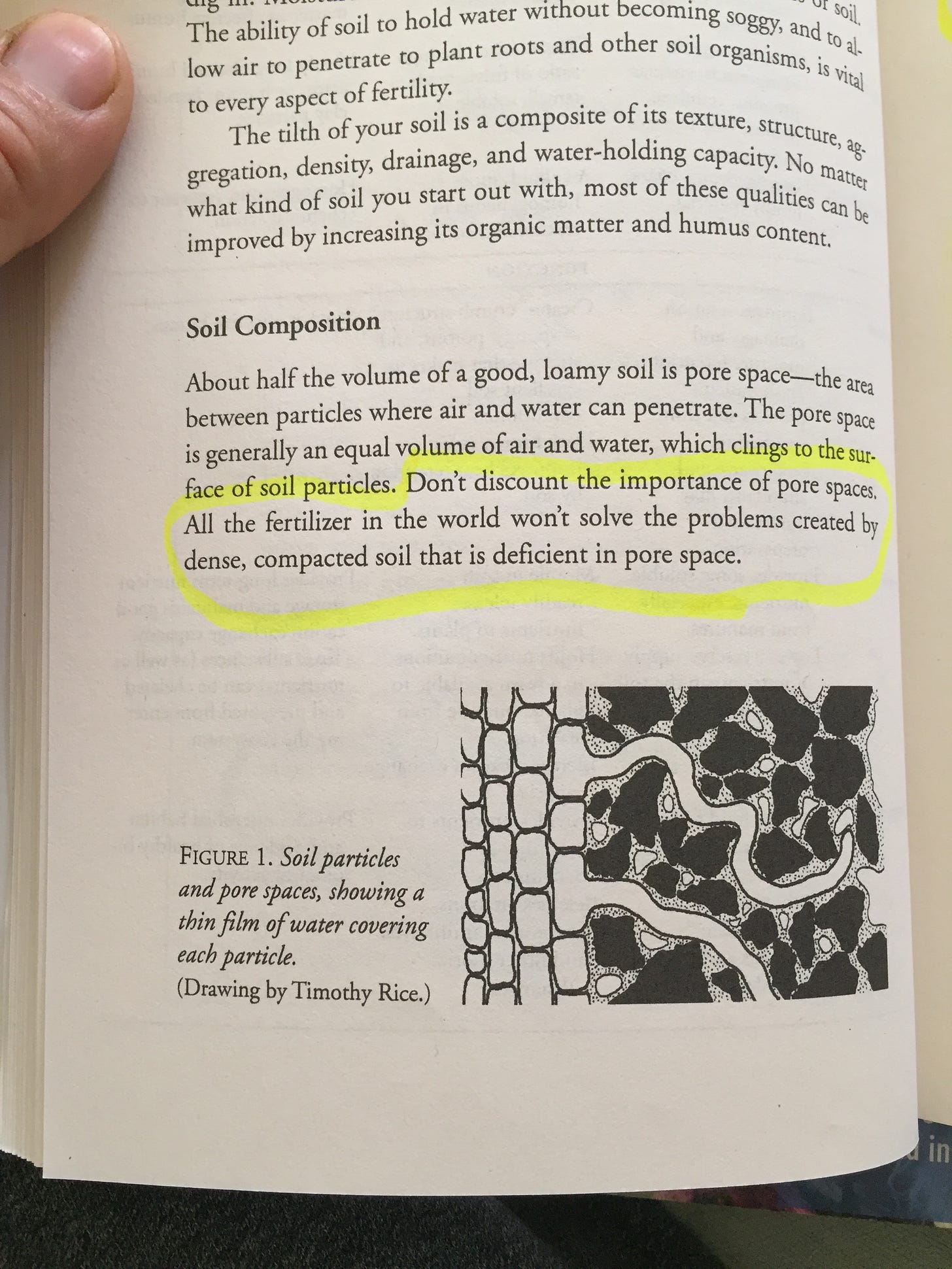
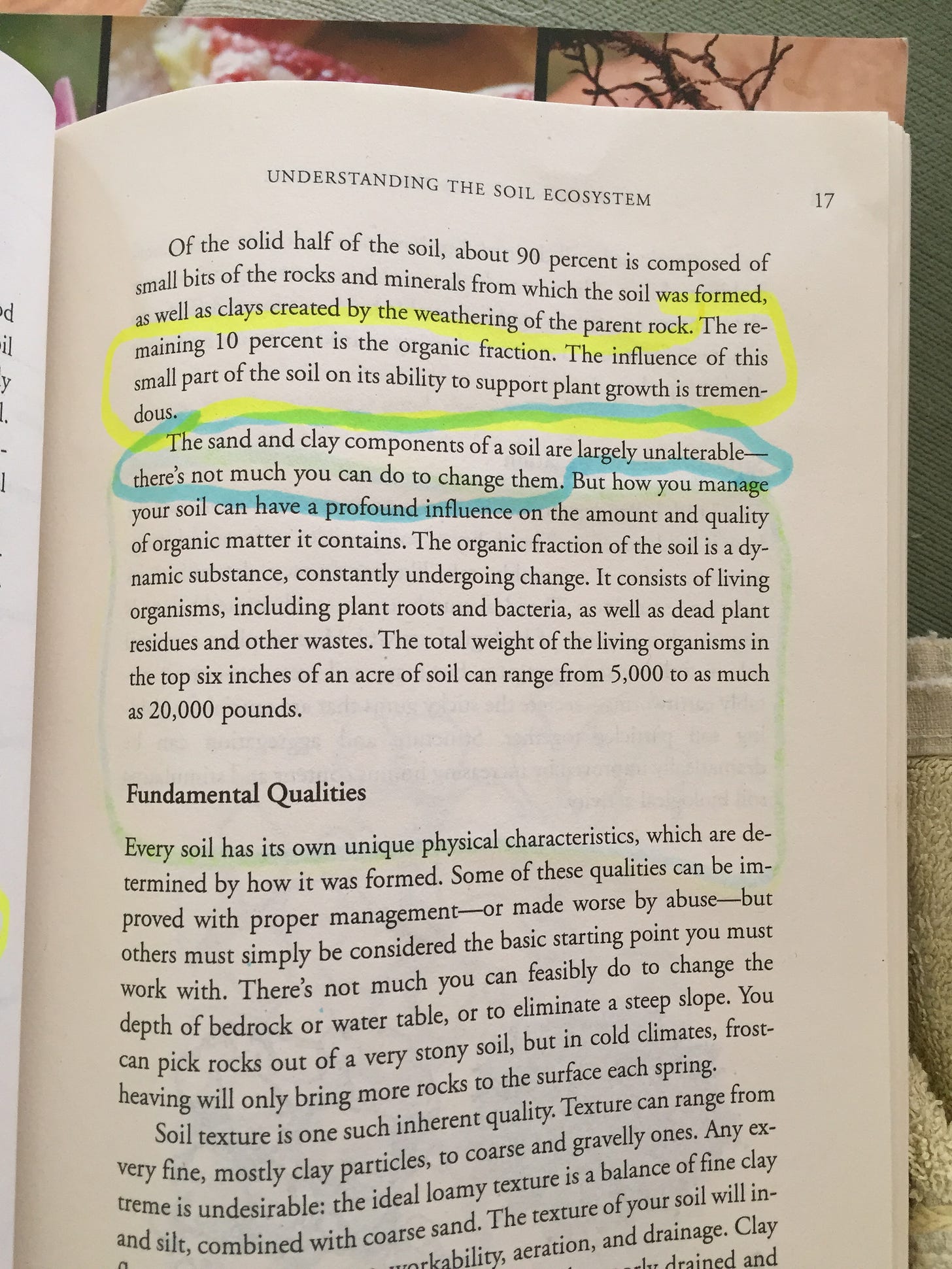
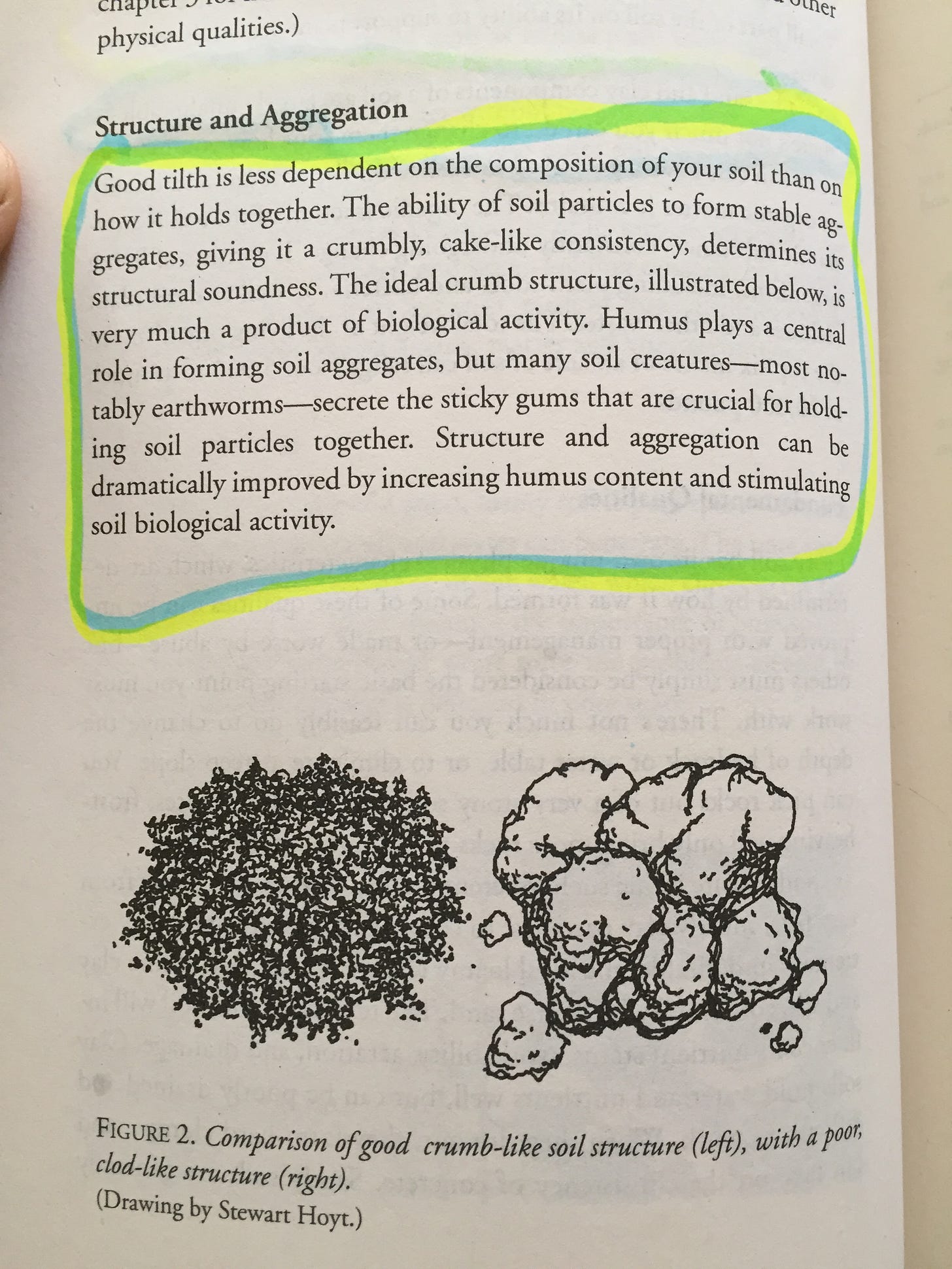
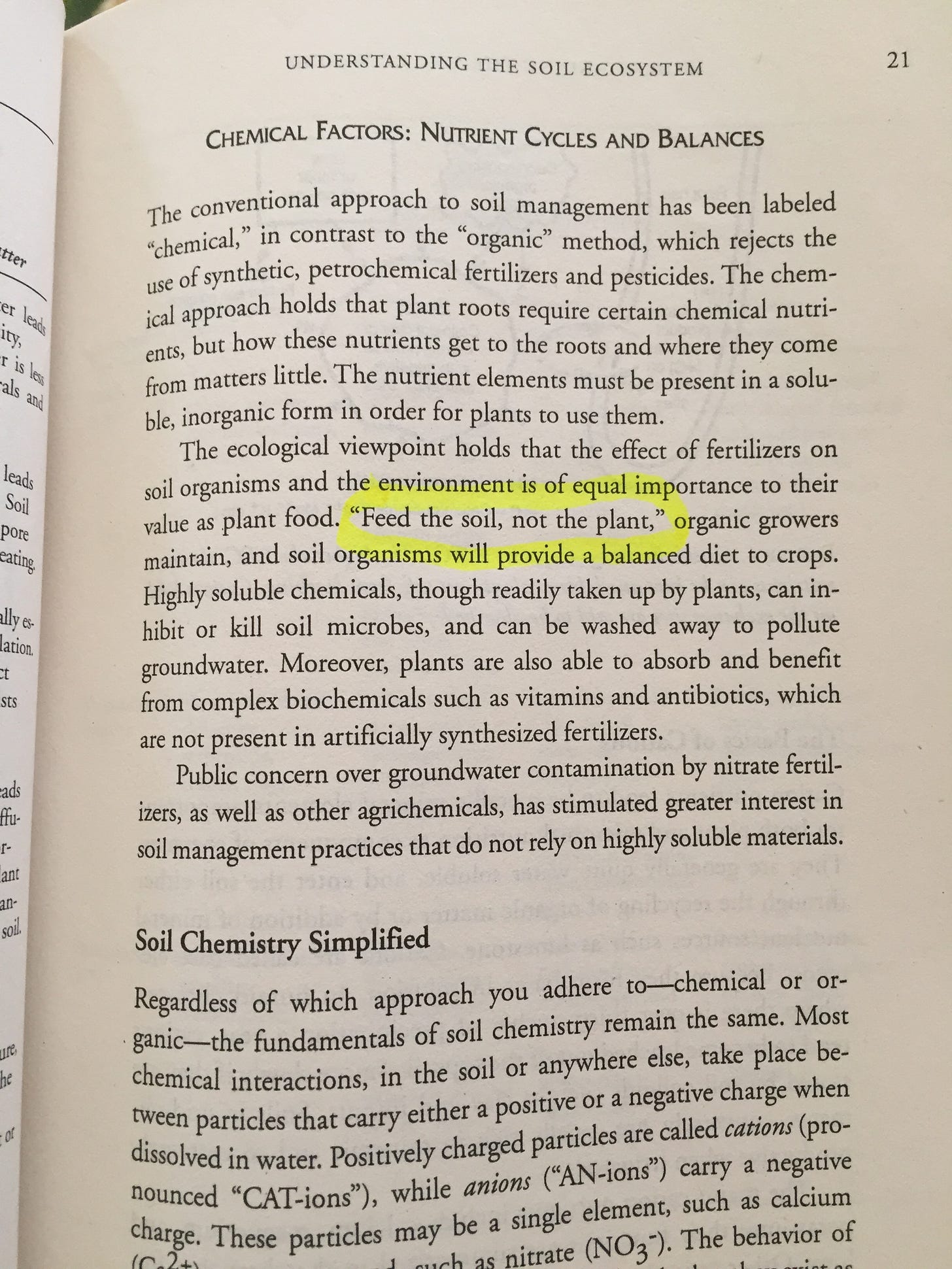
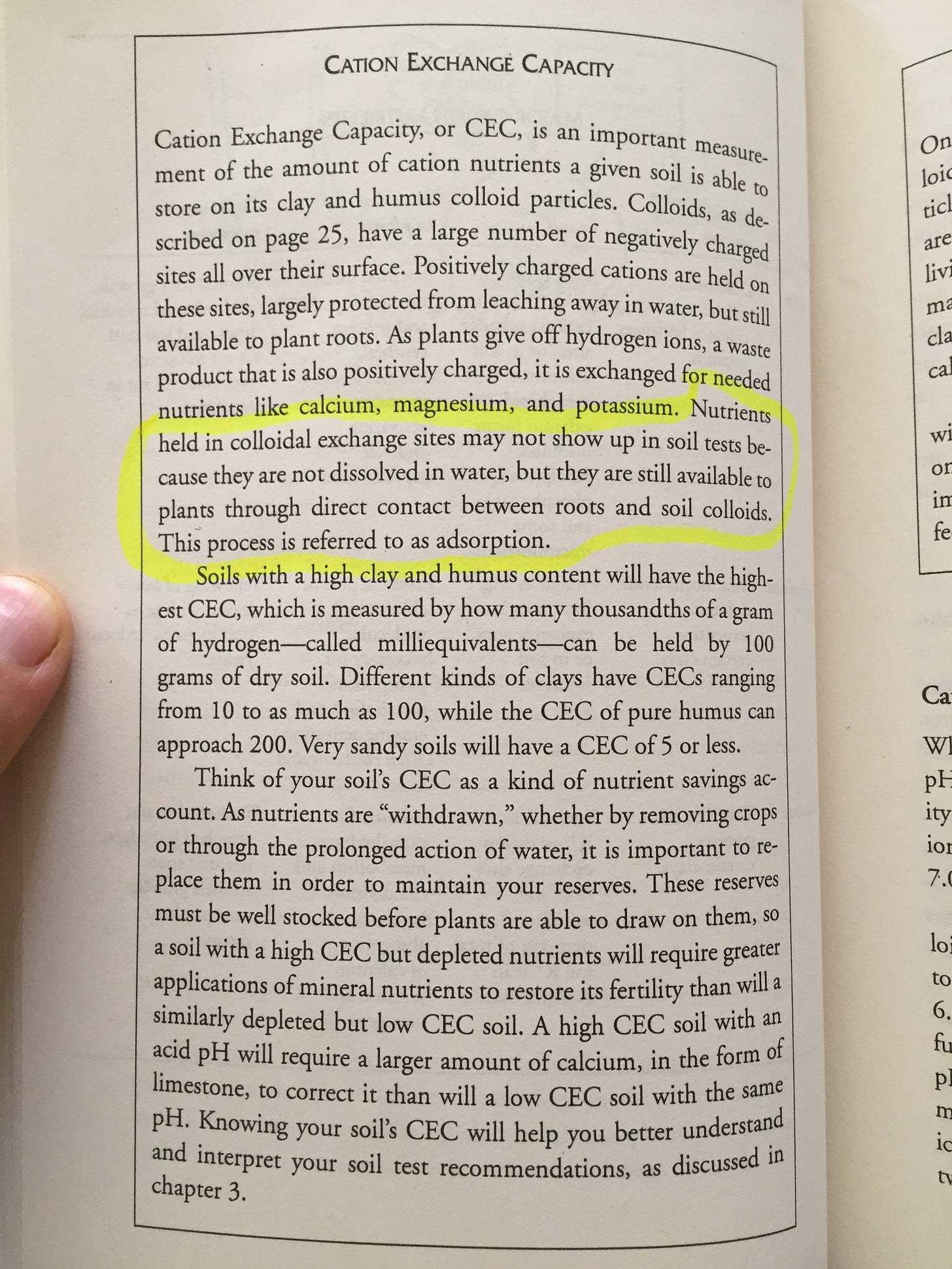
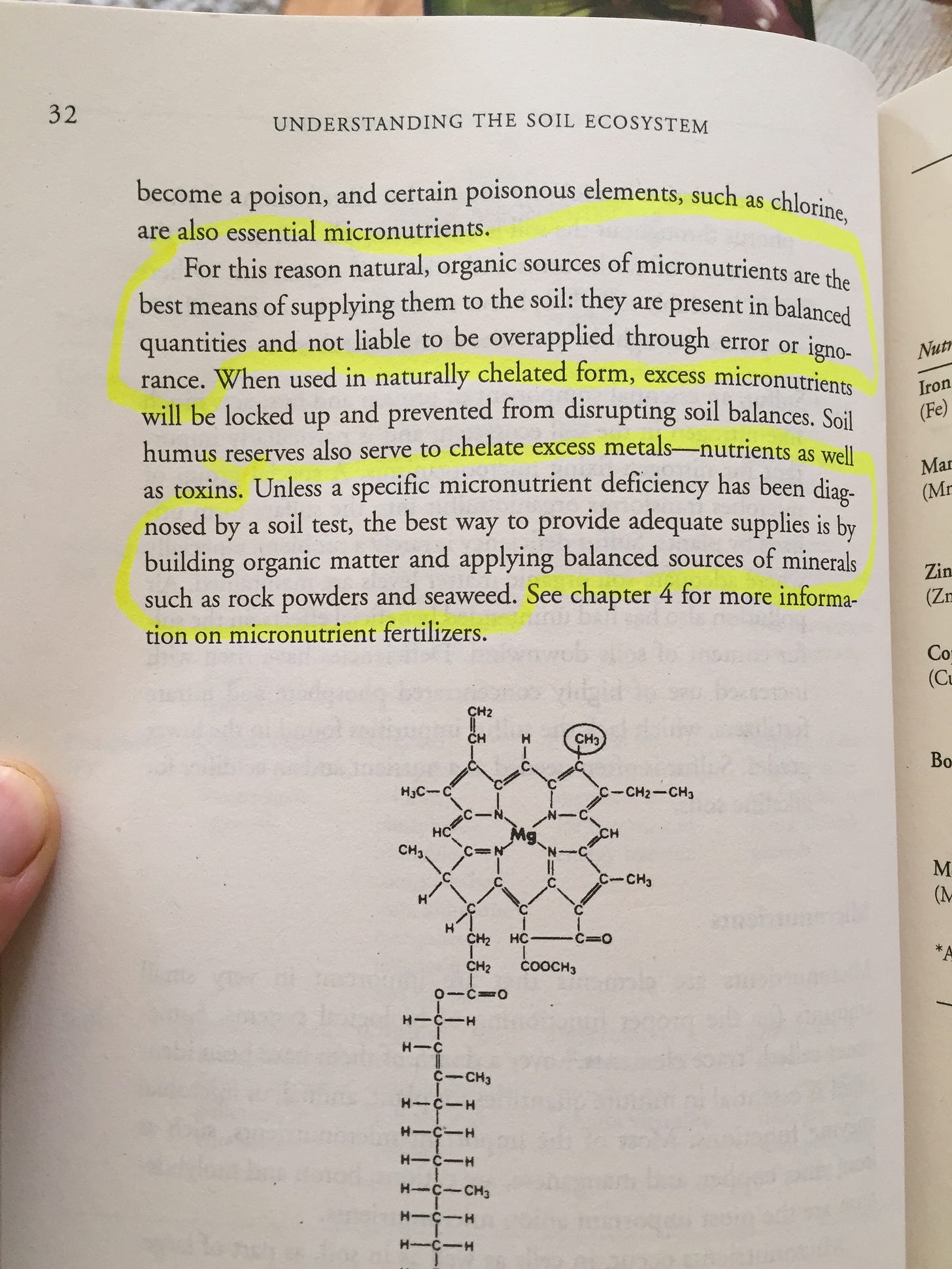
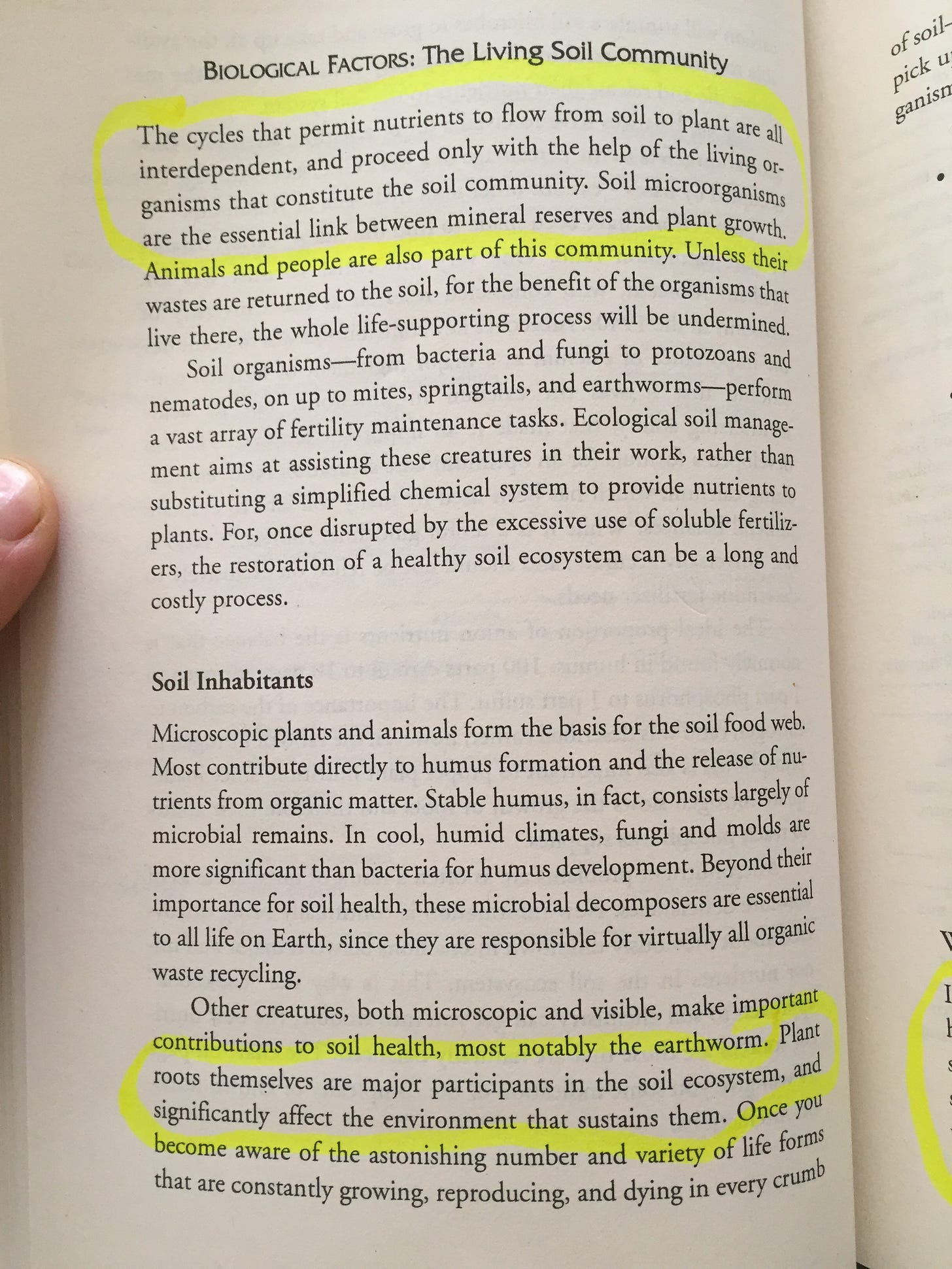
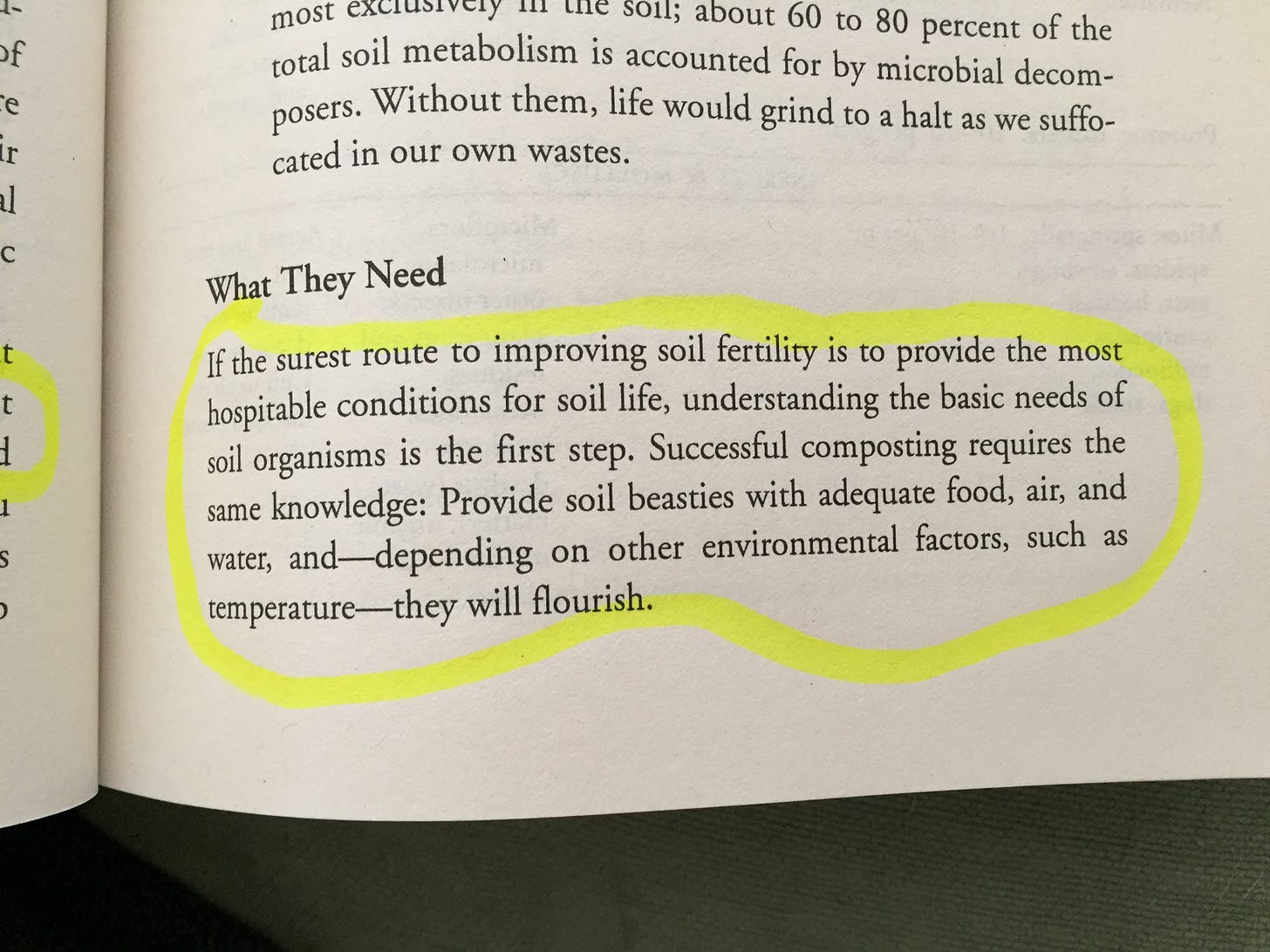
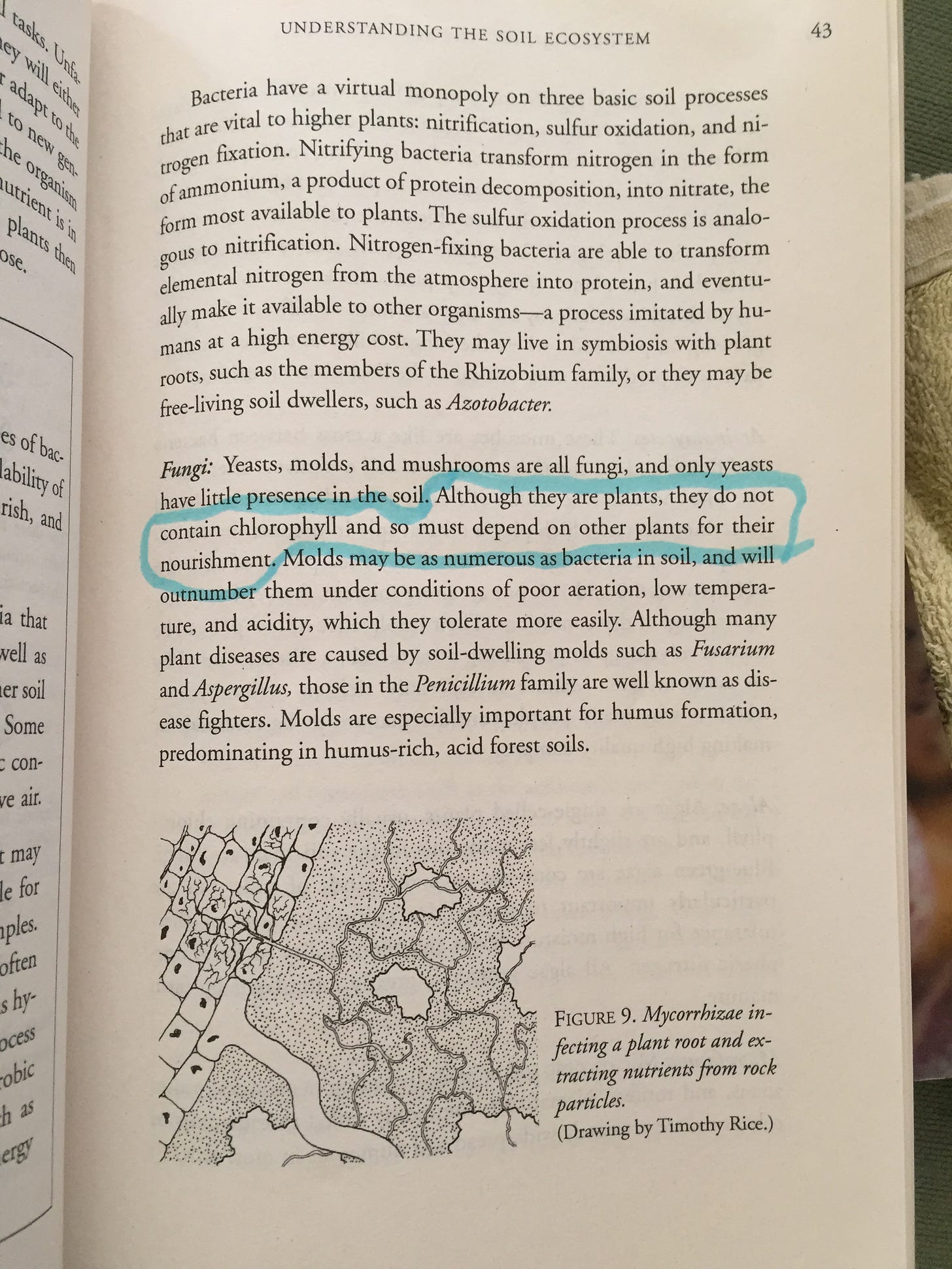
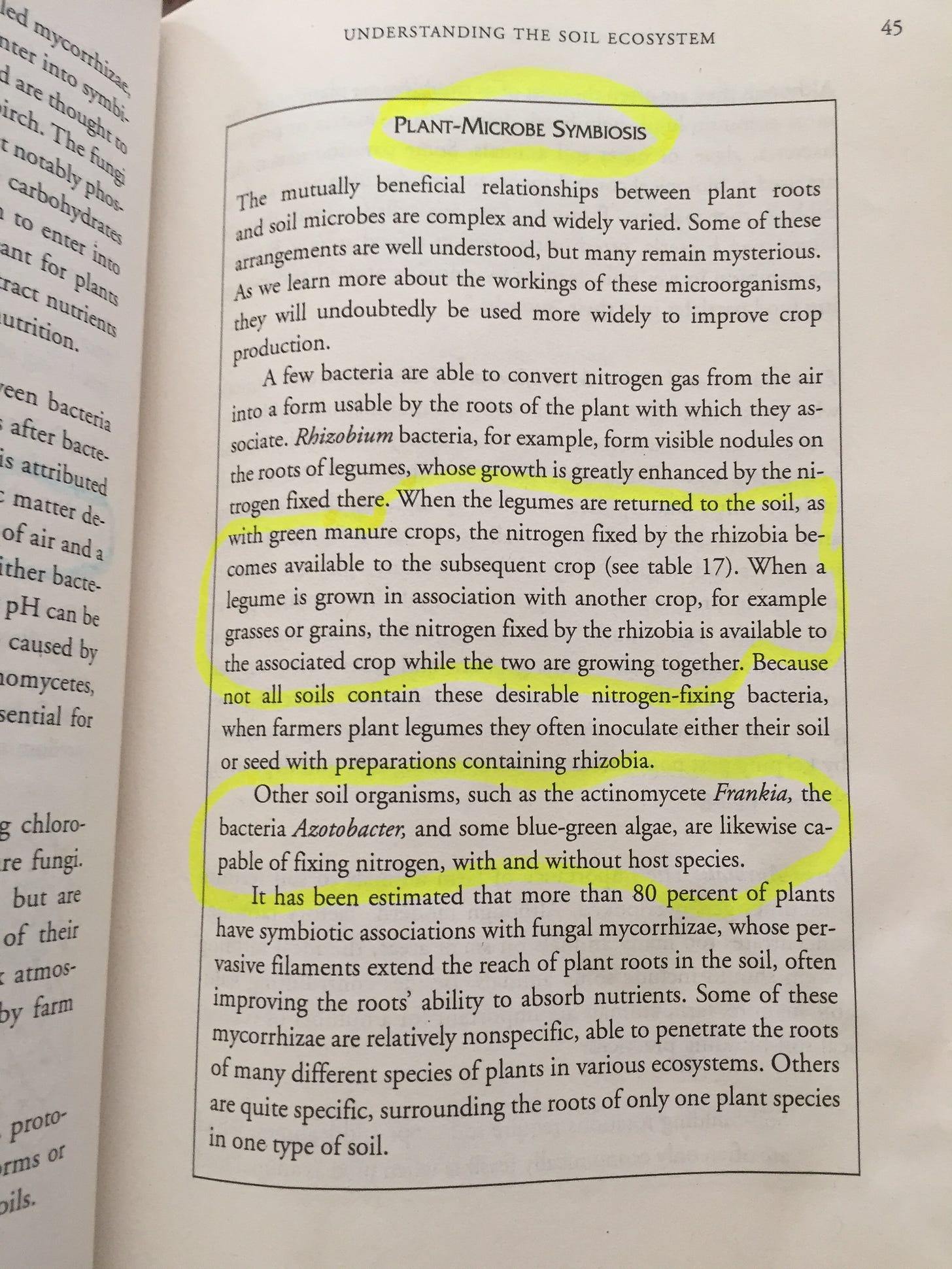
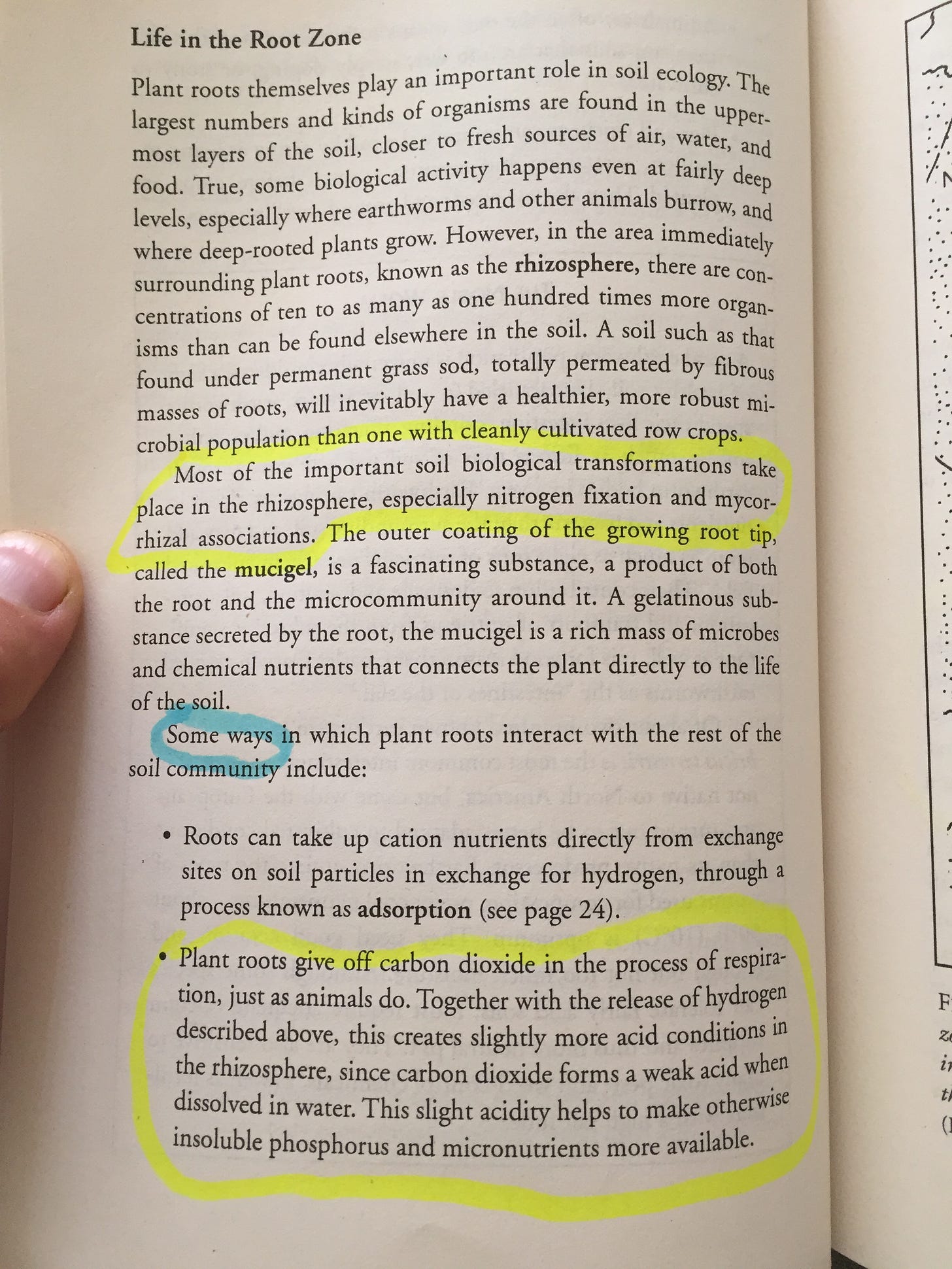
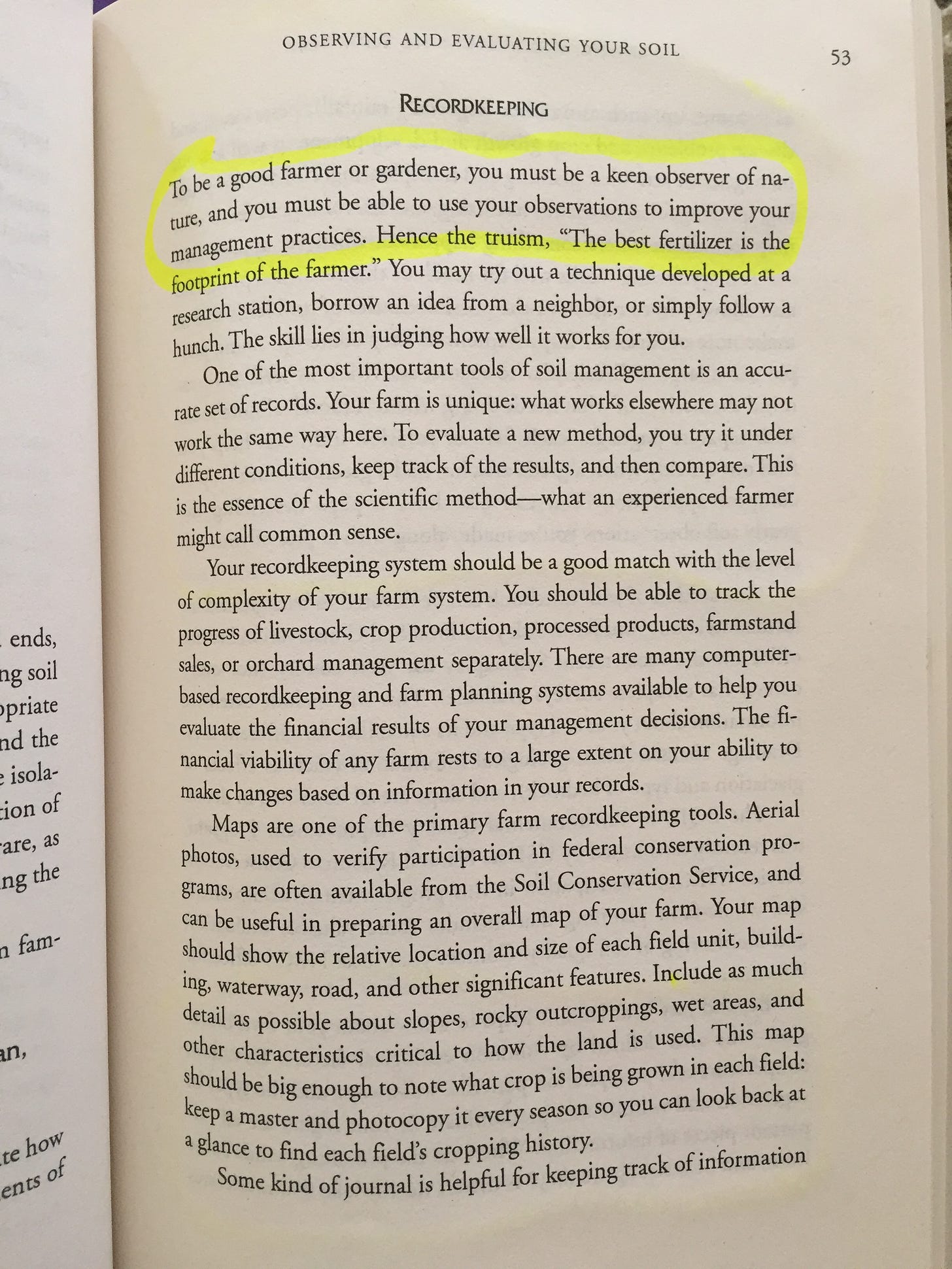
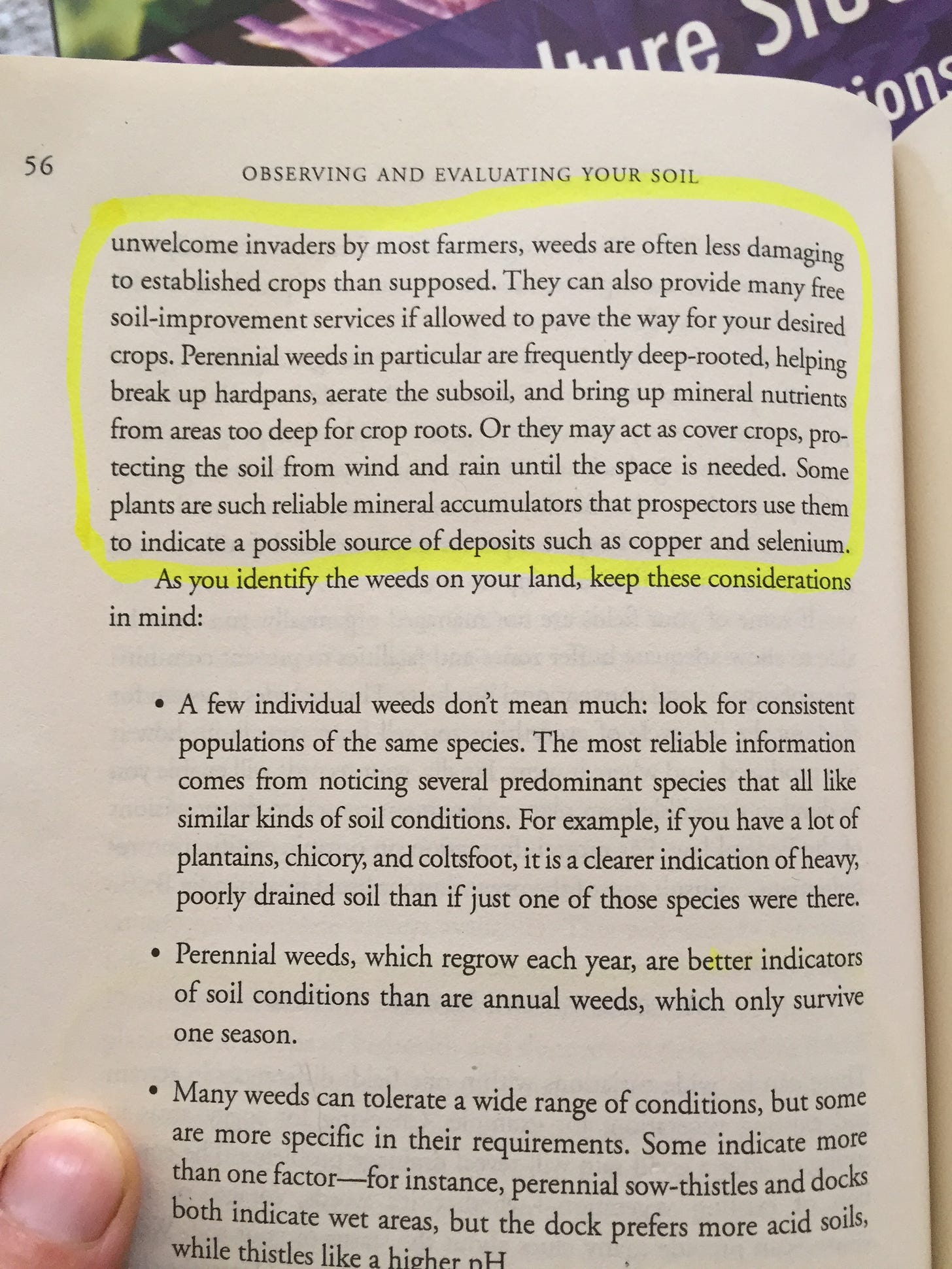
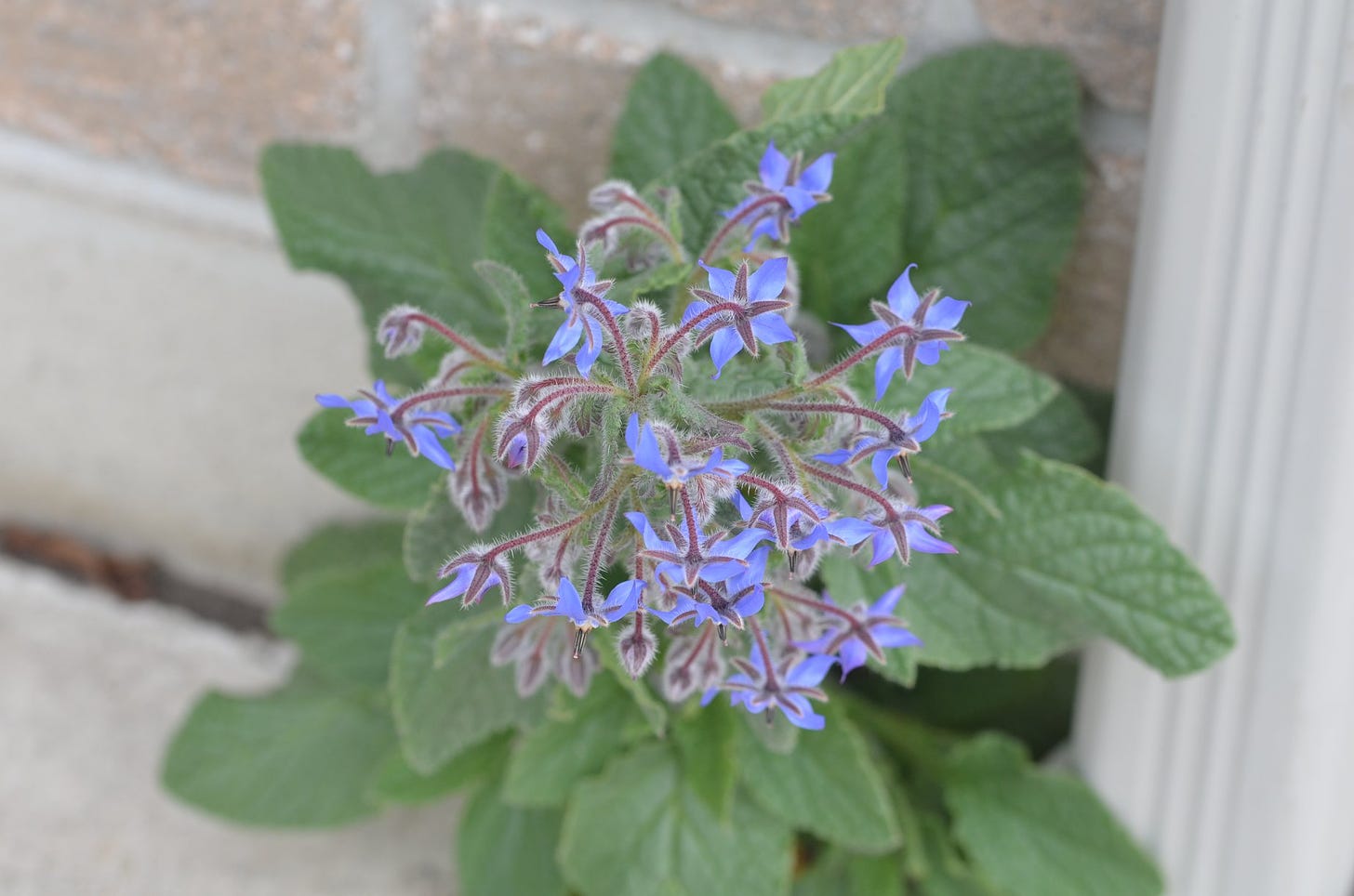
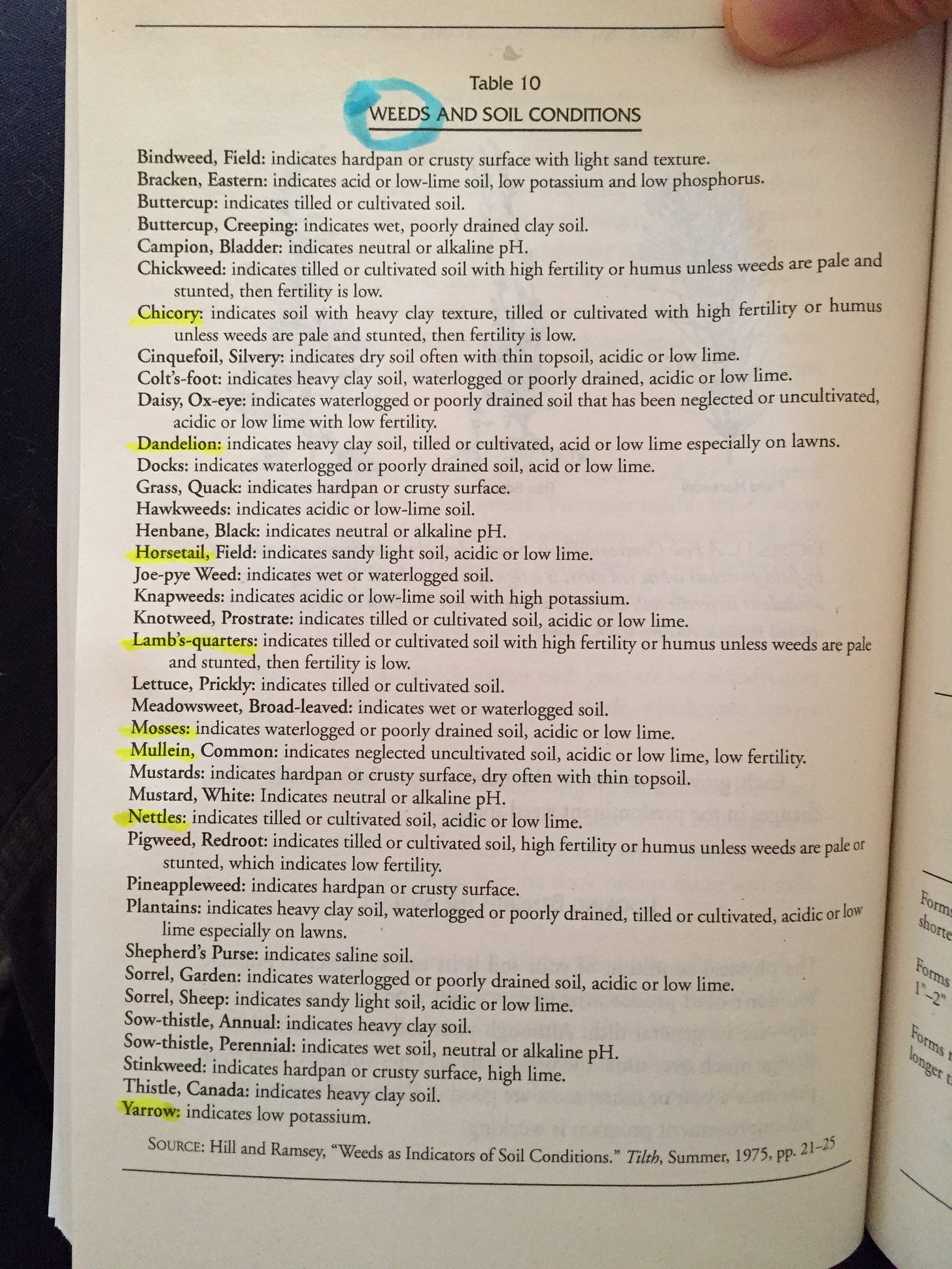
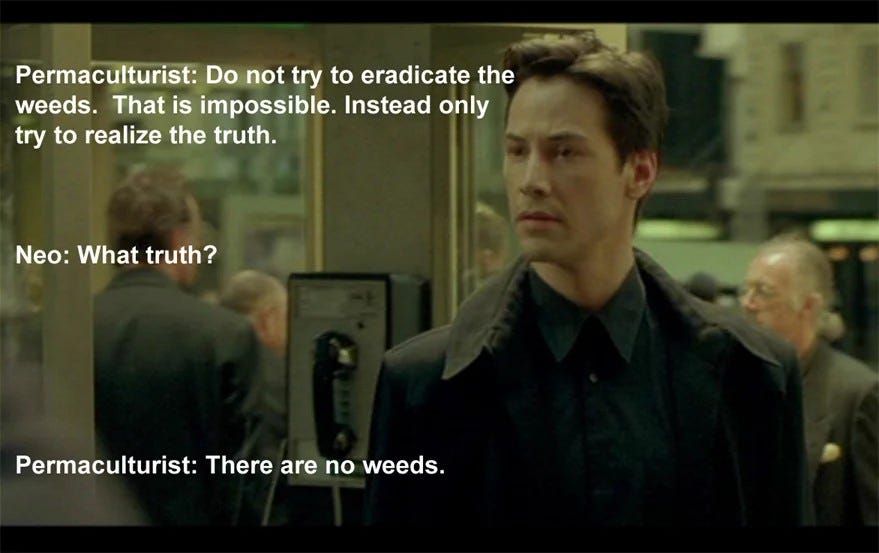

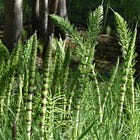

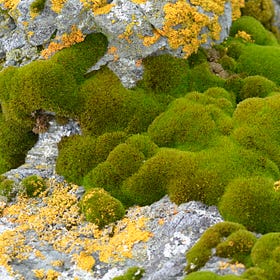
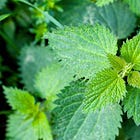
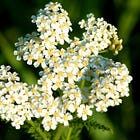
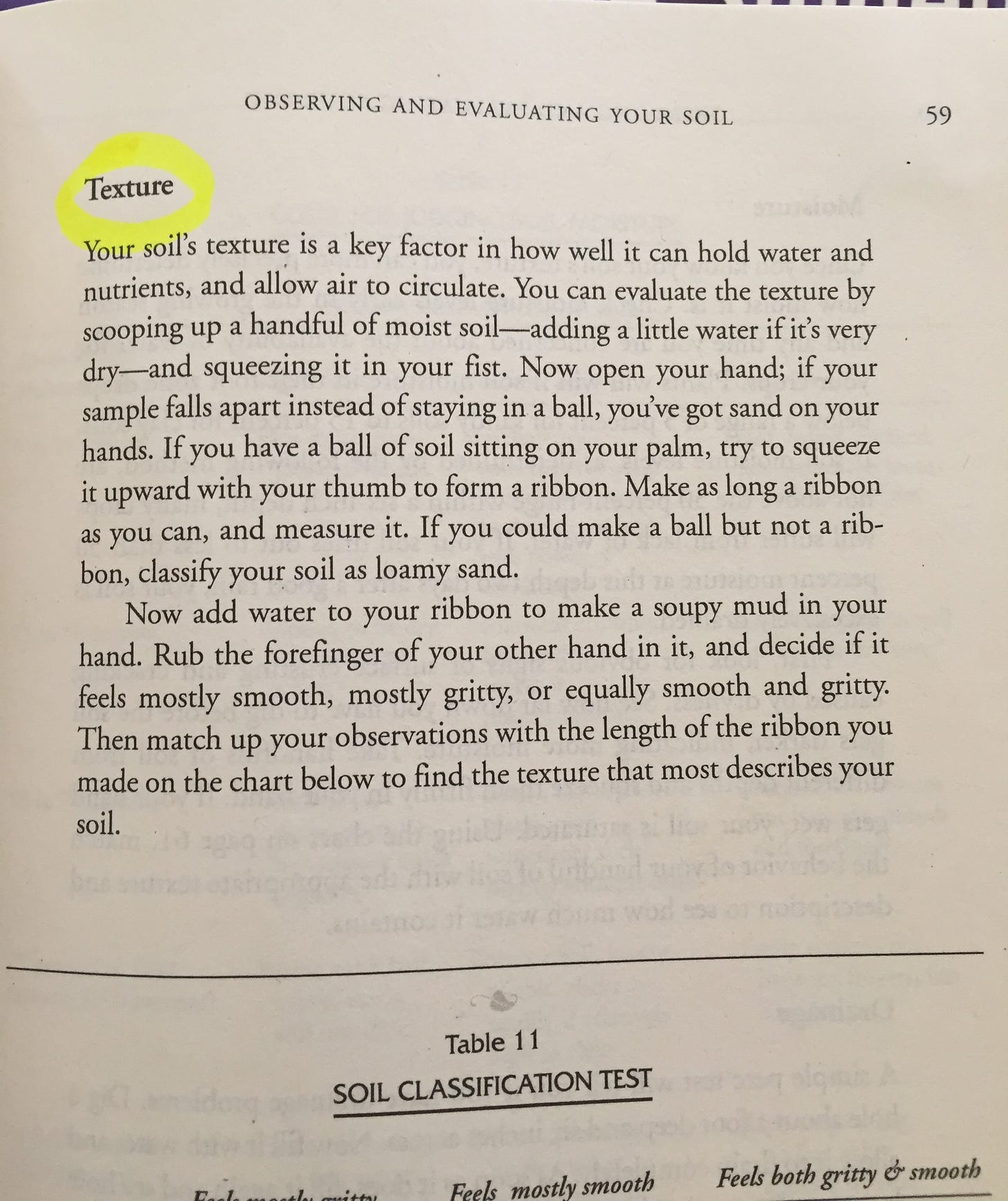
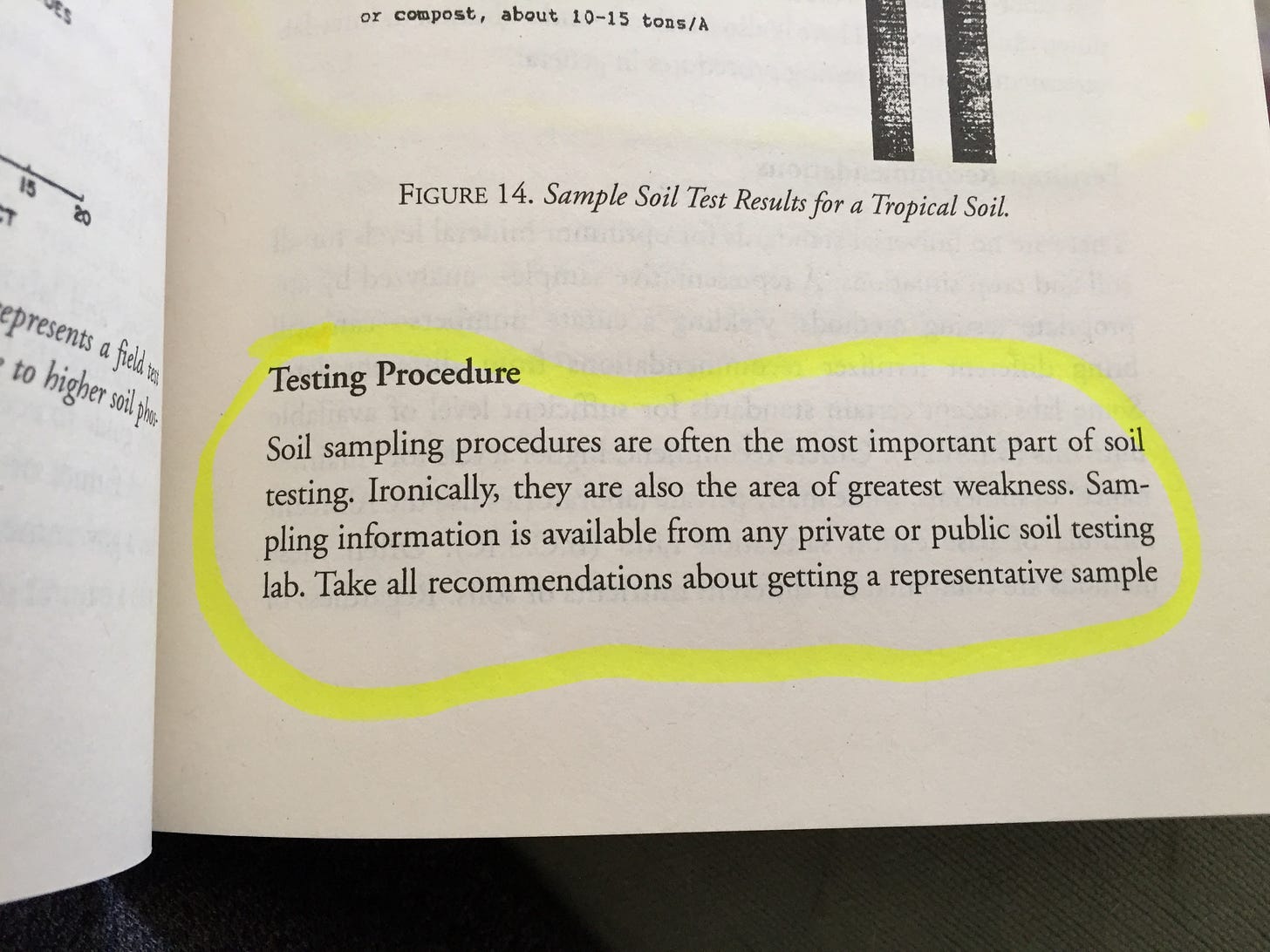
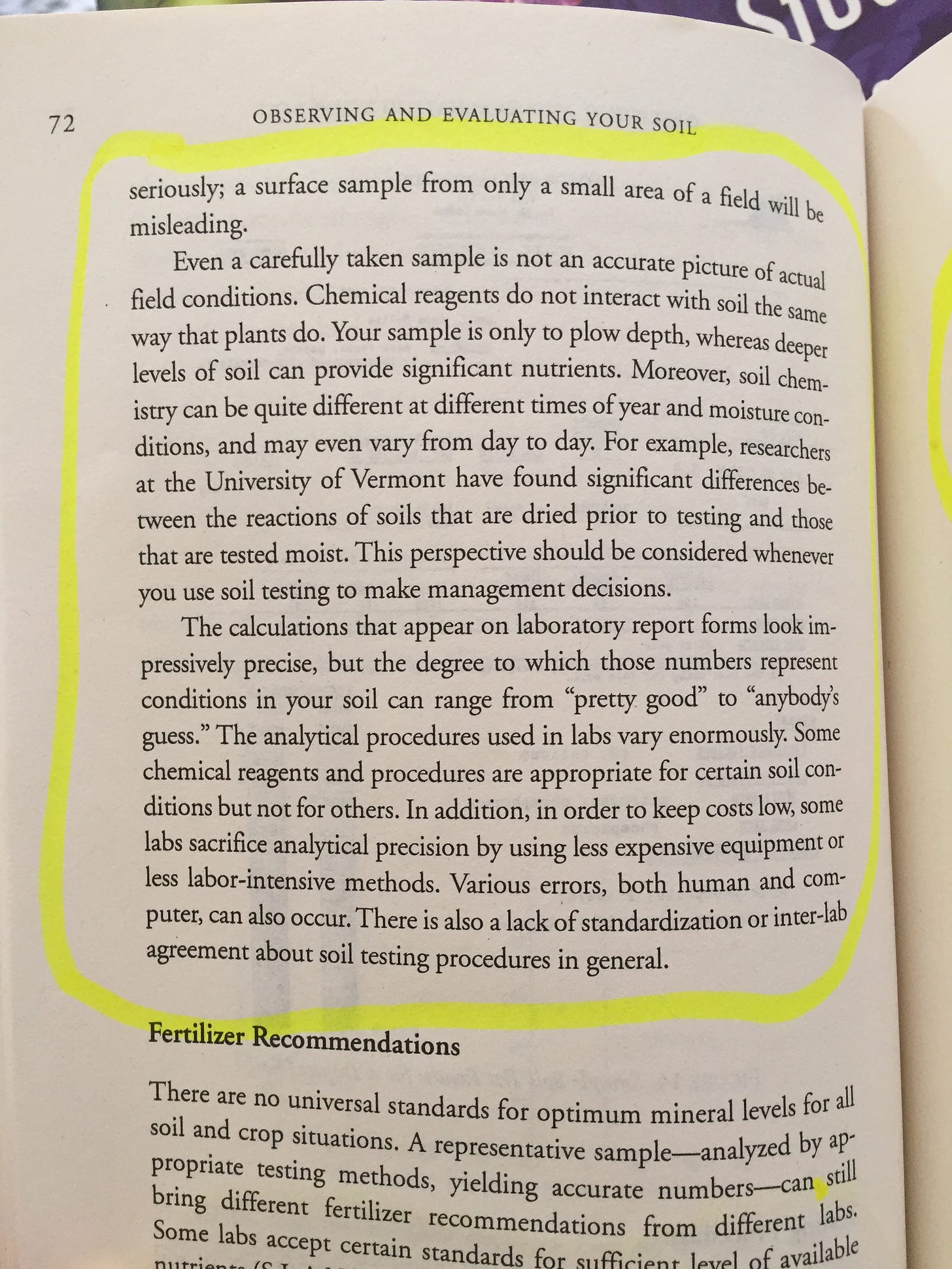
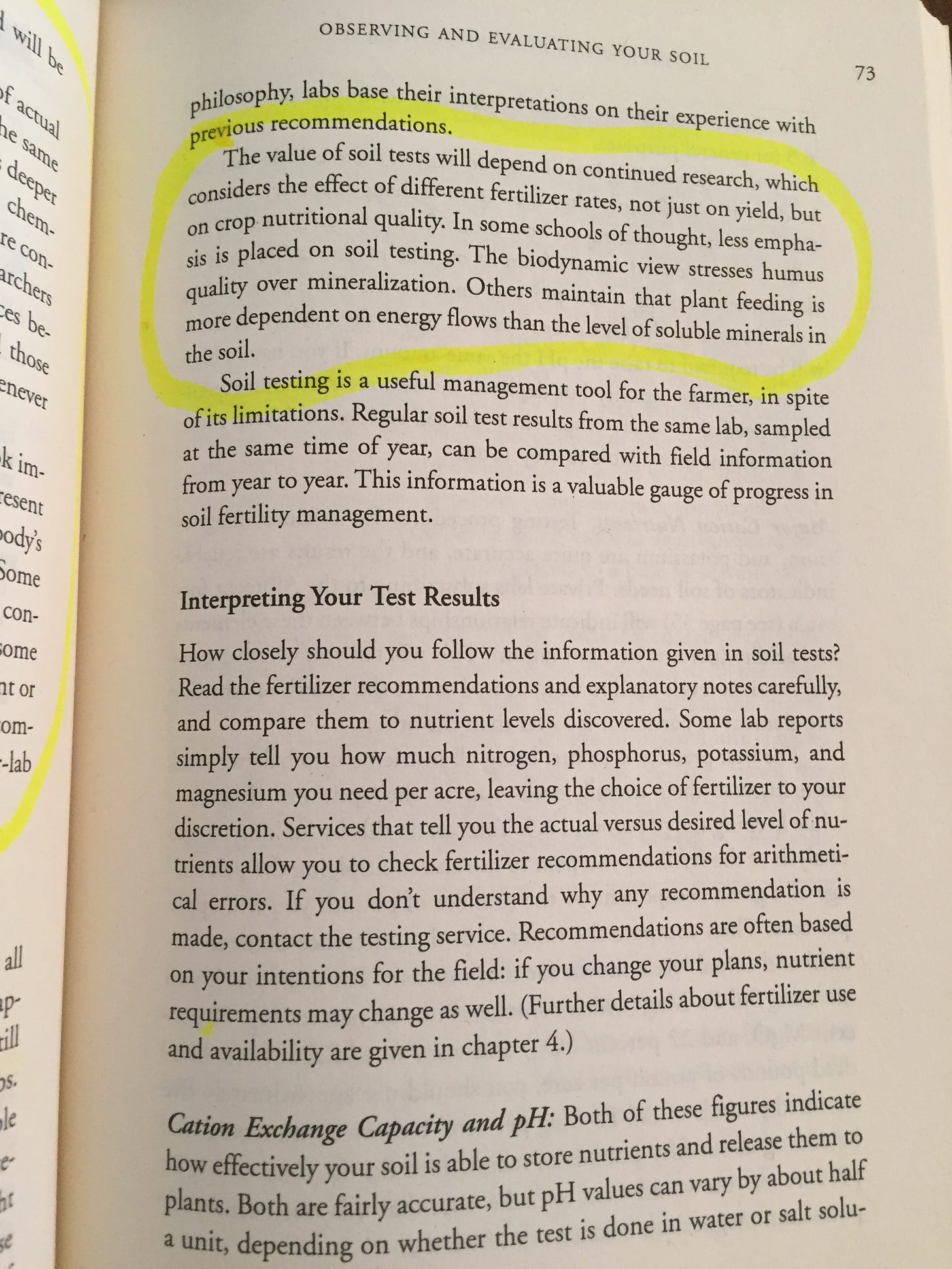
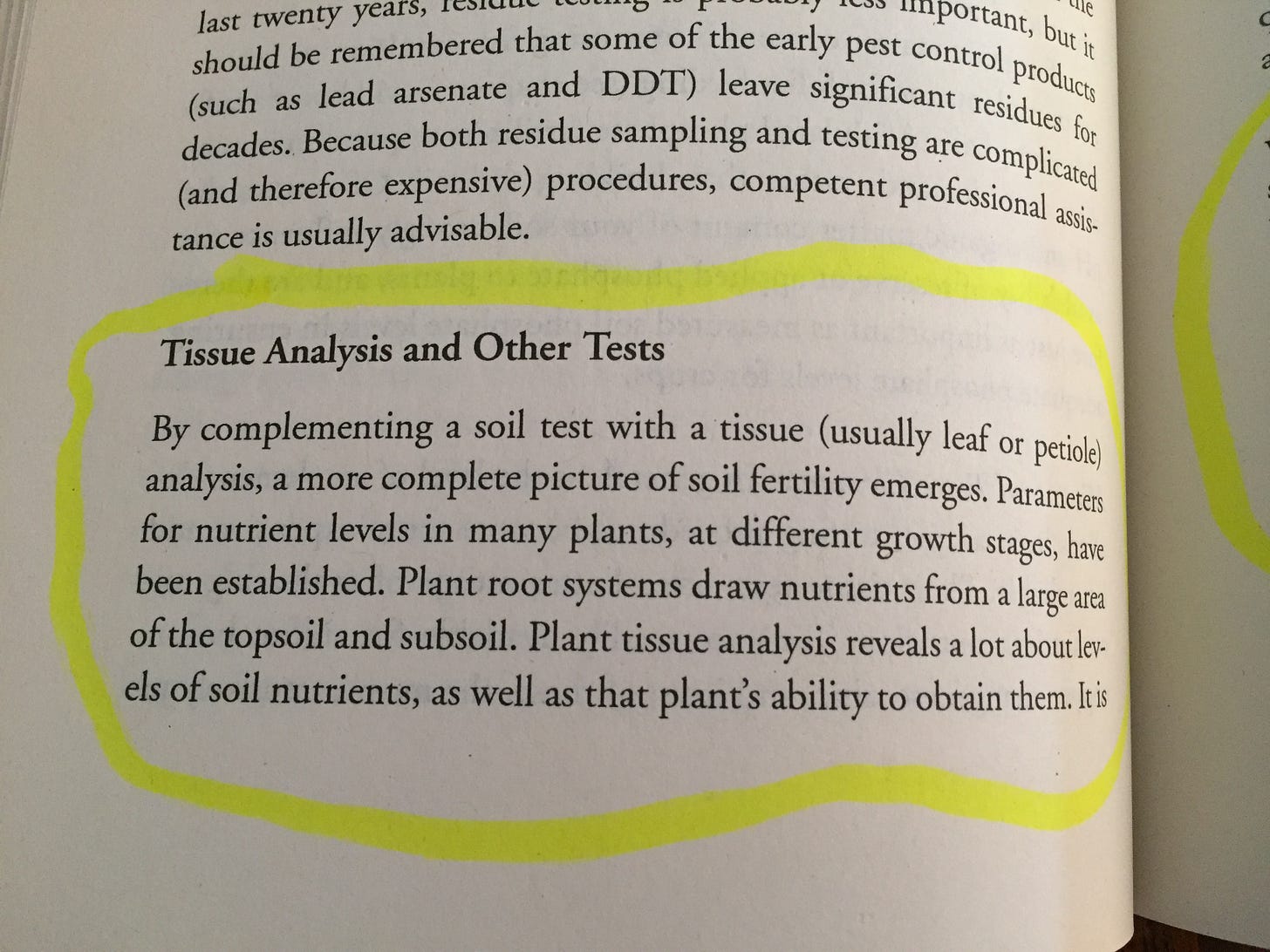
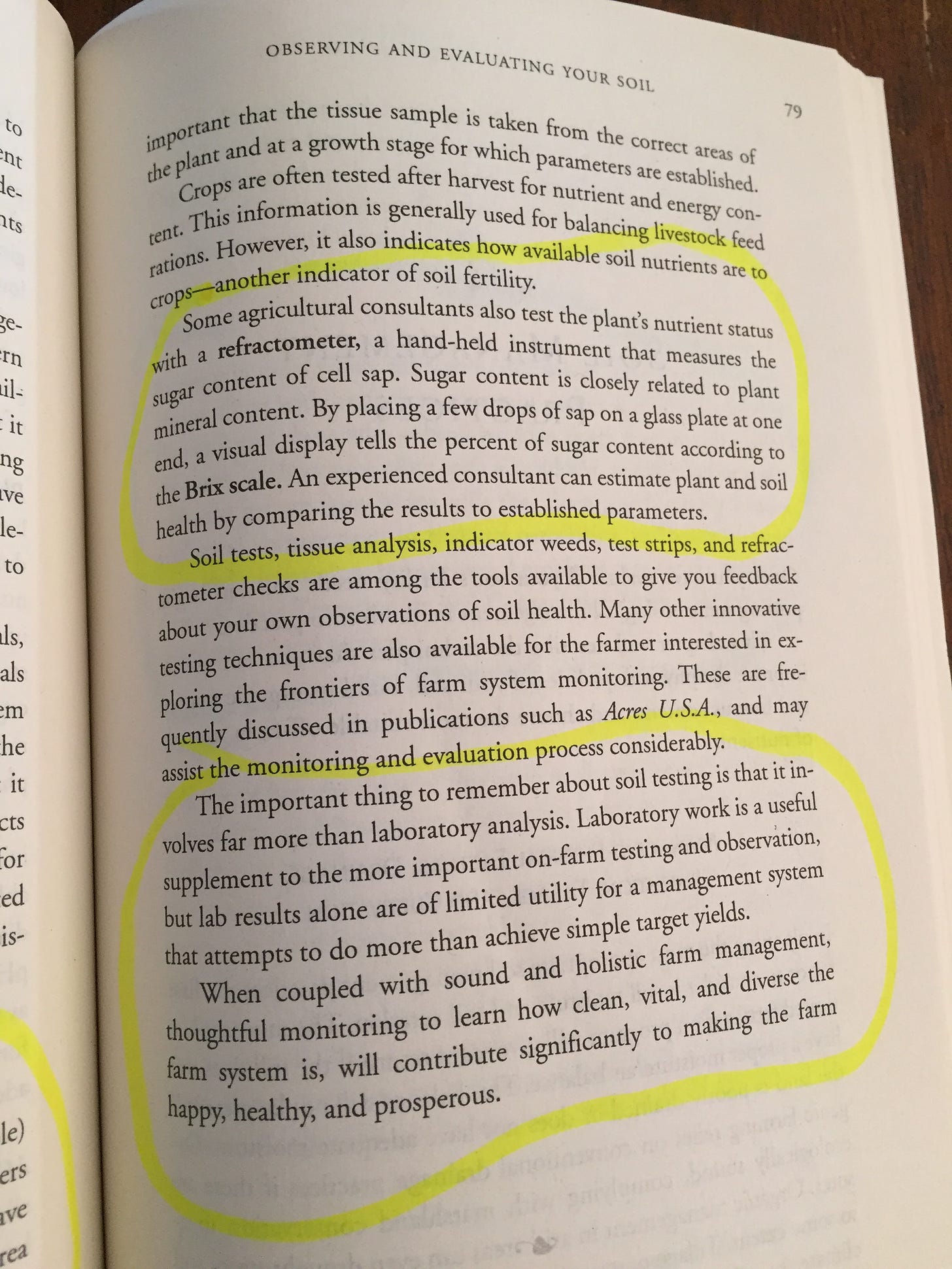
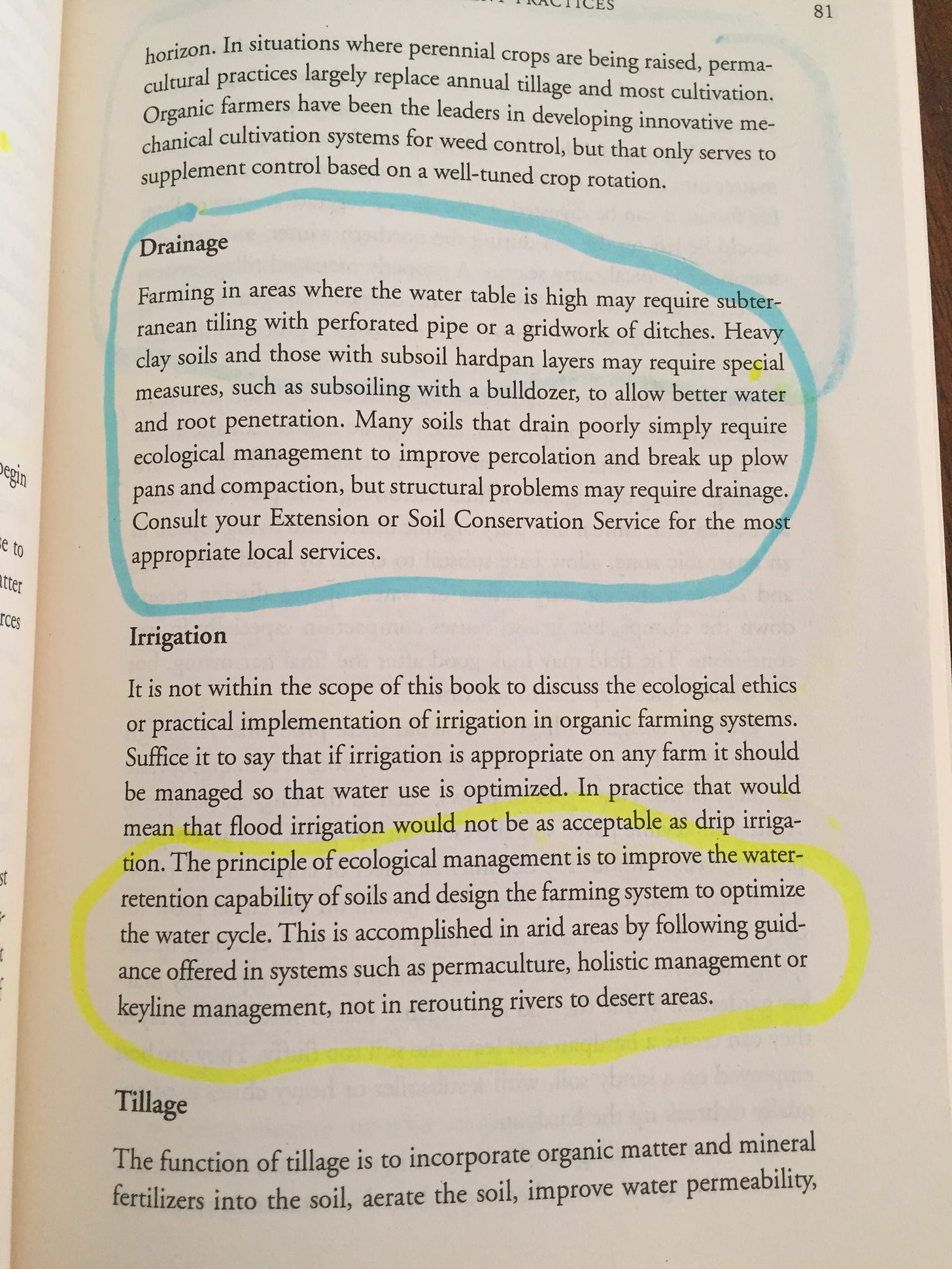


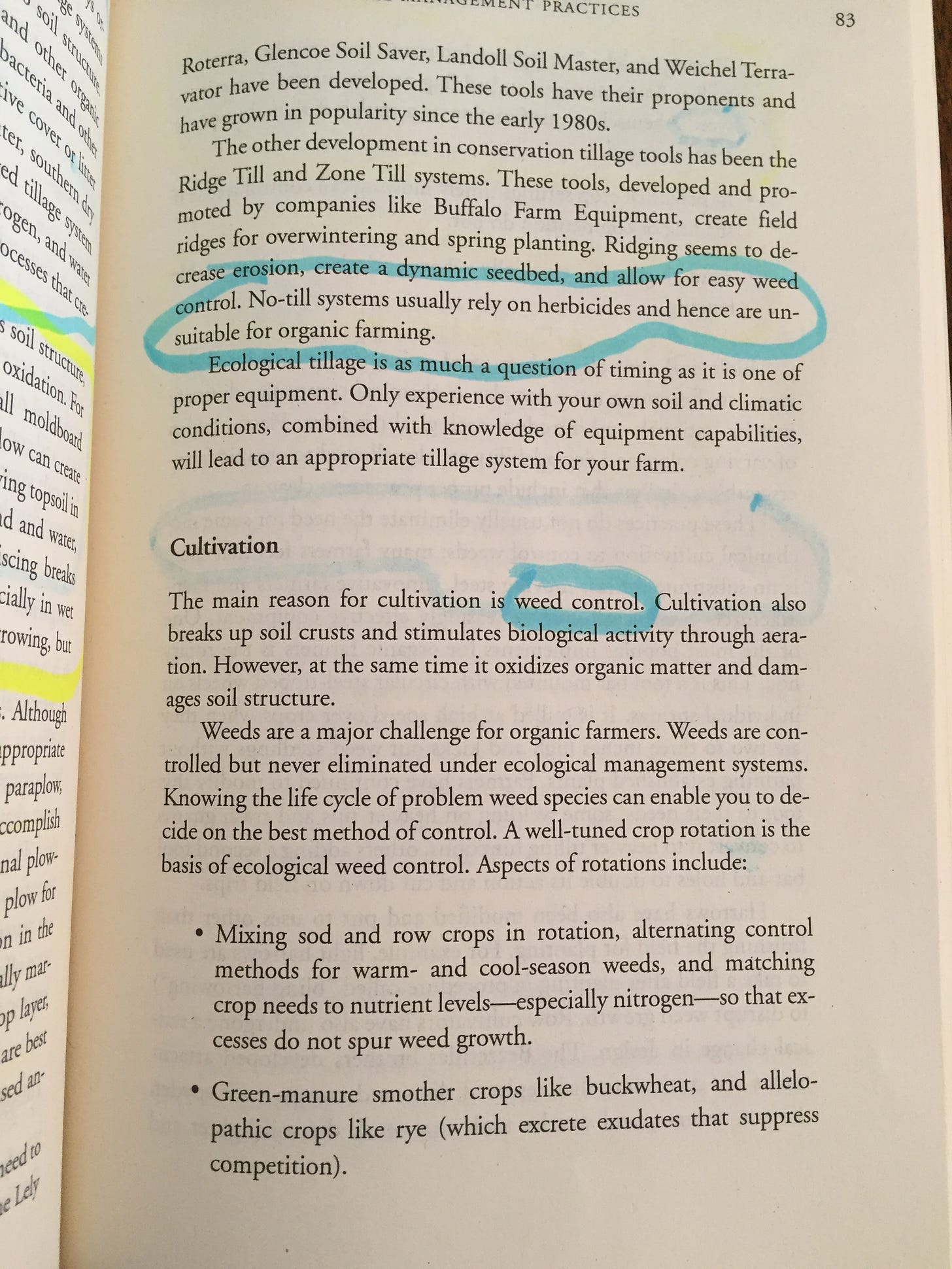
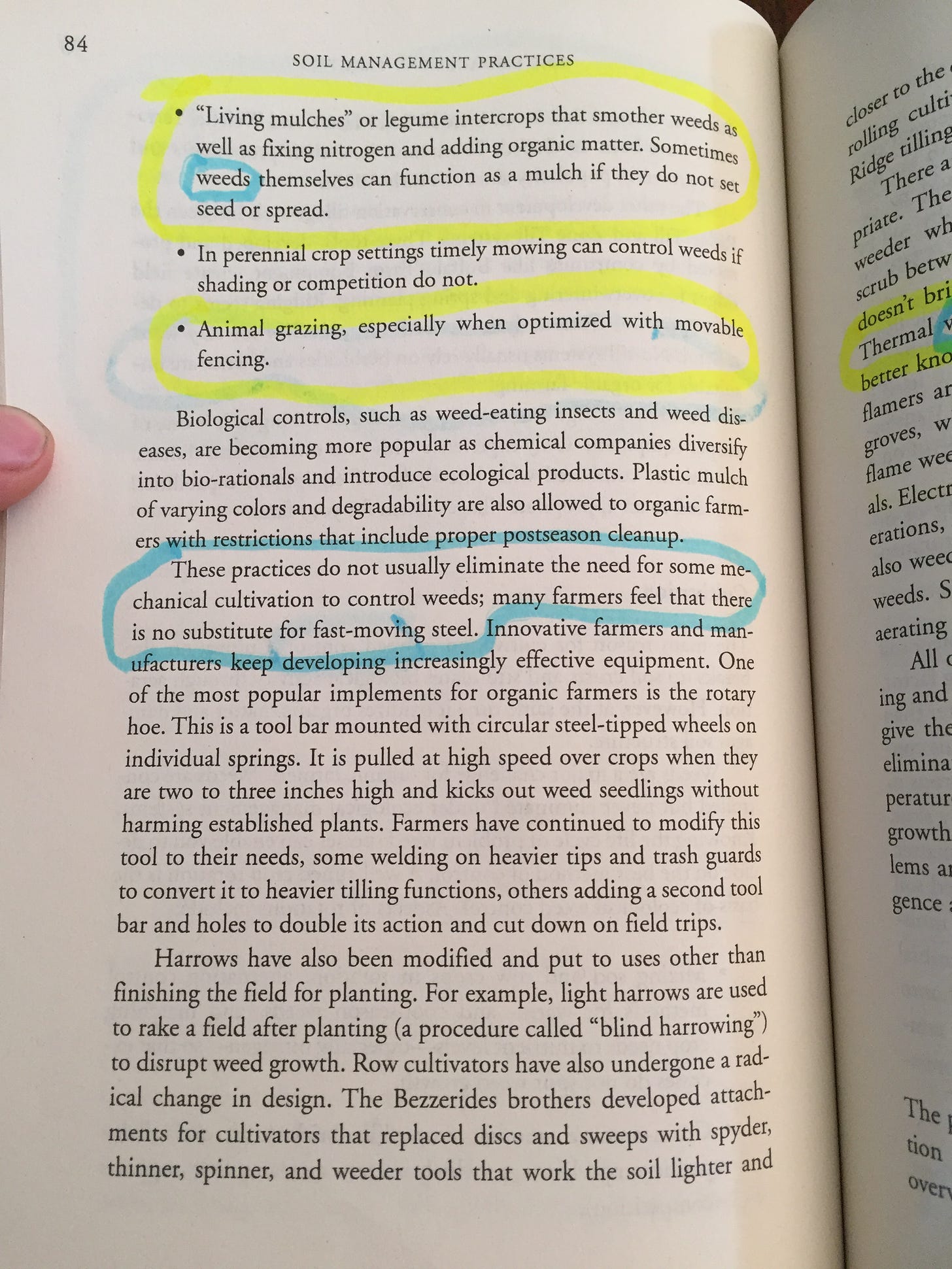
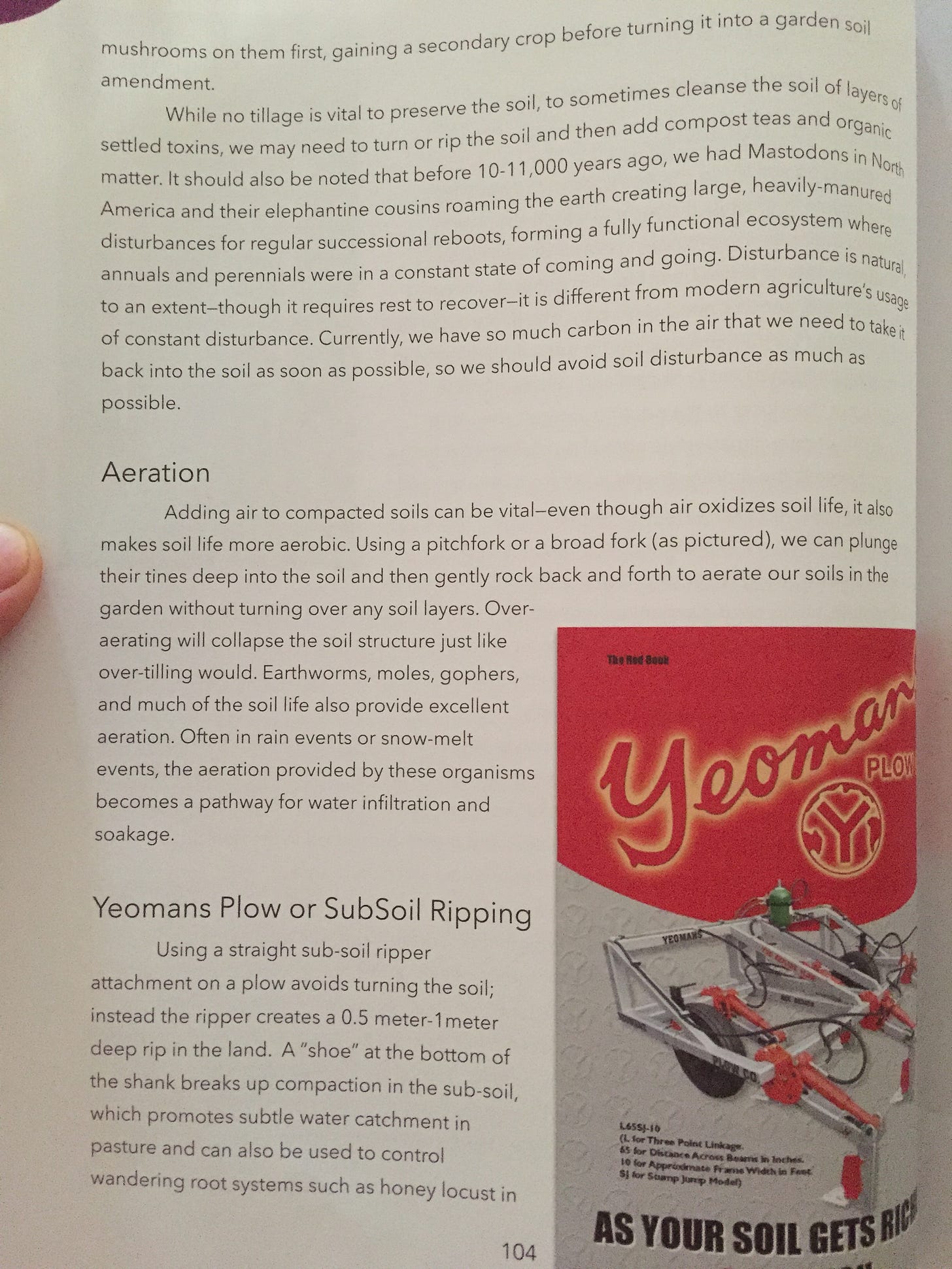
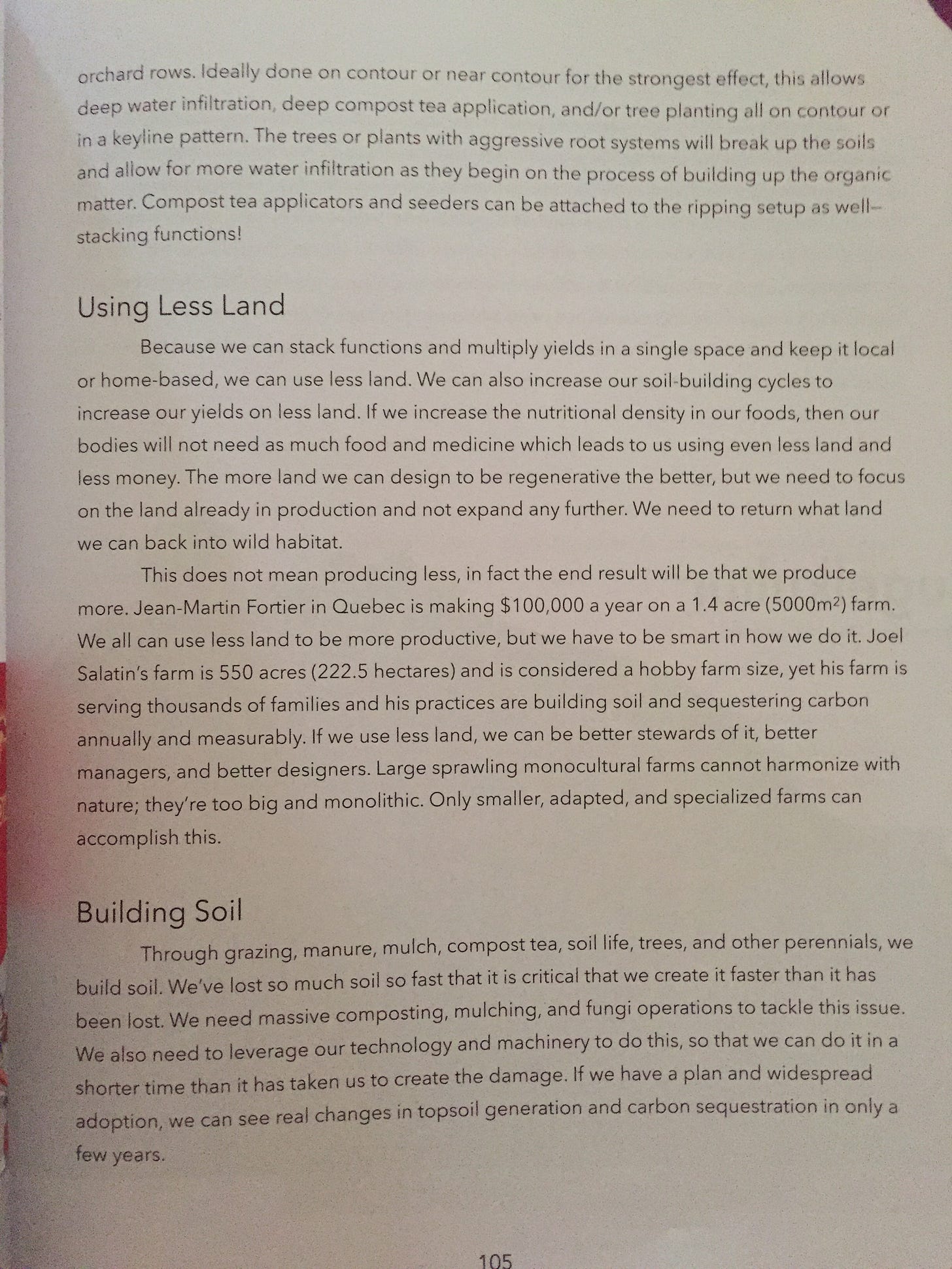
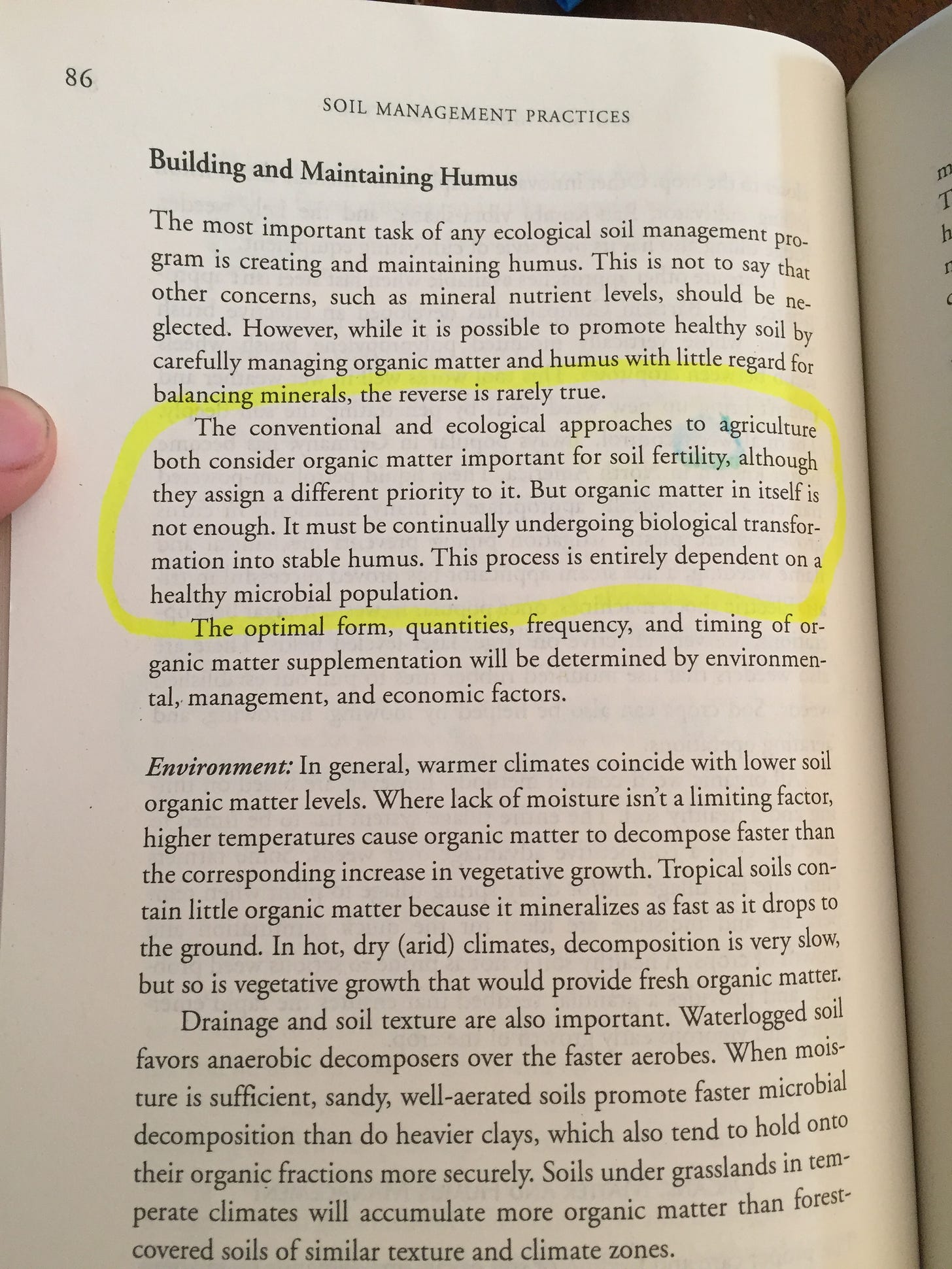
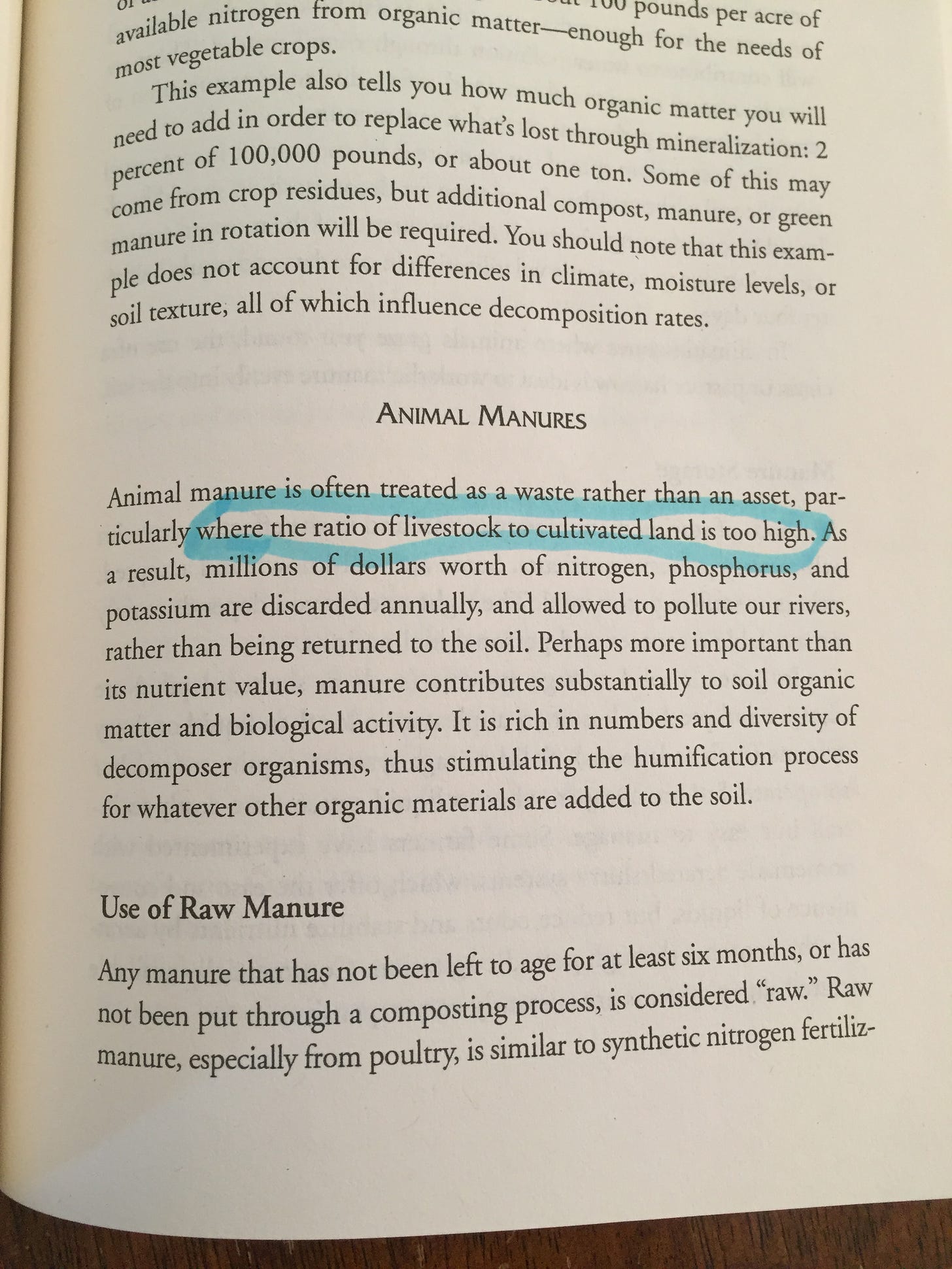
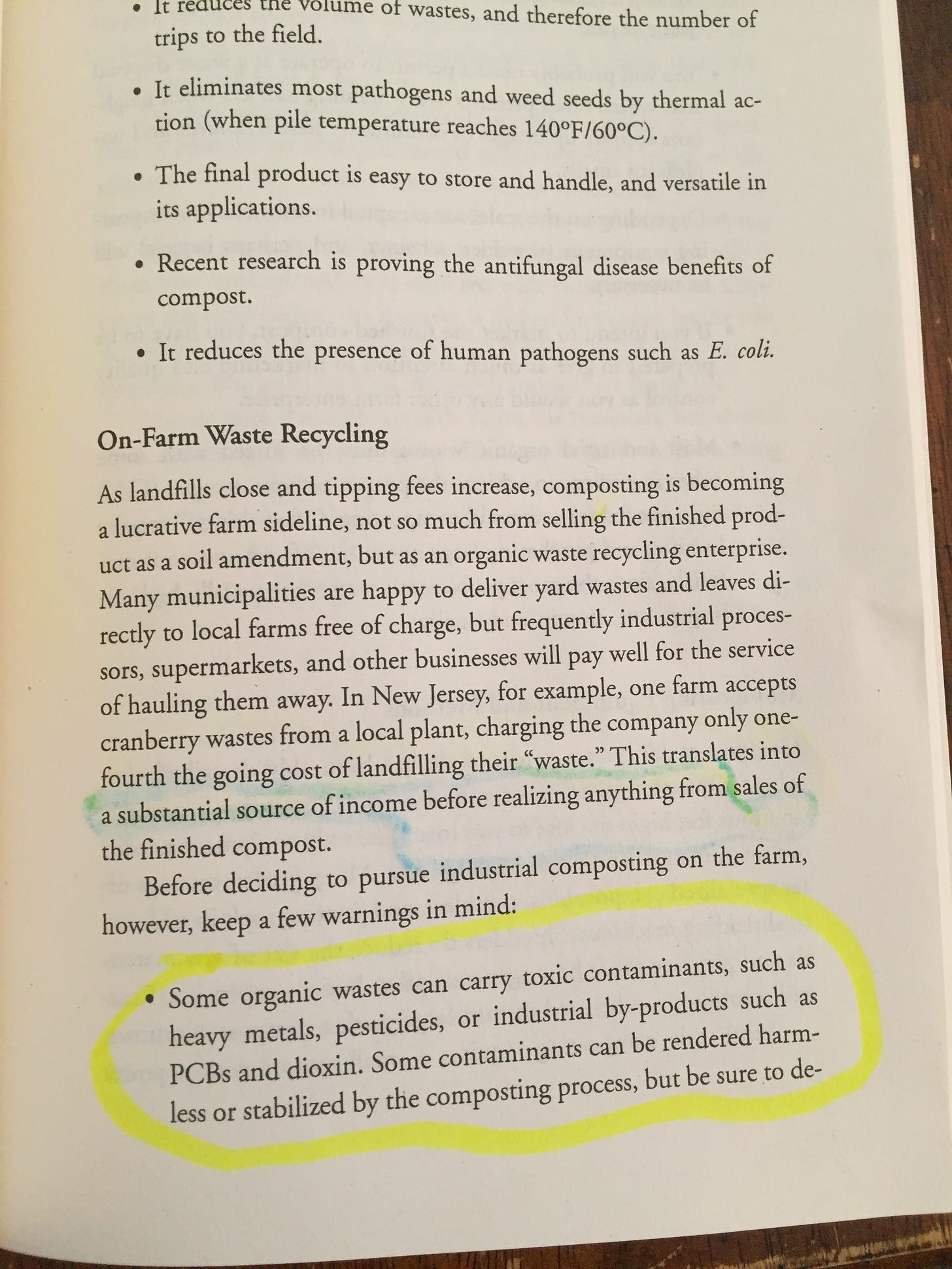

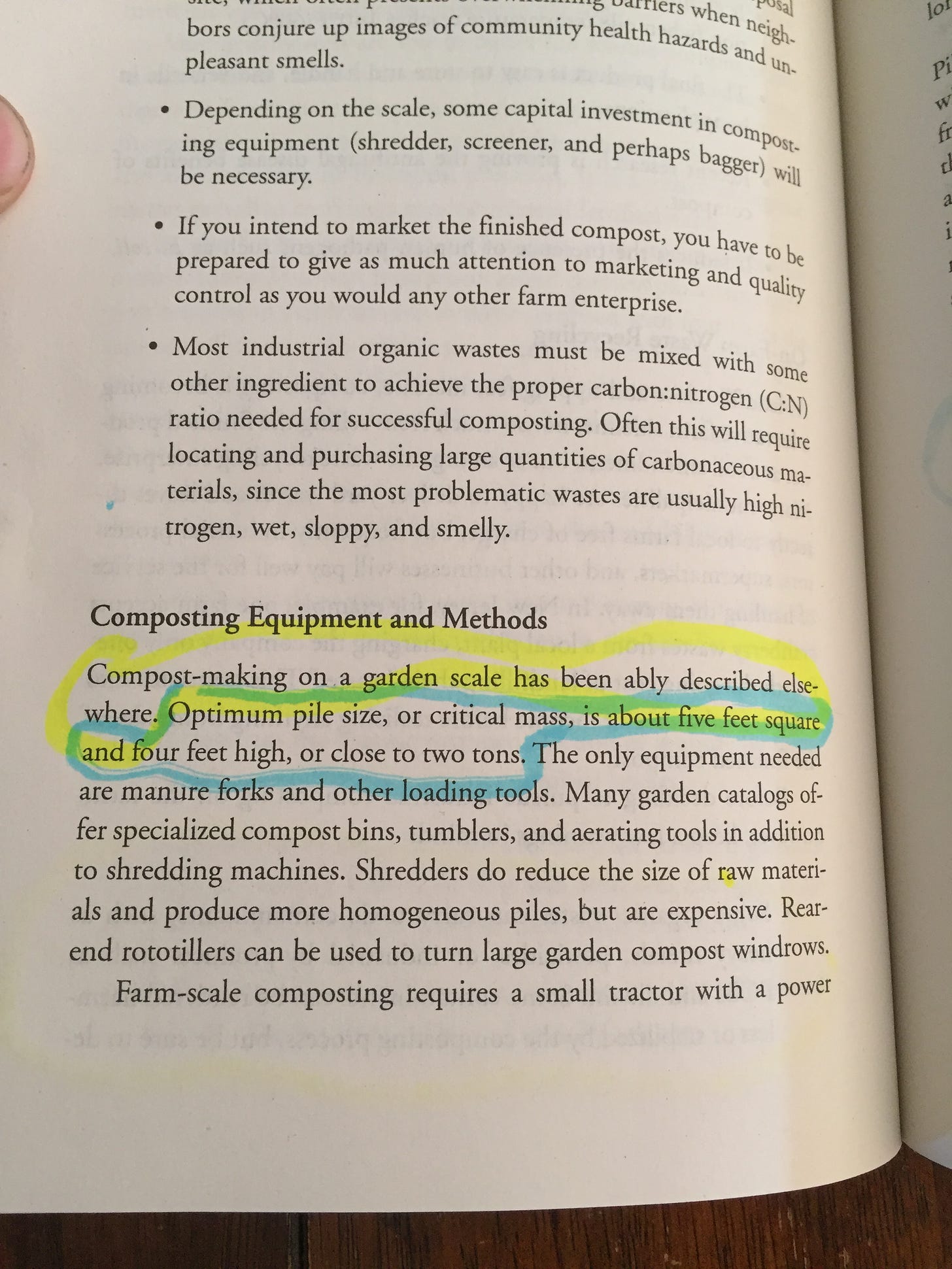
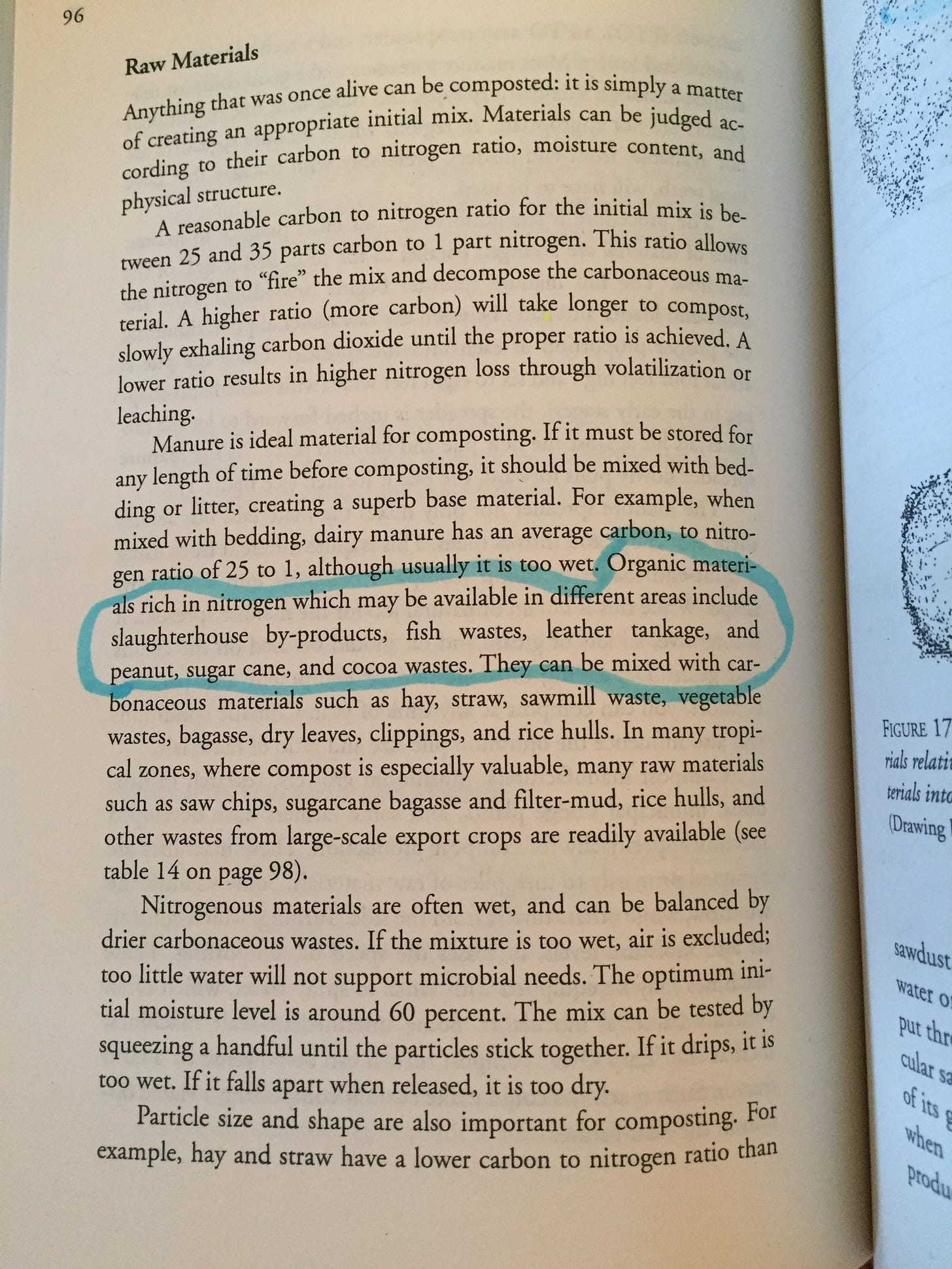
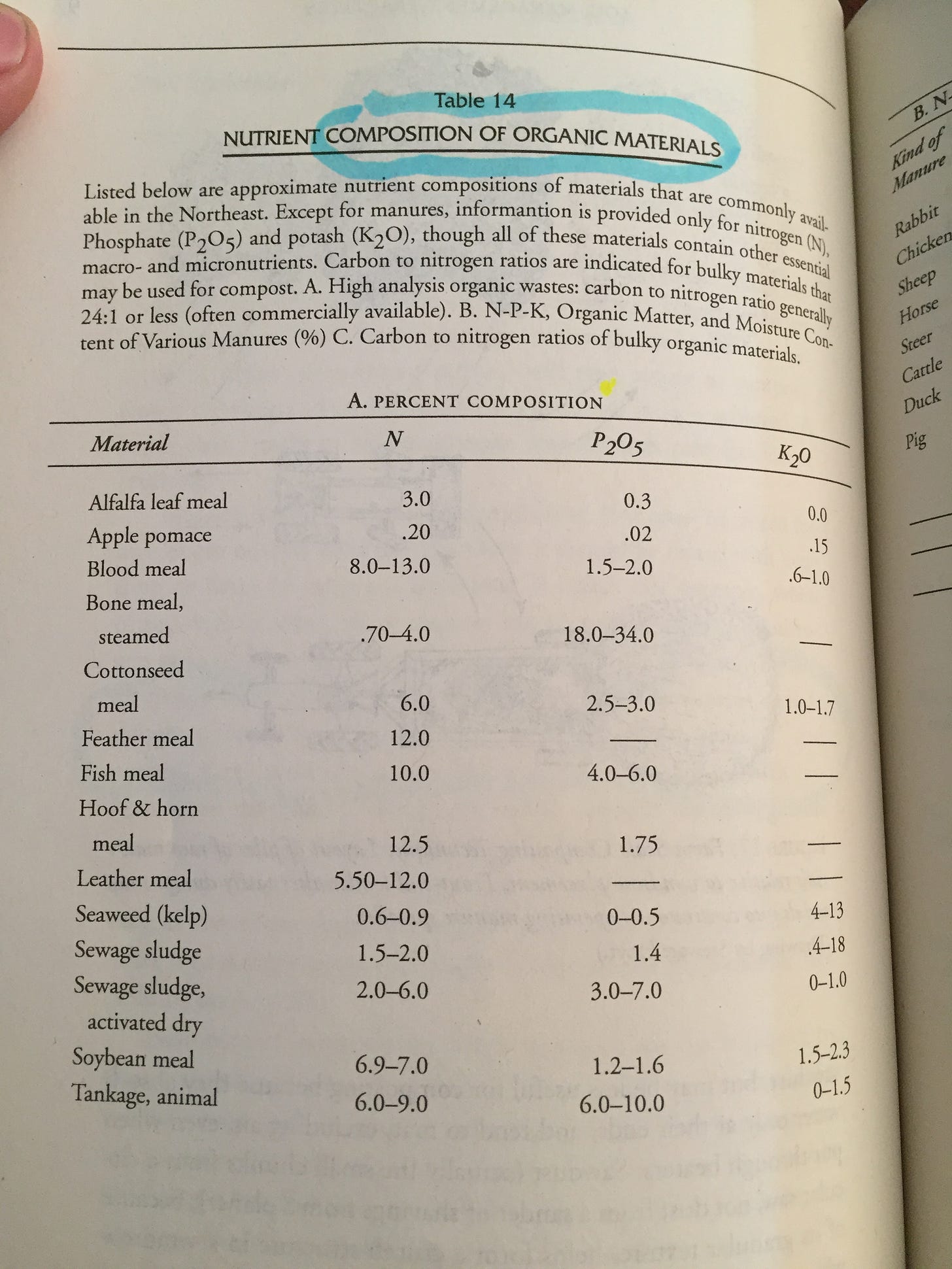
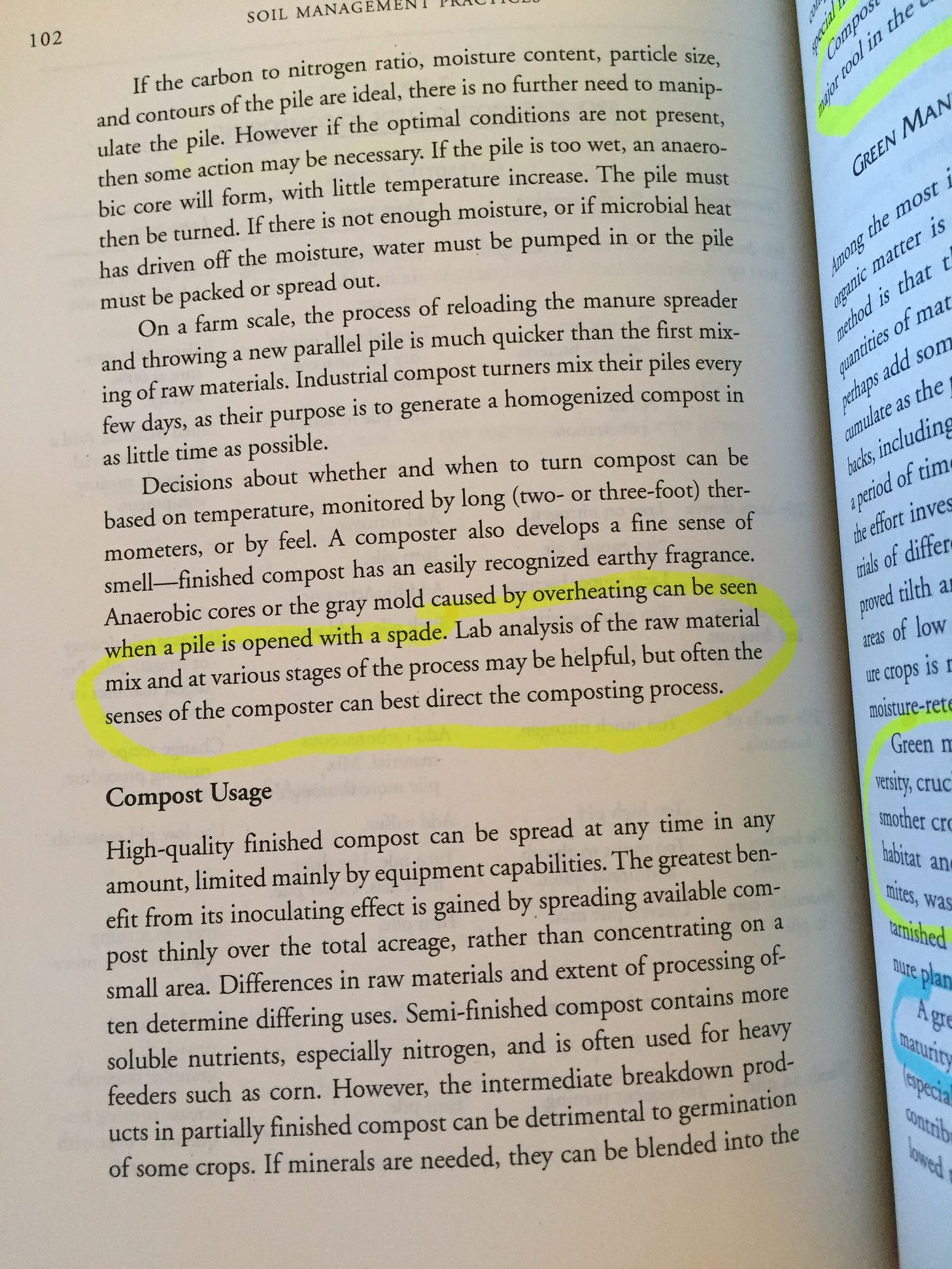
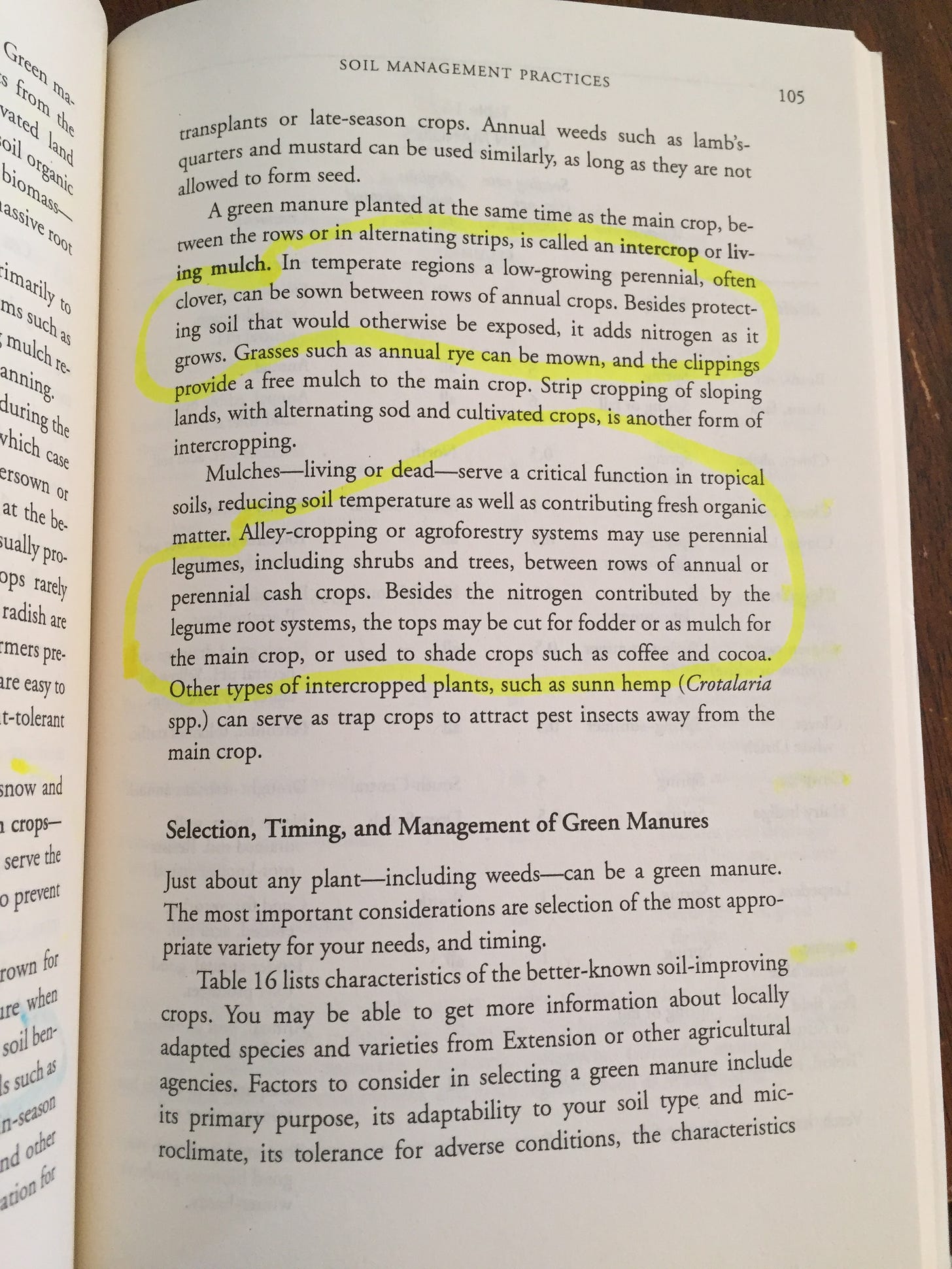
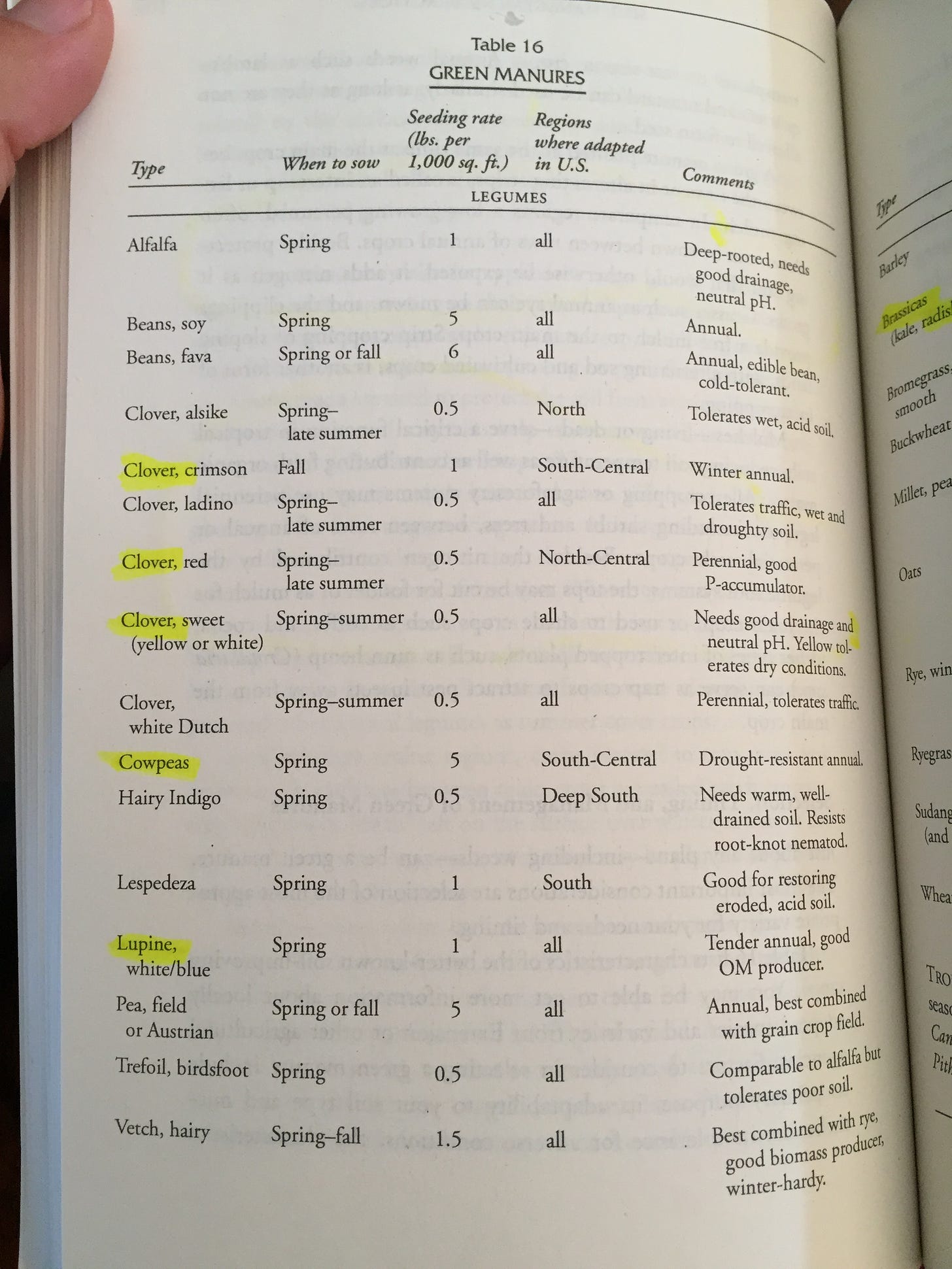
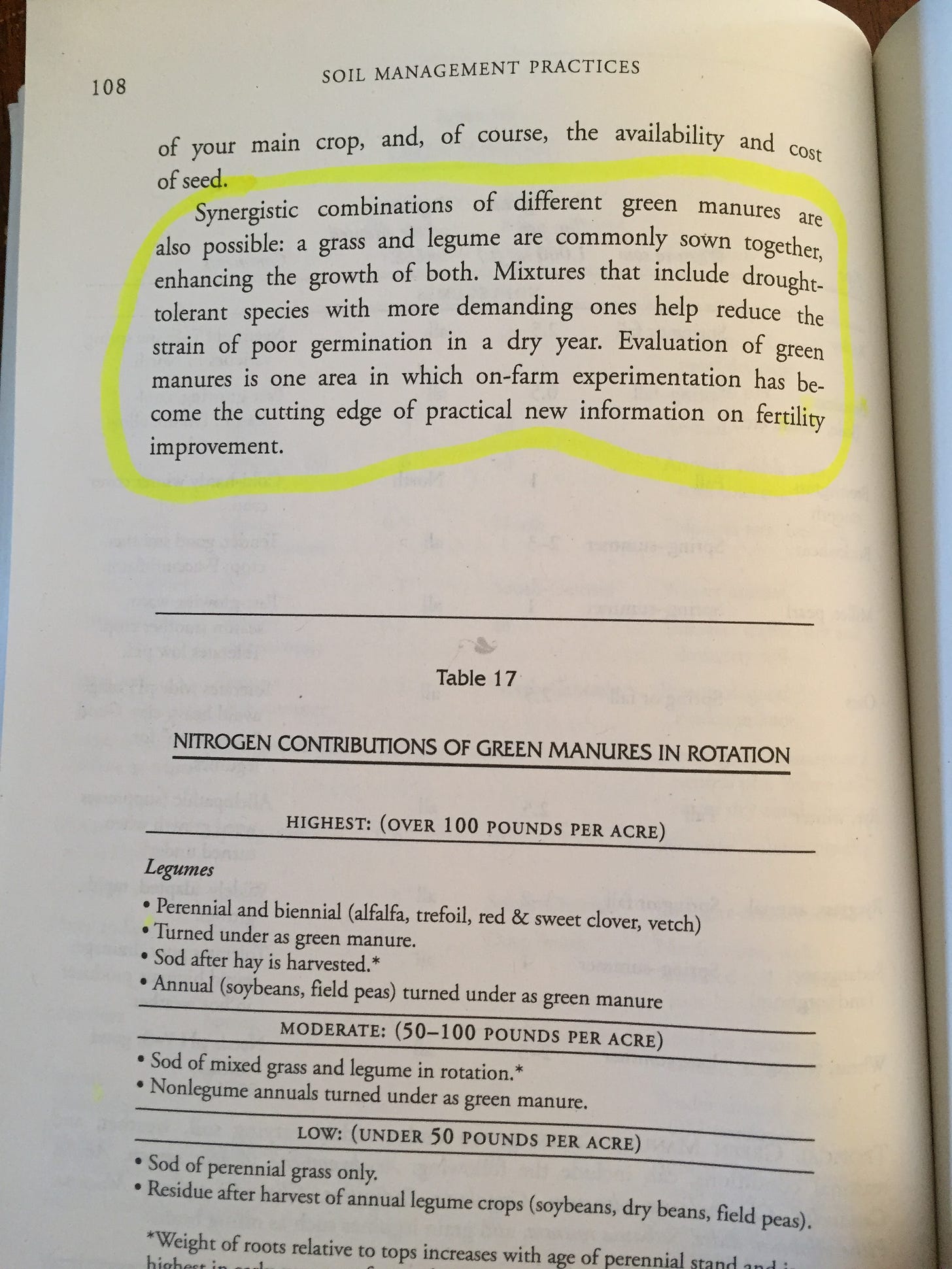
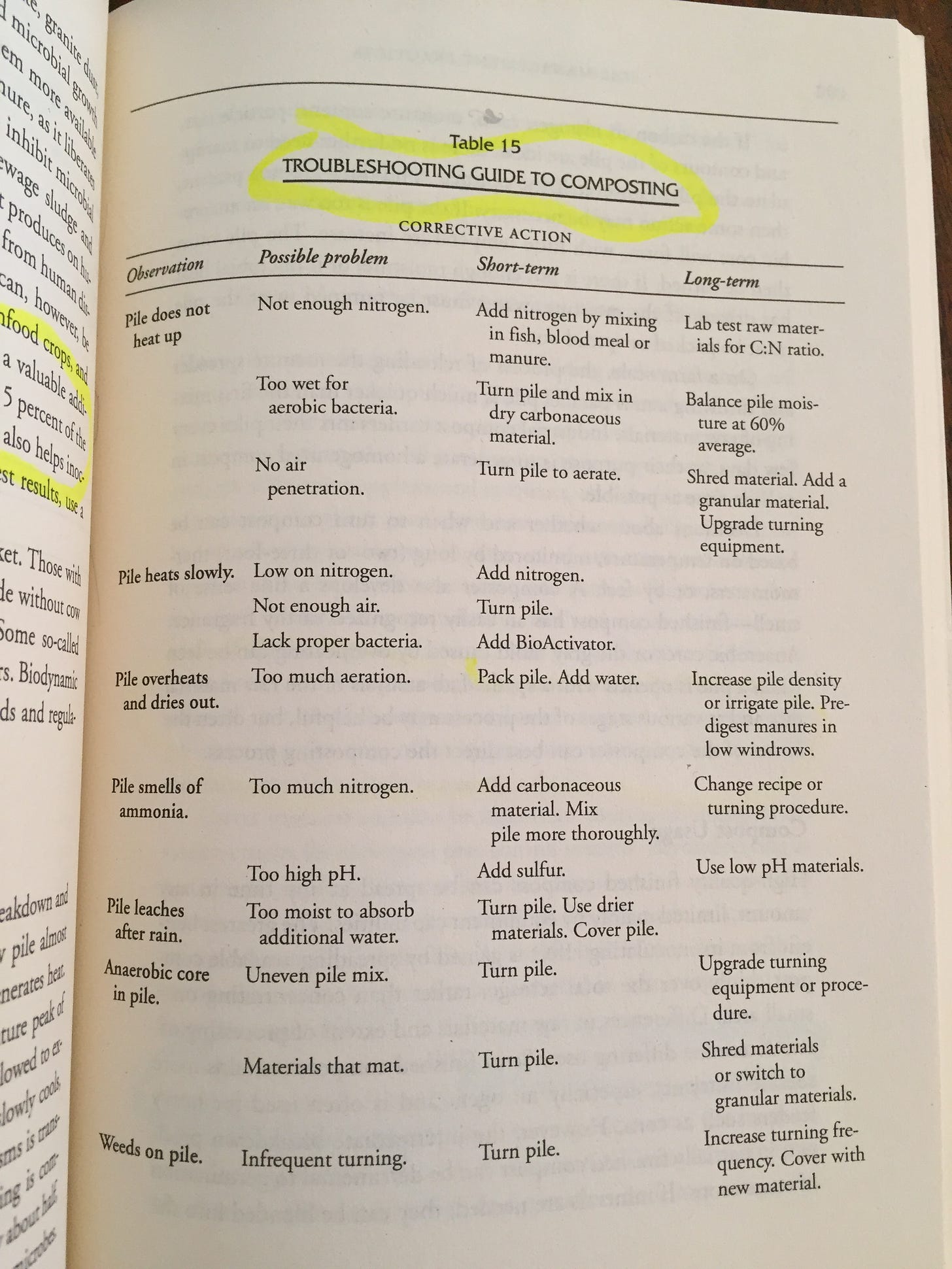
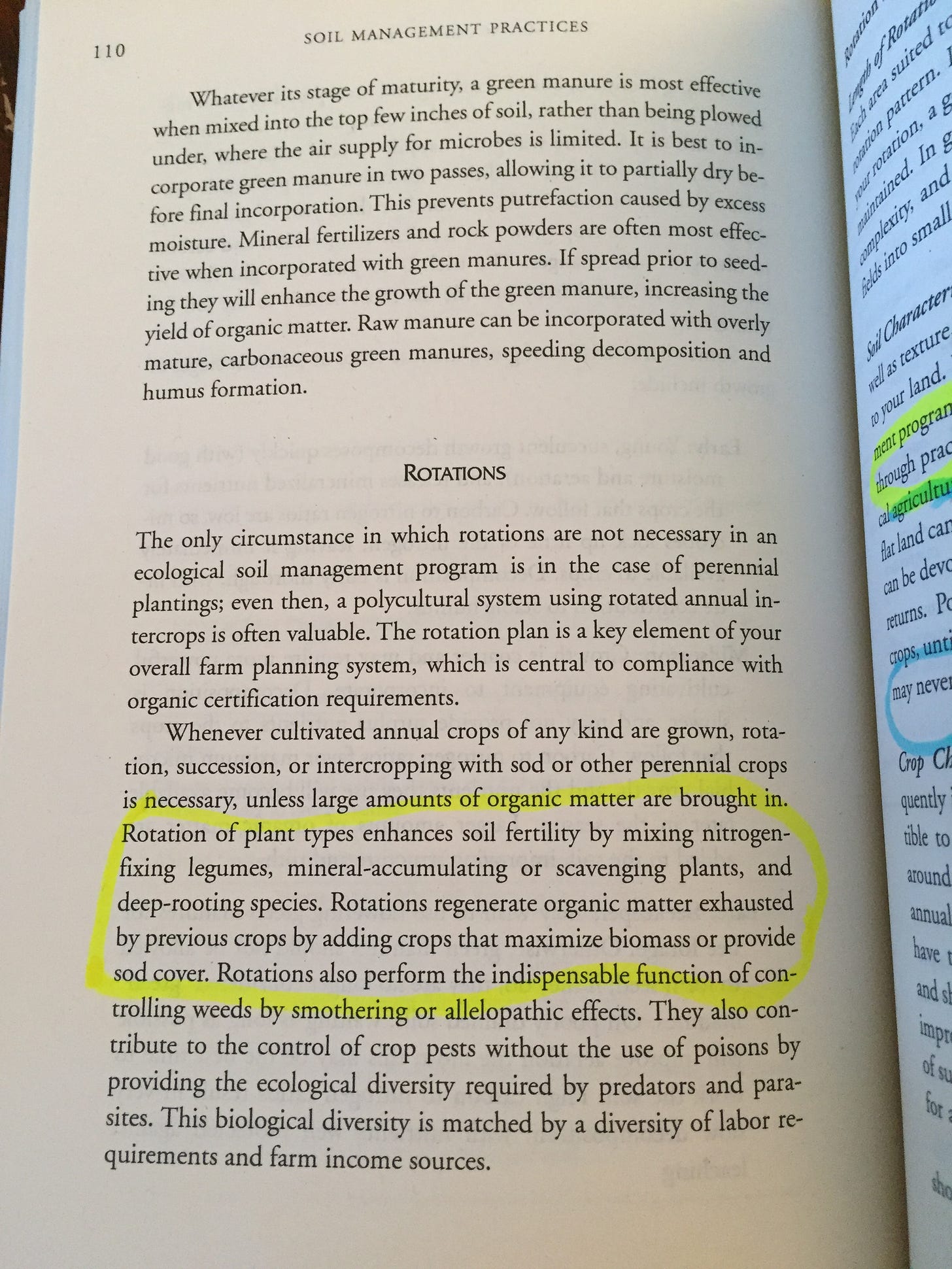
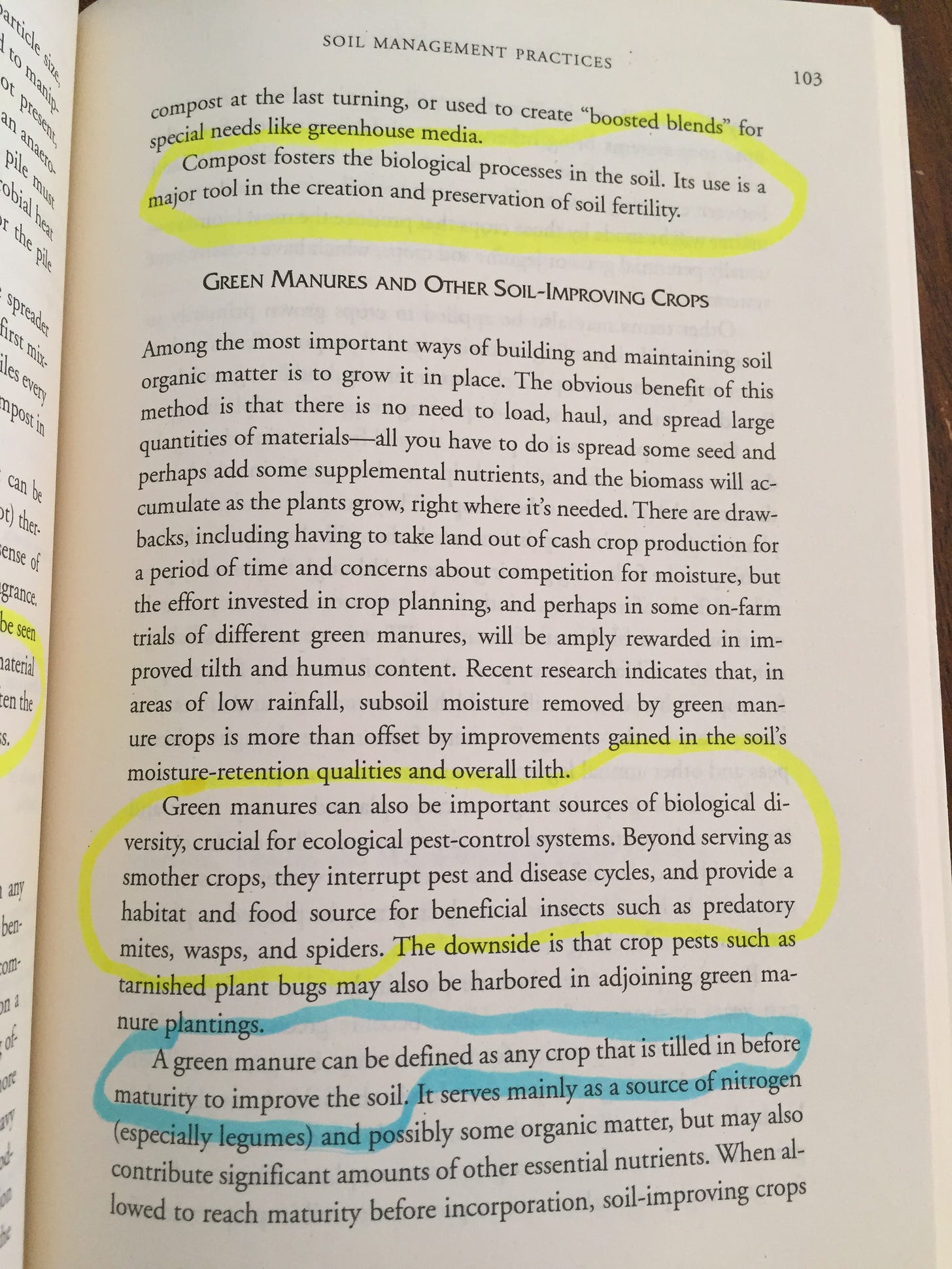
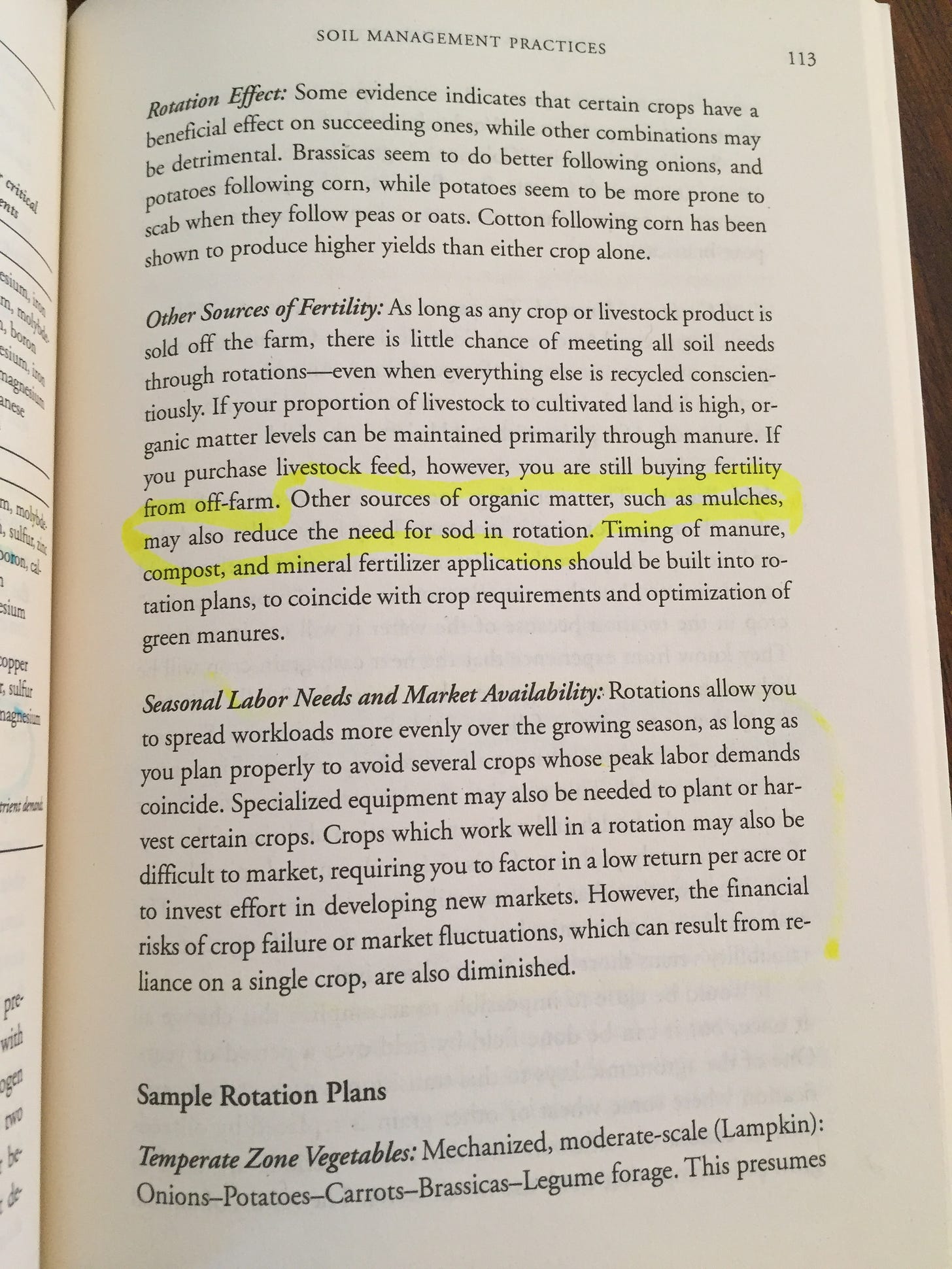
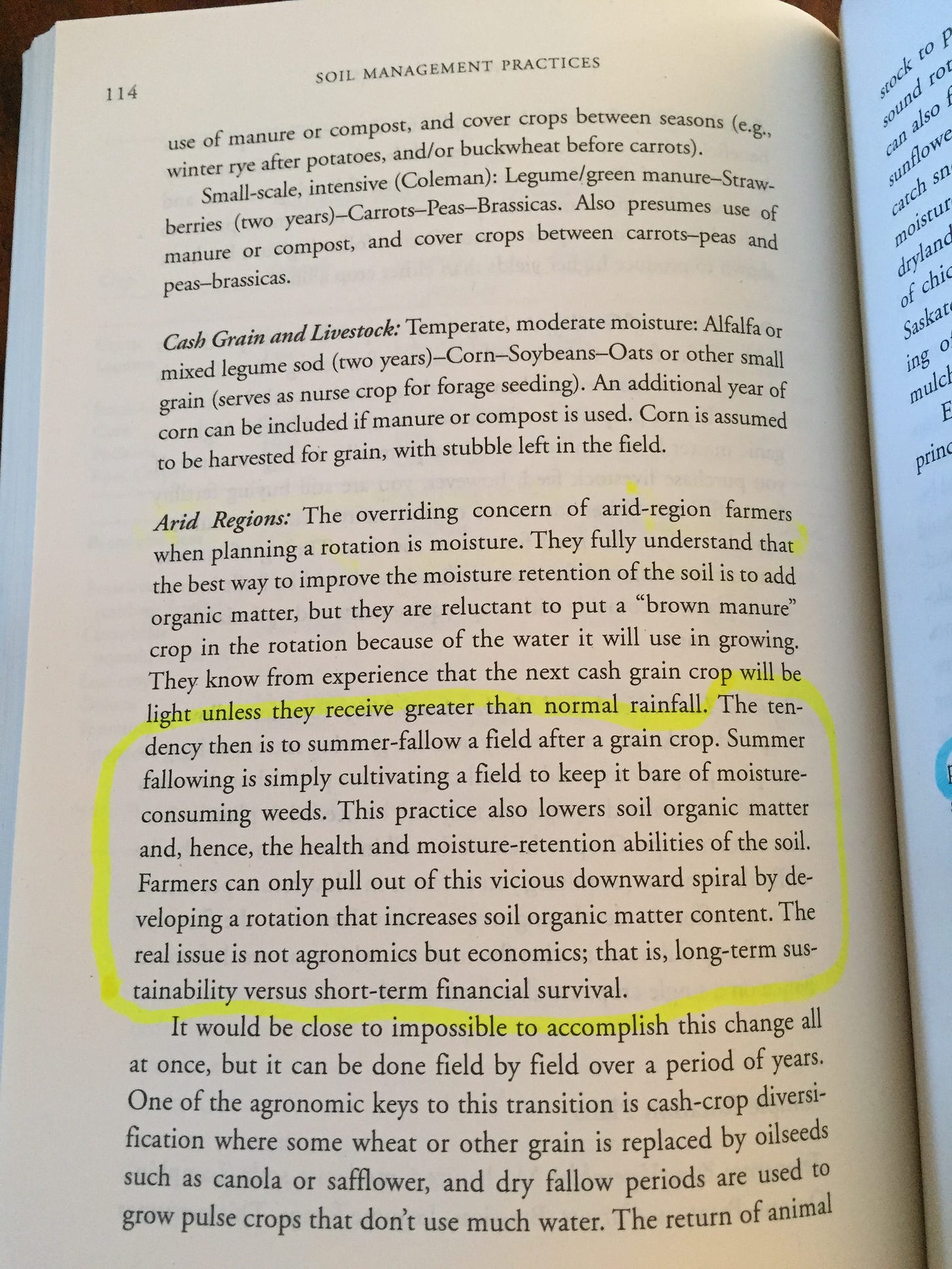
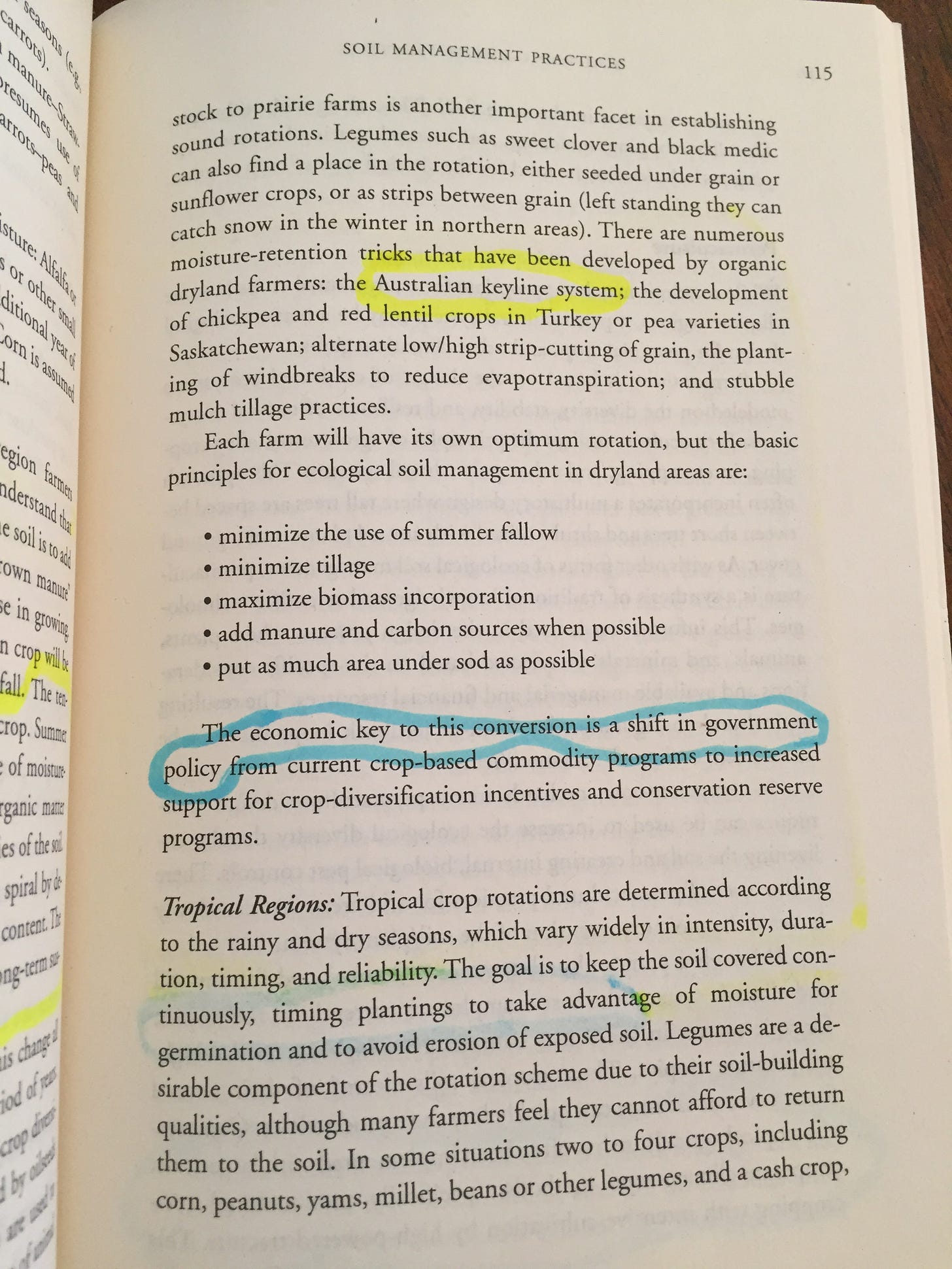
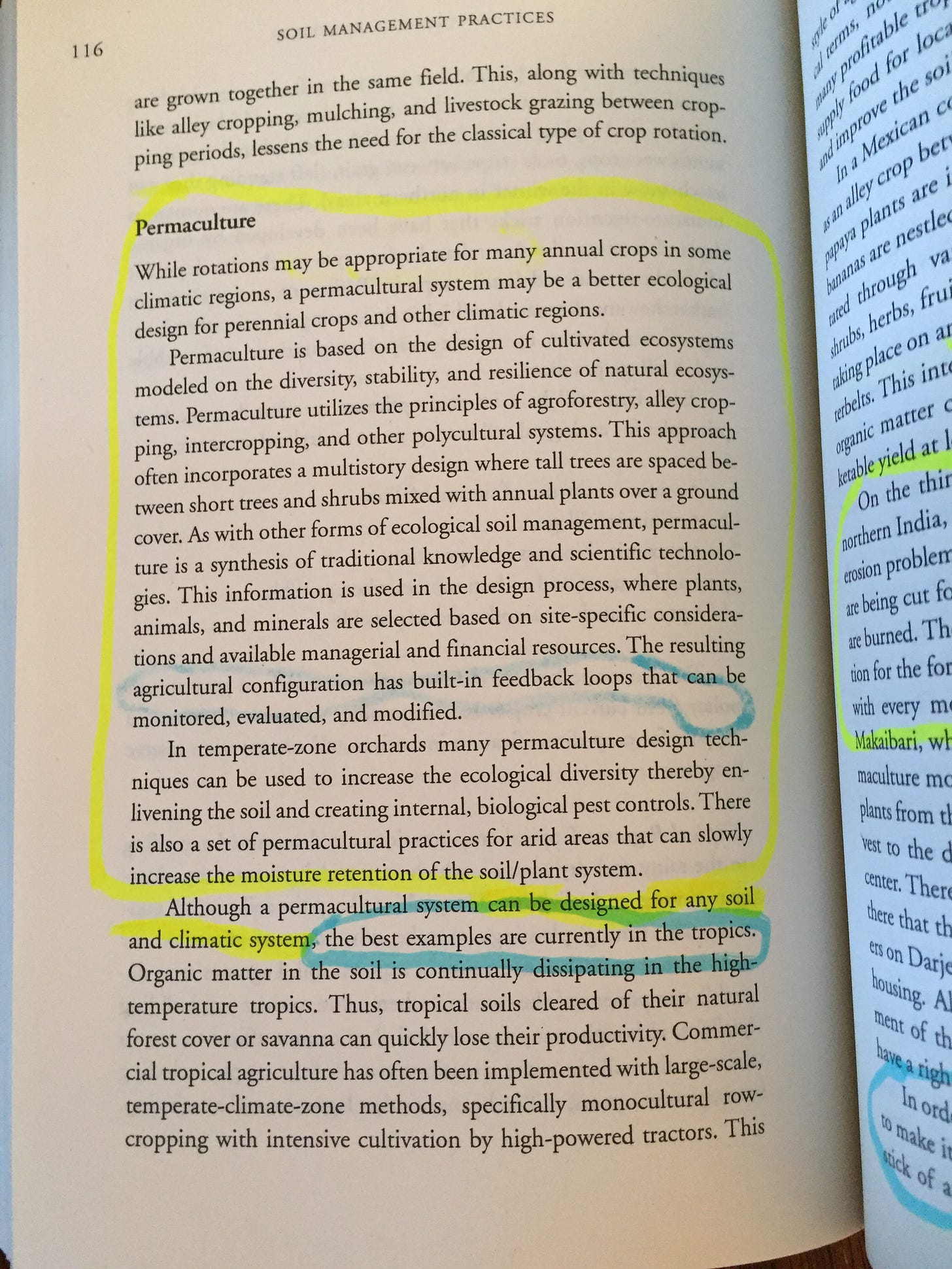
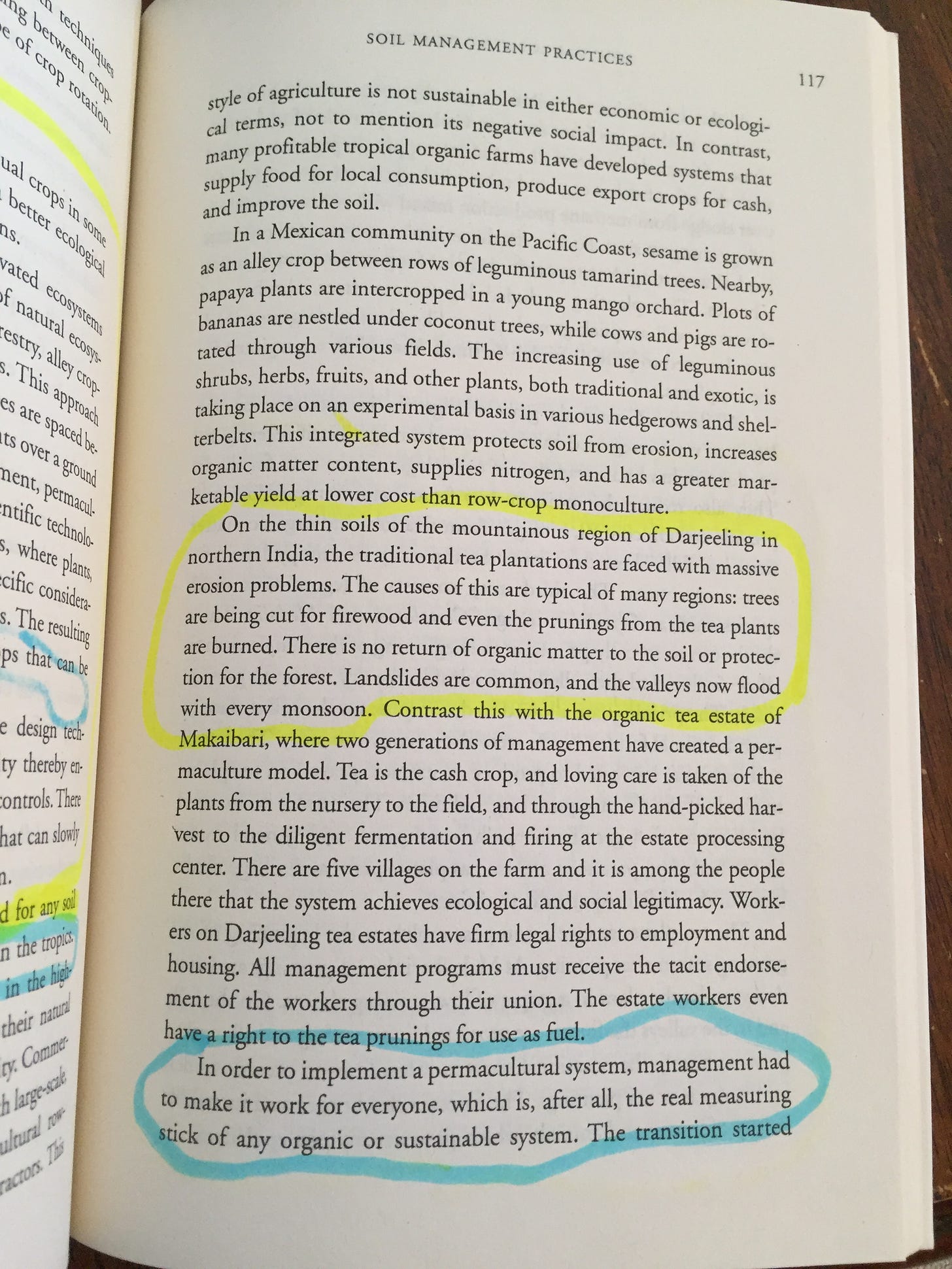

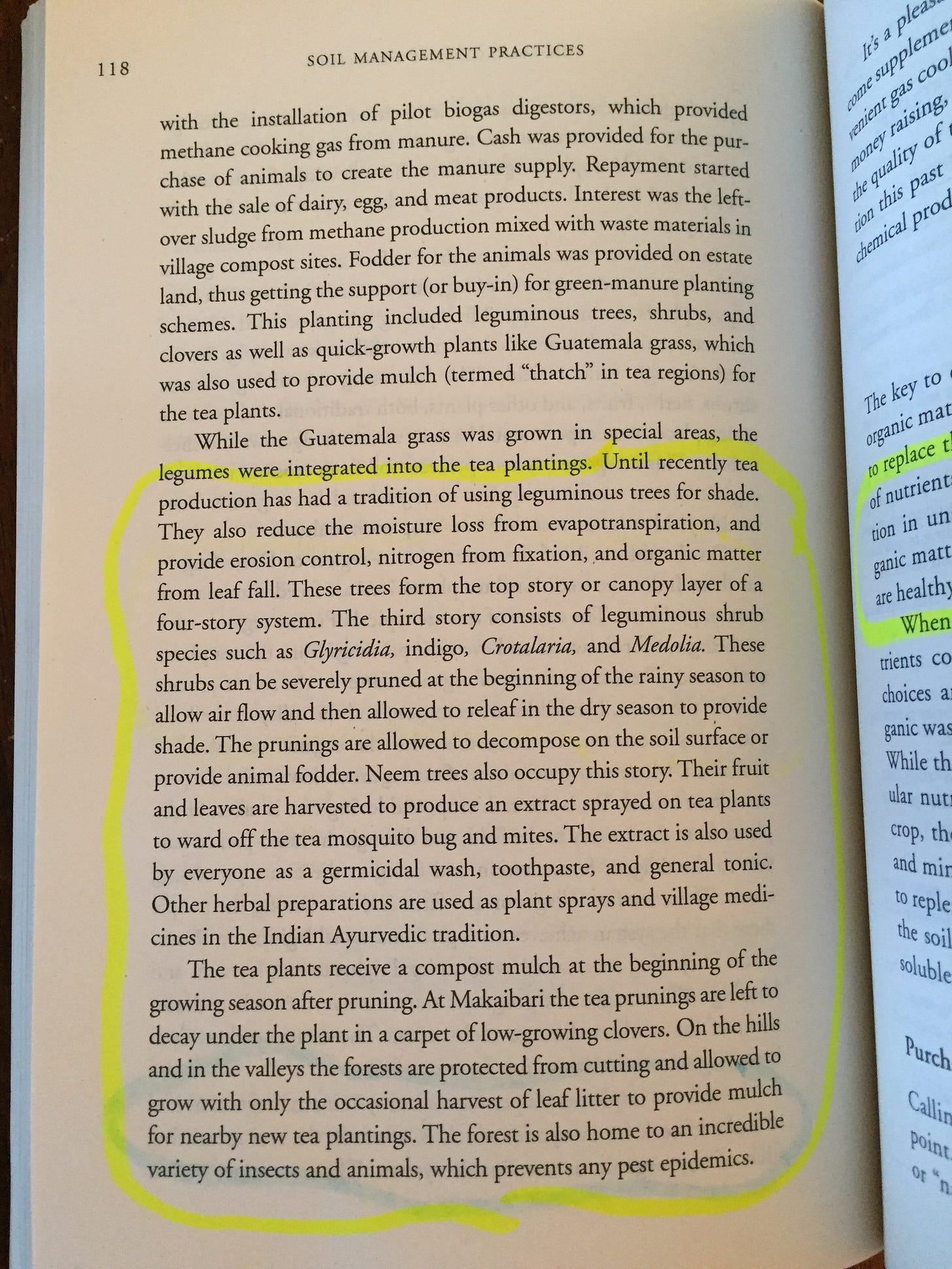
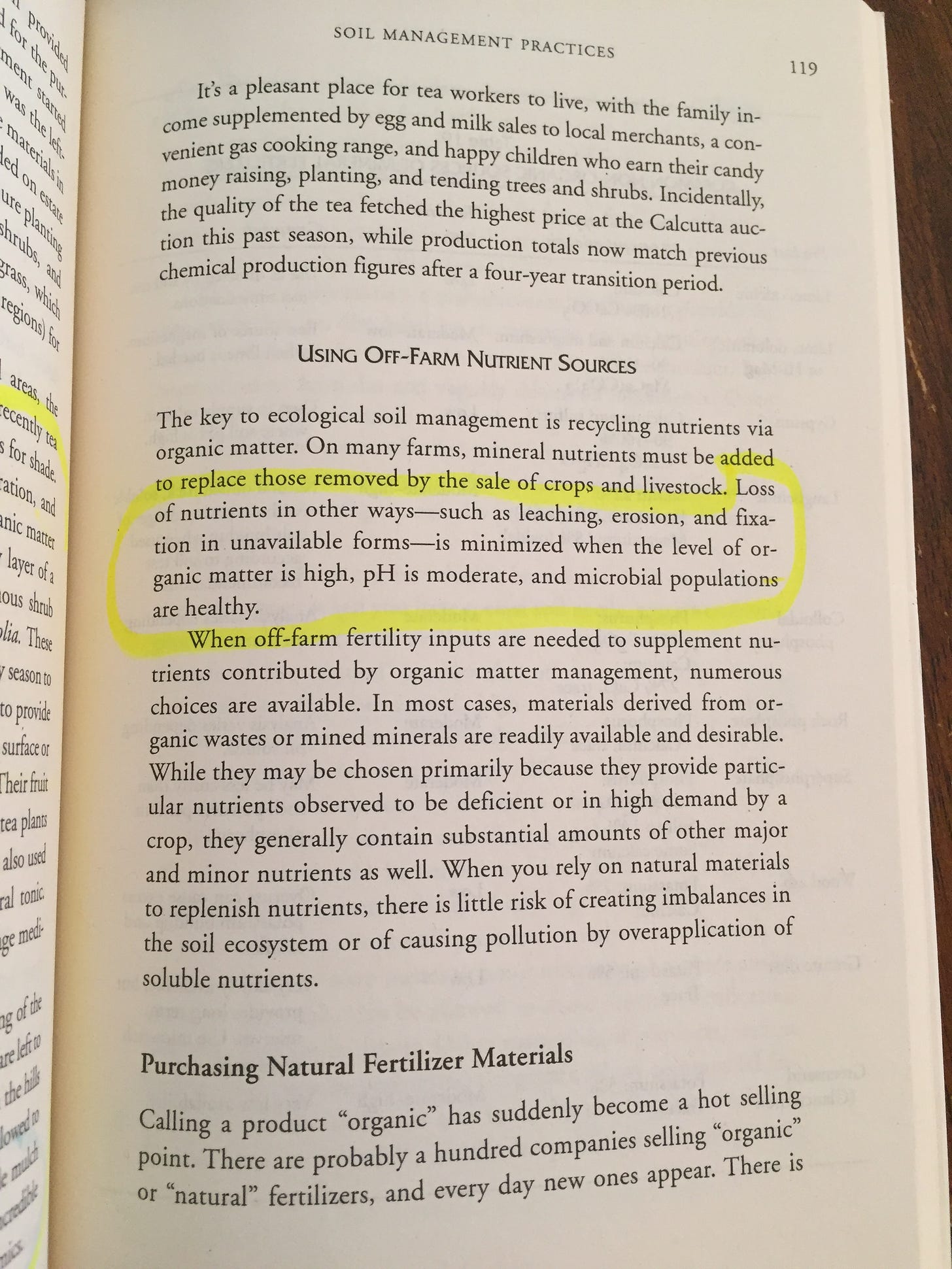
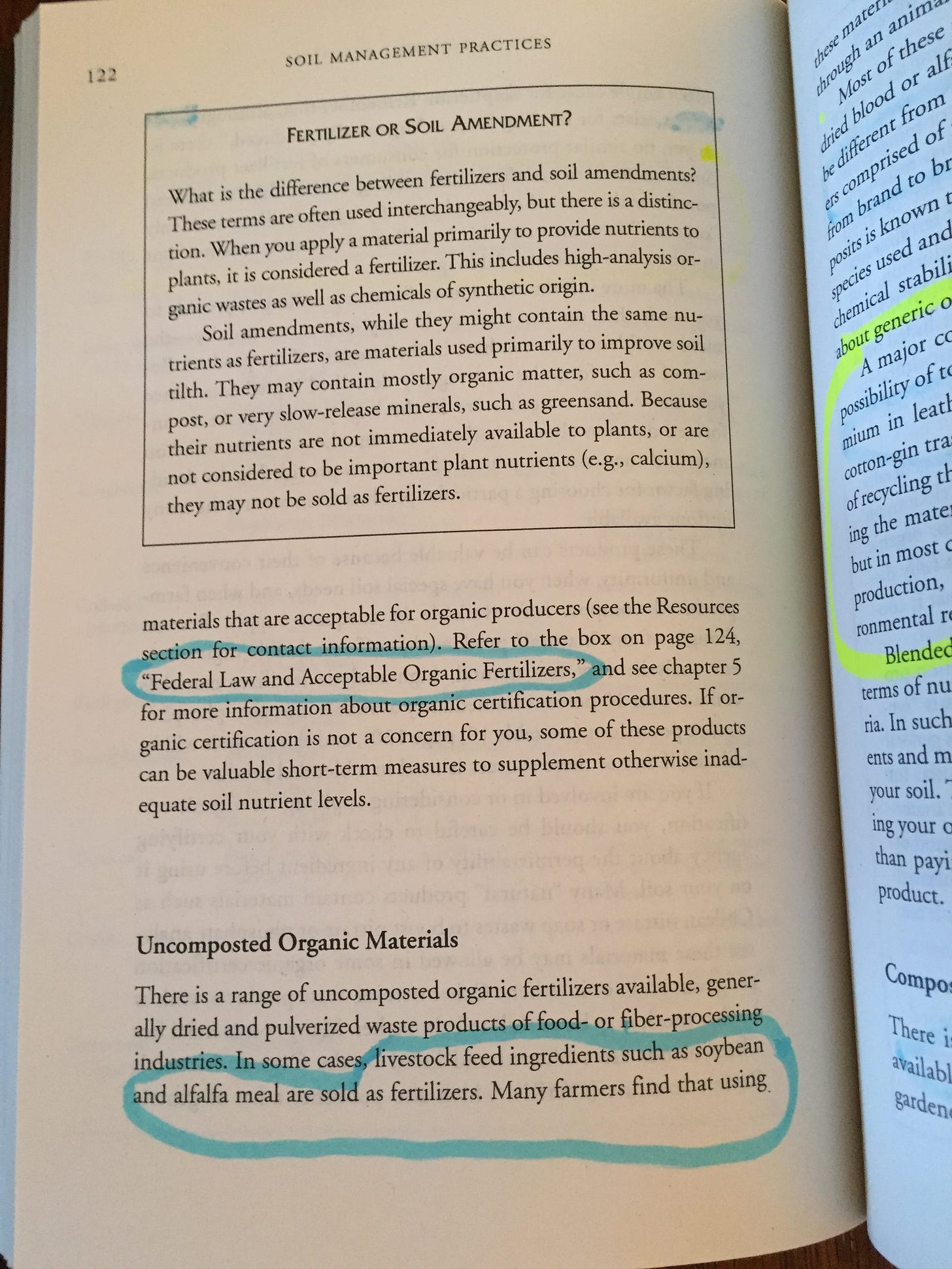
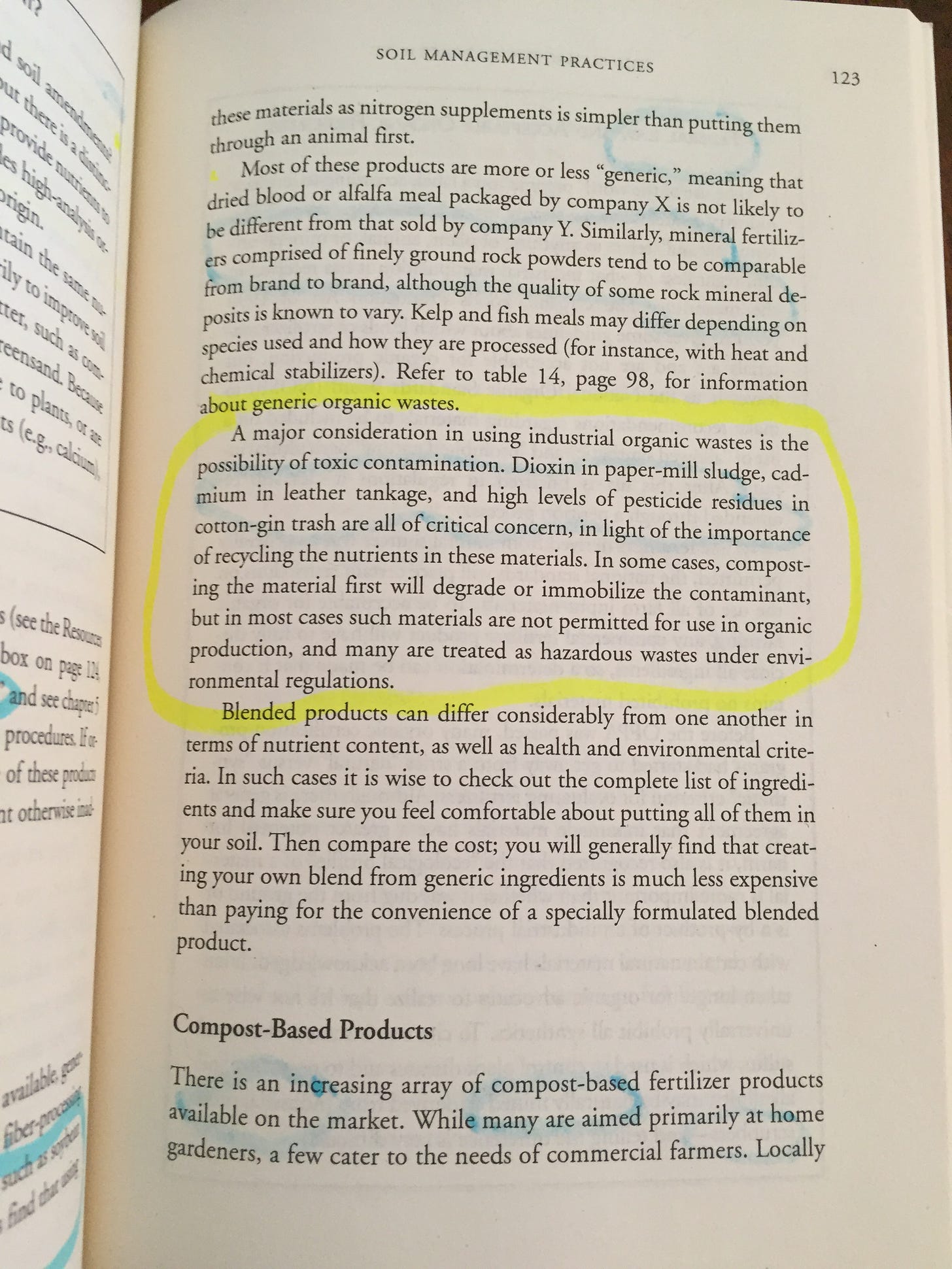
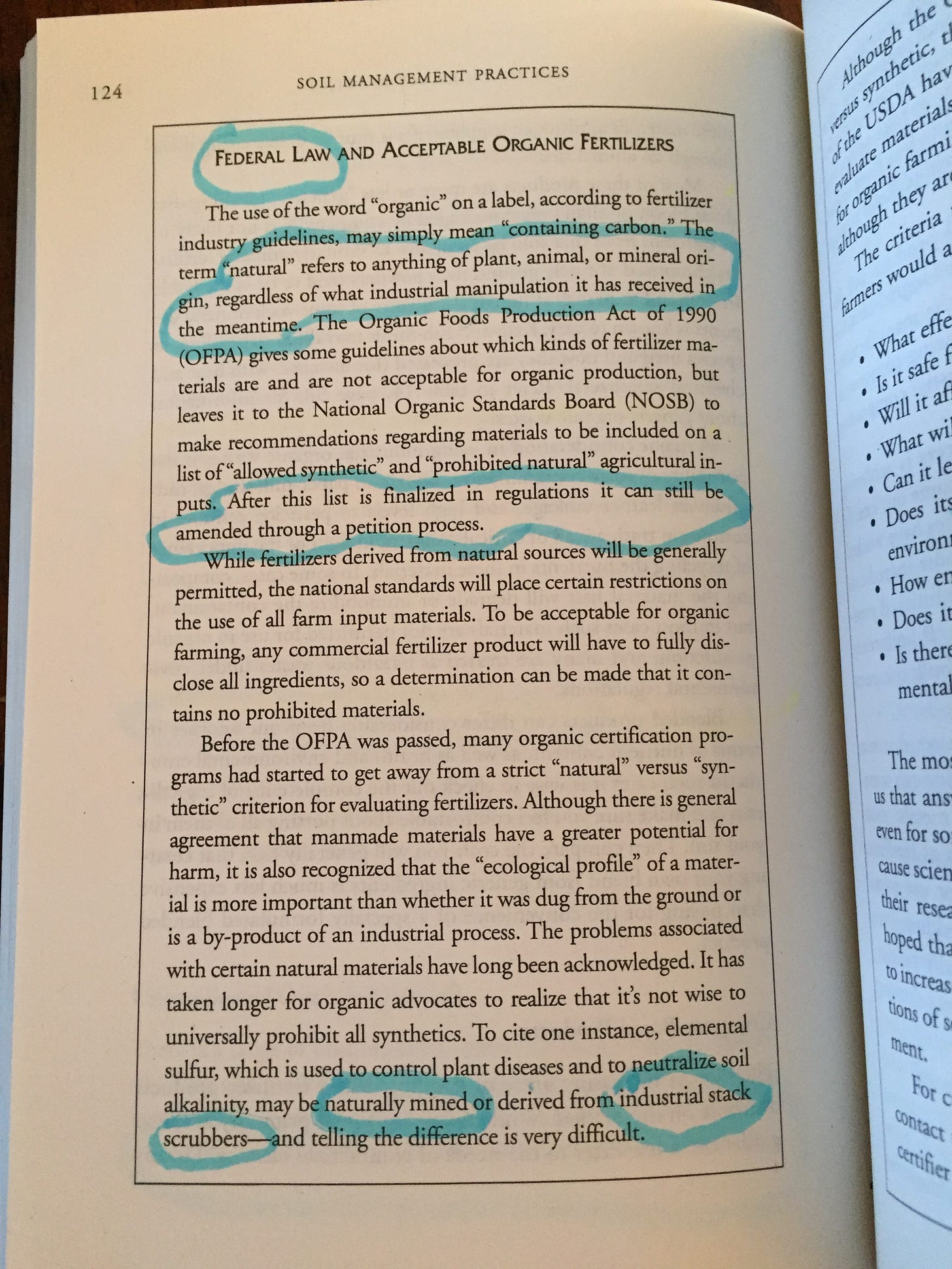
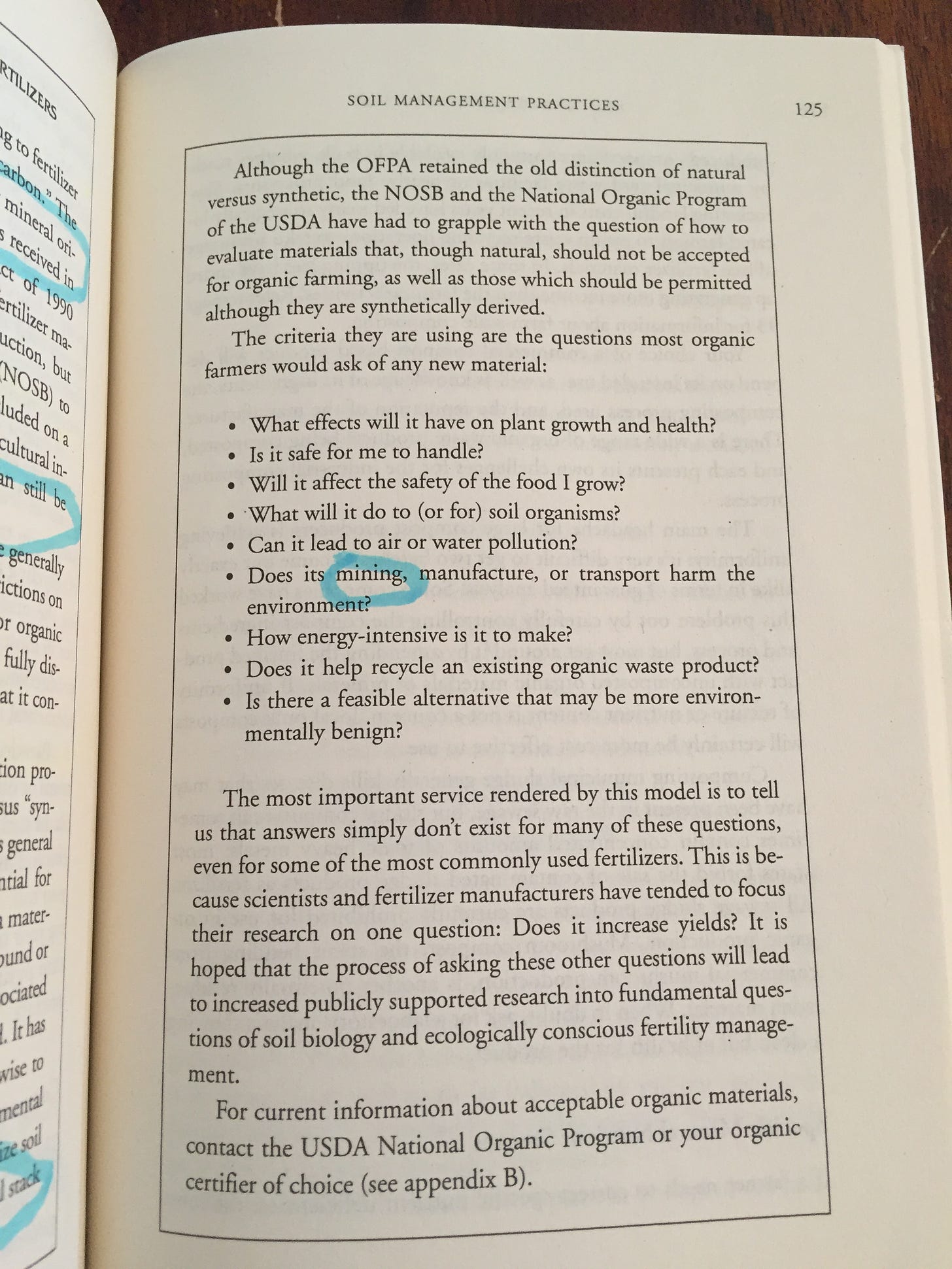
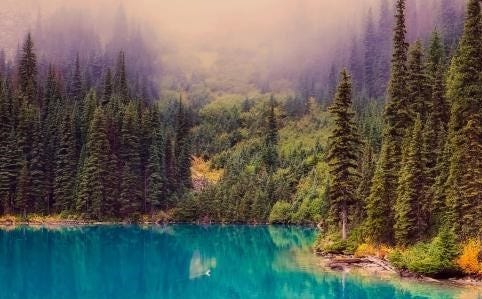
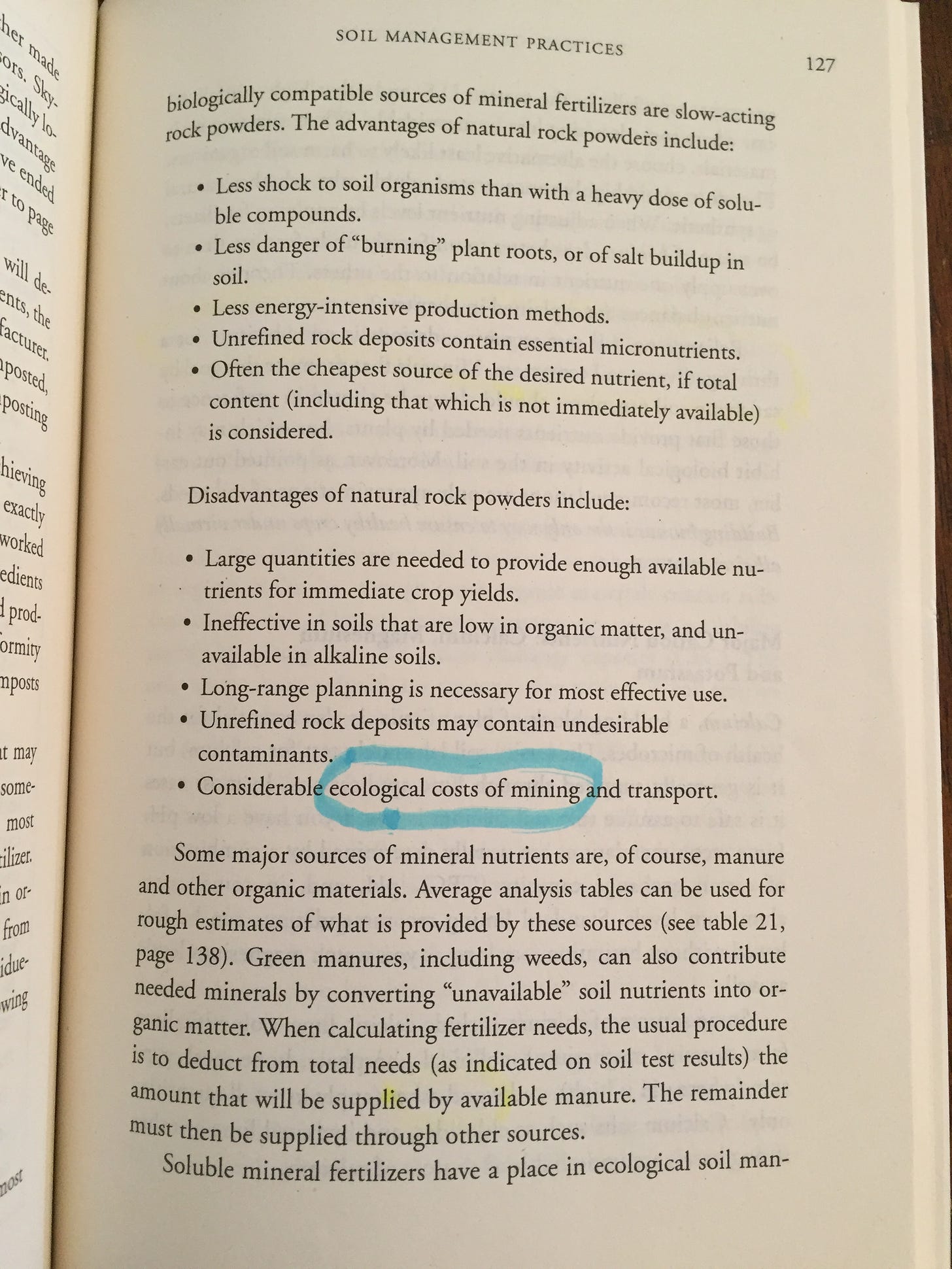
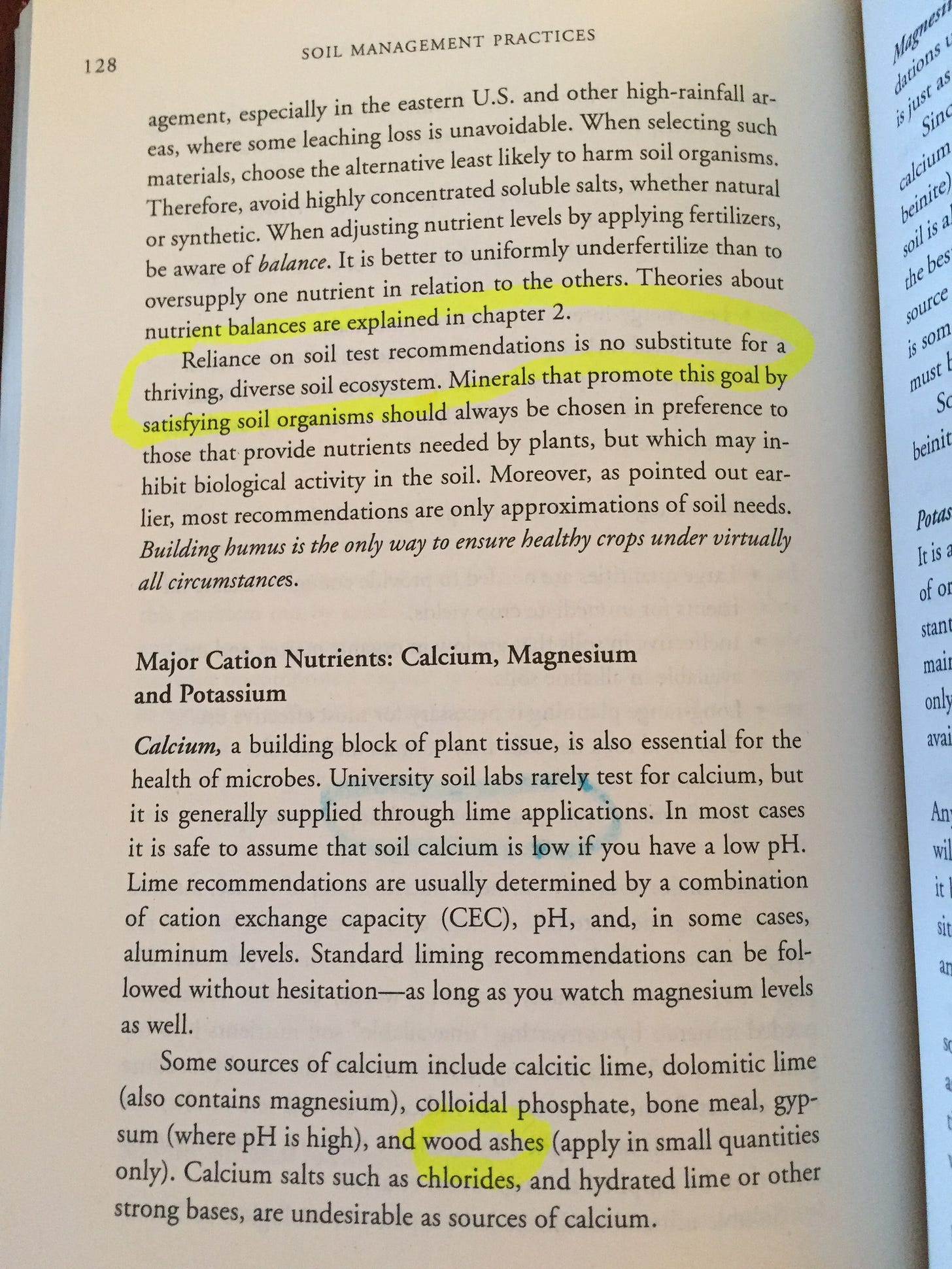

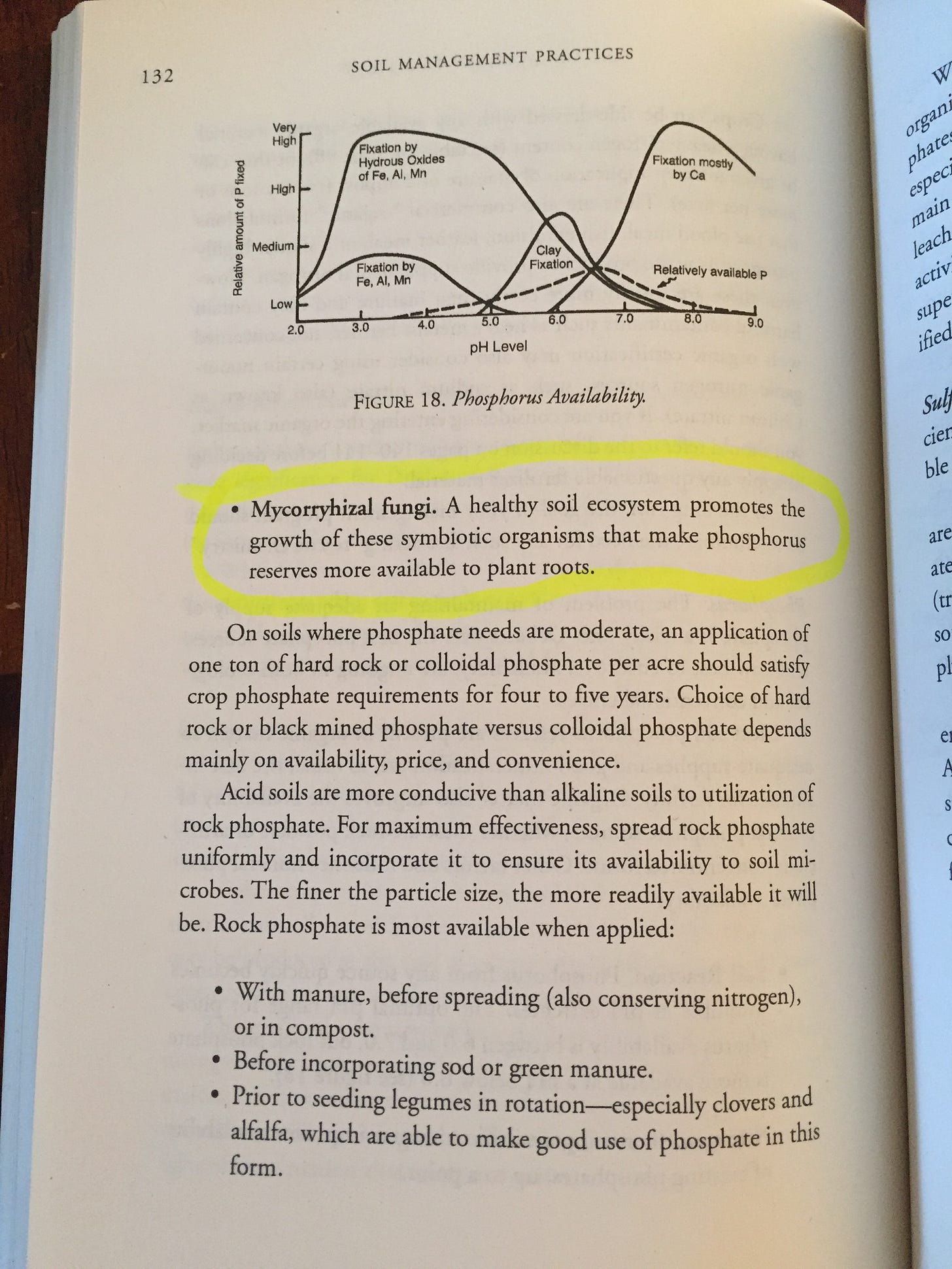
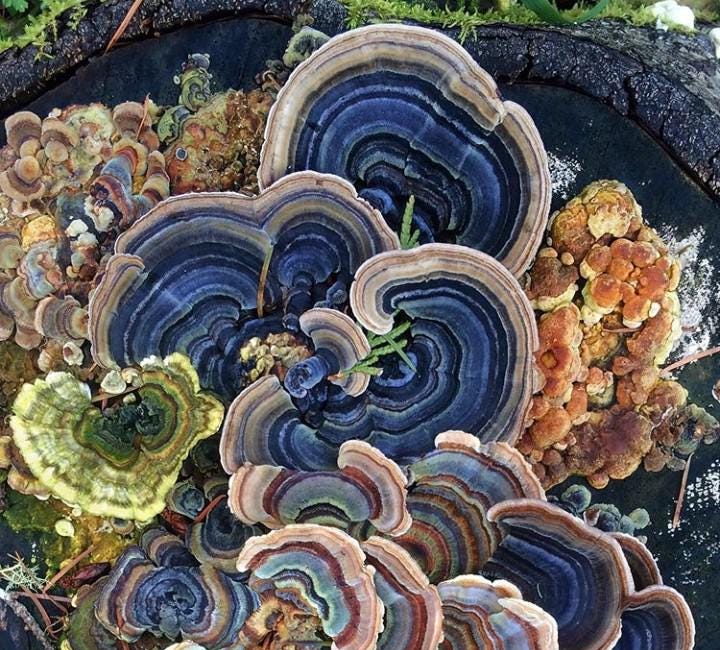
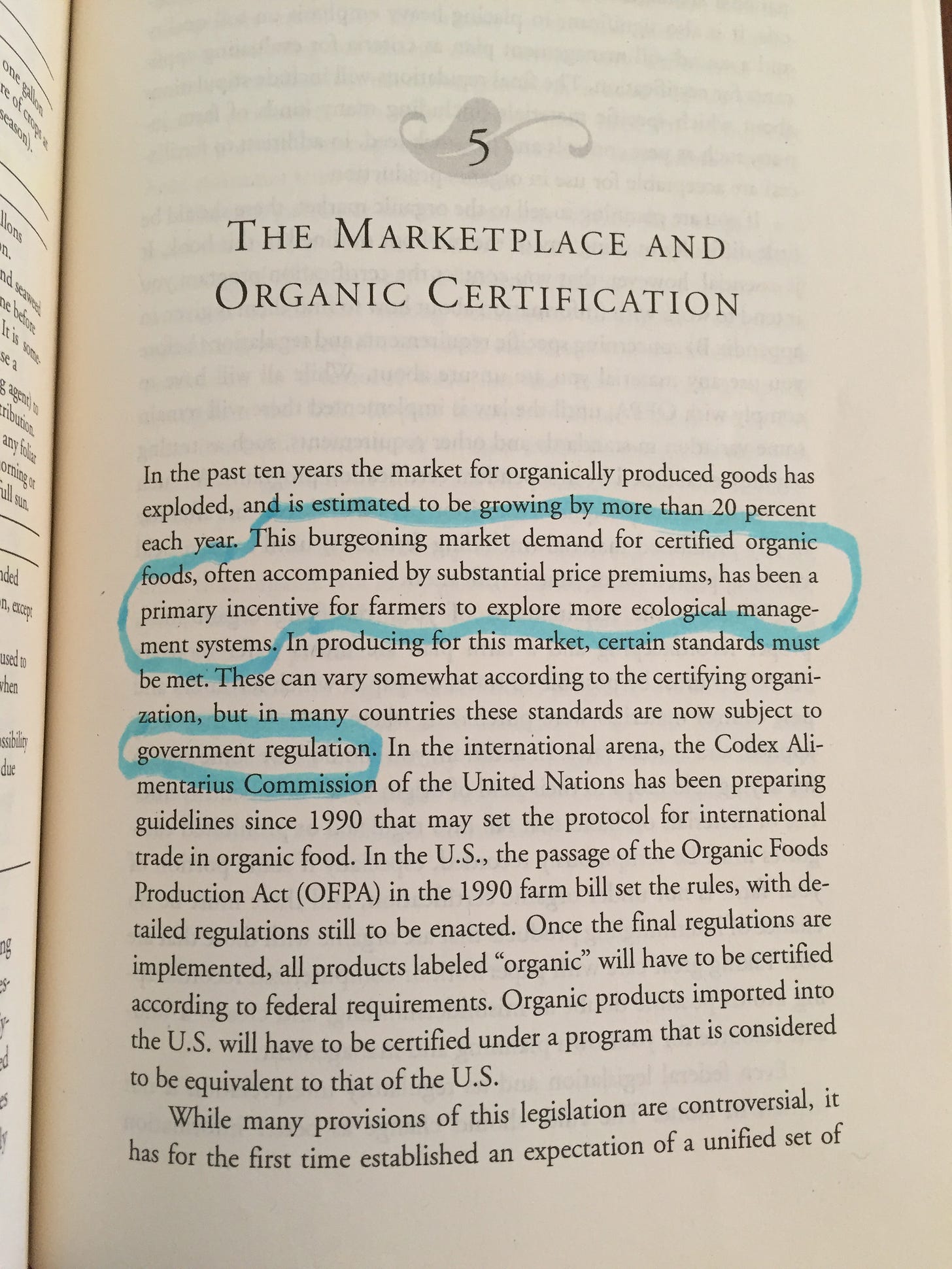
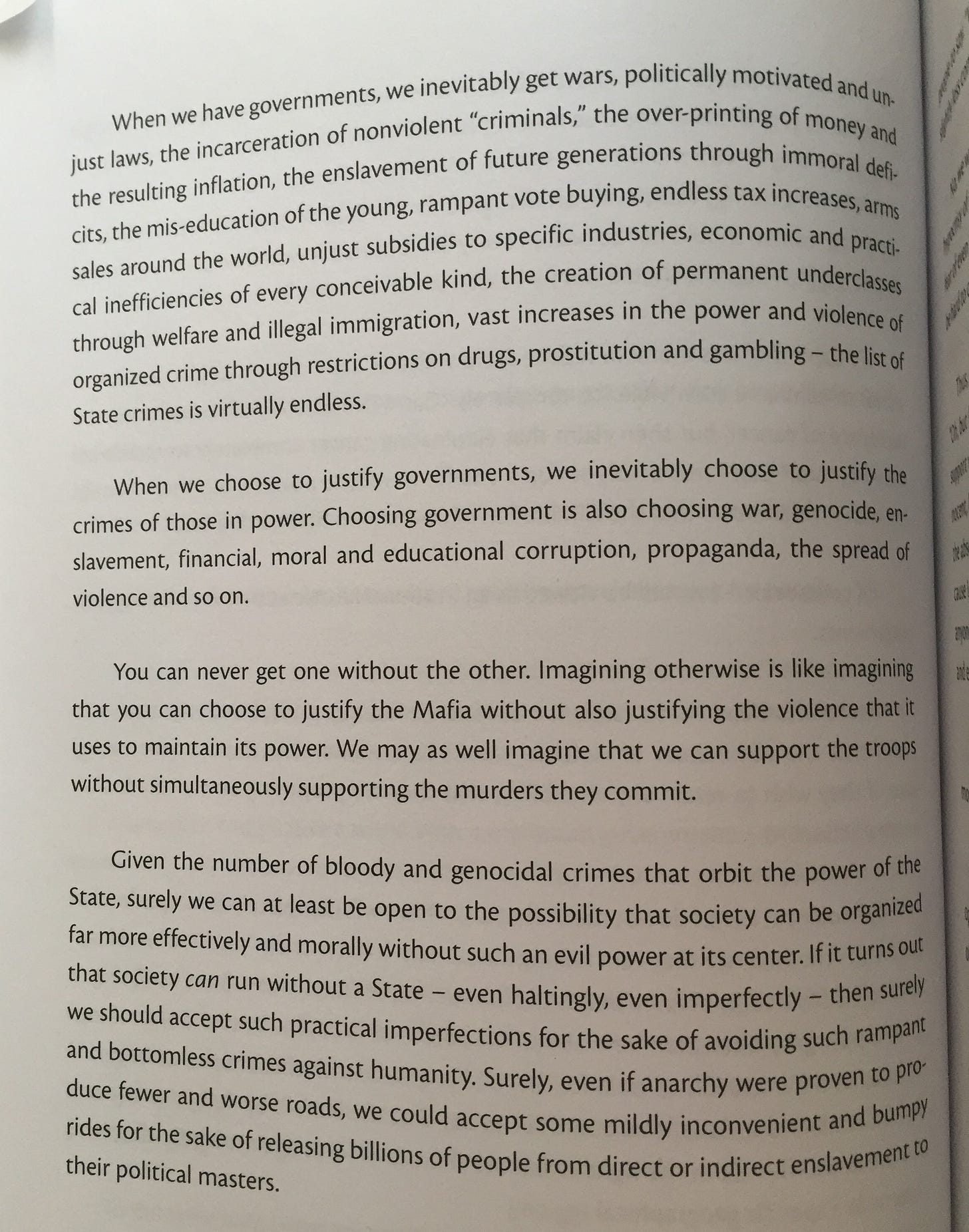
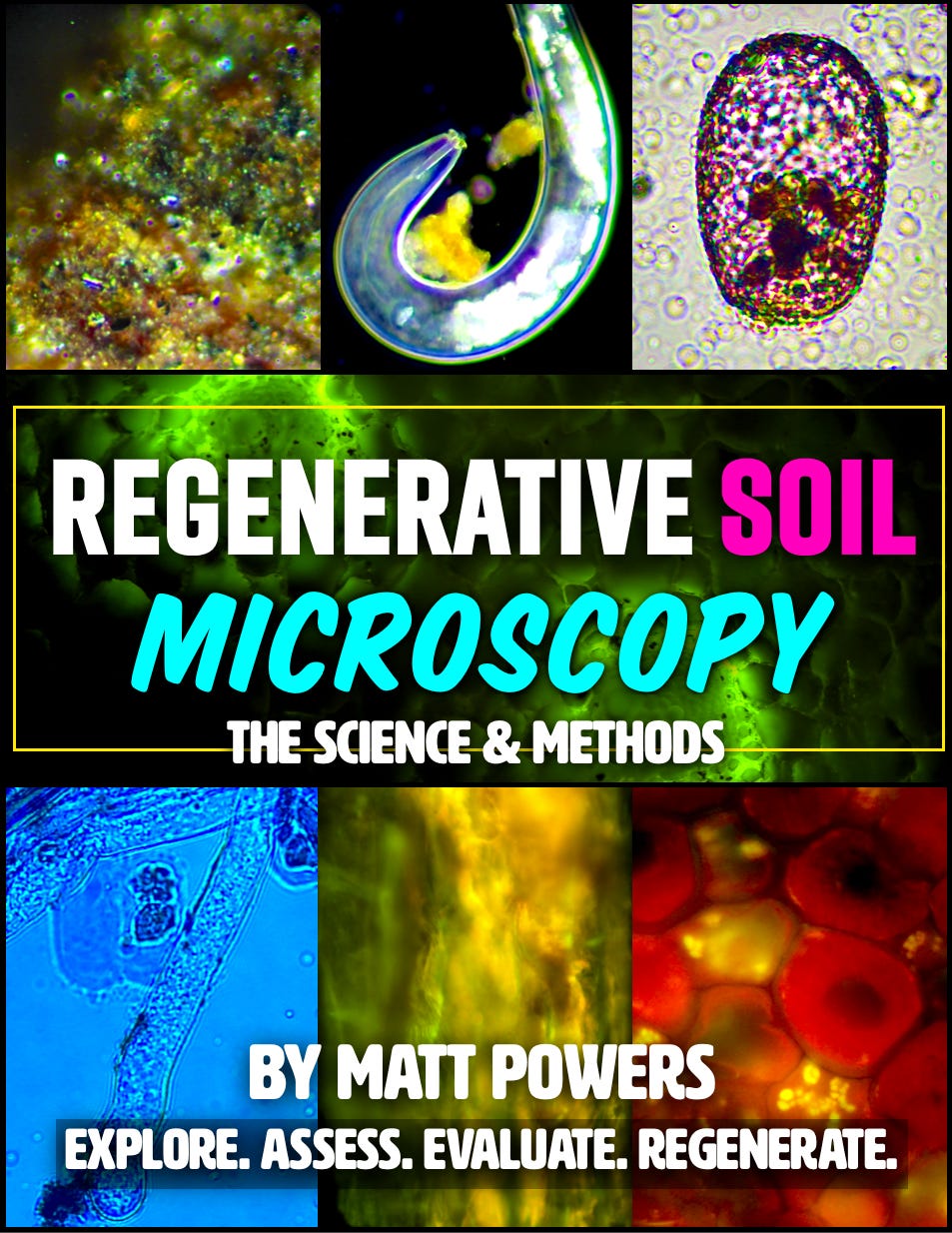
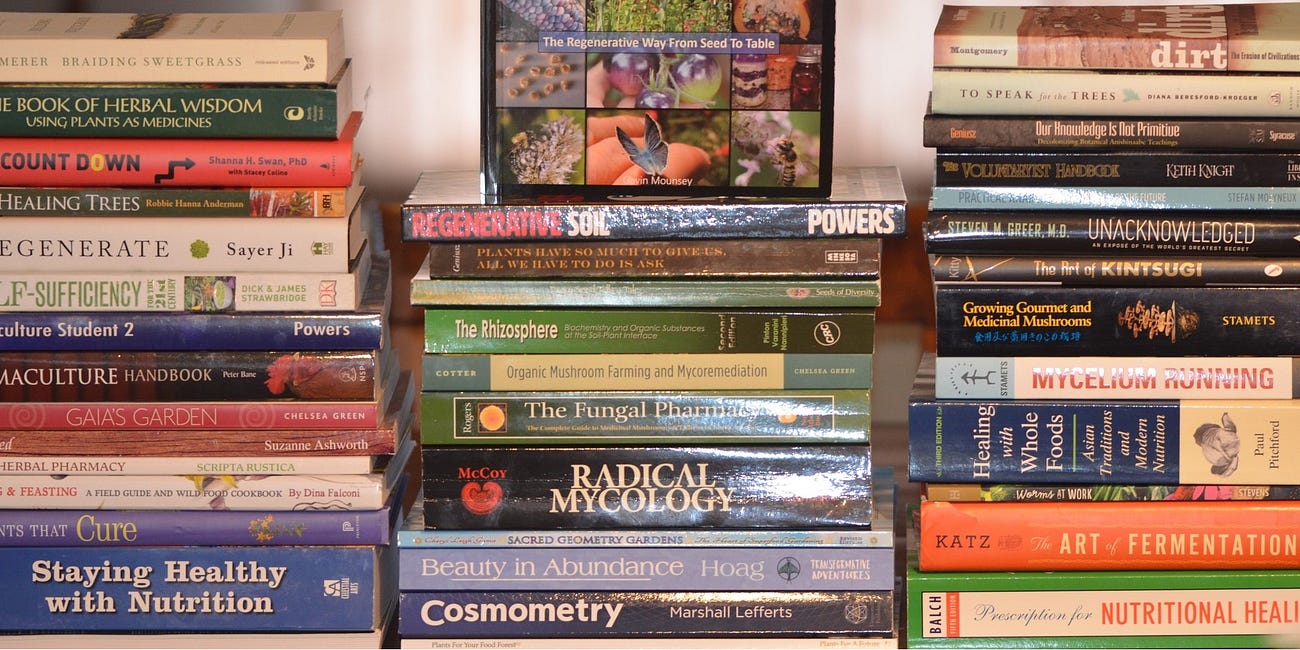
Hi Gavin! Well, this is a lot to absorb and I will come back to it and also the videos when I have more time to devote to it. I just wanted to mention that over the past few months I've done a deep dive into the Dust Bowl and my mind has been blown. It started out with a work of fiction which led me down a rabbit hole (pun intended because of what happened with giant rabbits) and finally this documentary by Ken Burns https://www.pbs.org/kenburns/the-dust-bowl/. What happened back then should be a giant cautionary tale. On a good note, so many people like you are talking about SOIL and how important it is.
At the risk of drawing negativity my way, I'm going to go out on a limb and mention that RFK Jr. and his running mate, Nicole Shanahan are both talking nonstop about the importance soil can make in healing the planet. Both of them have spent a lot of time doing podcasts with farmers talking about all the issues around this topic. While two people are certainly not going to make everything hunky dory - it takes all of us - it sure would be nice having someone in government take a leading role in breaking apart toxic structures and helping build healthy ones.
Much love to you, my Nature-loving brother to the north. 💚
Thanks for the great information, Gavin. I will continue to read the book review and keep it as a resource for future soil health efforts. I have ordered the book selected for the next reading and look forward to participating more fully in that. I appreciate your work.